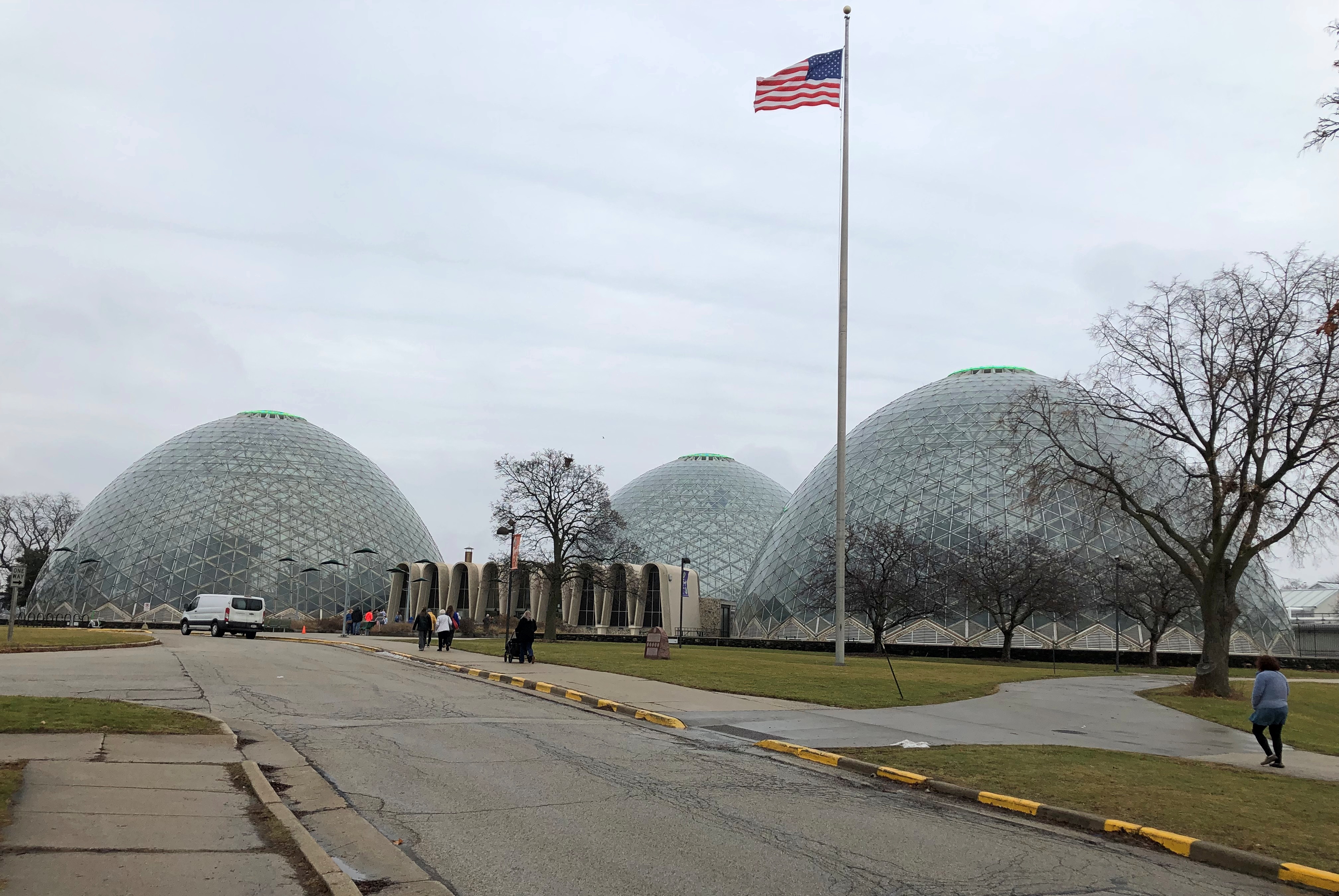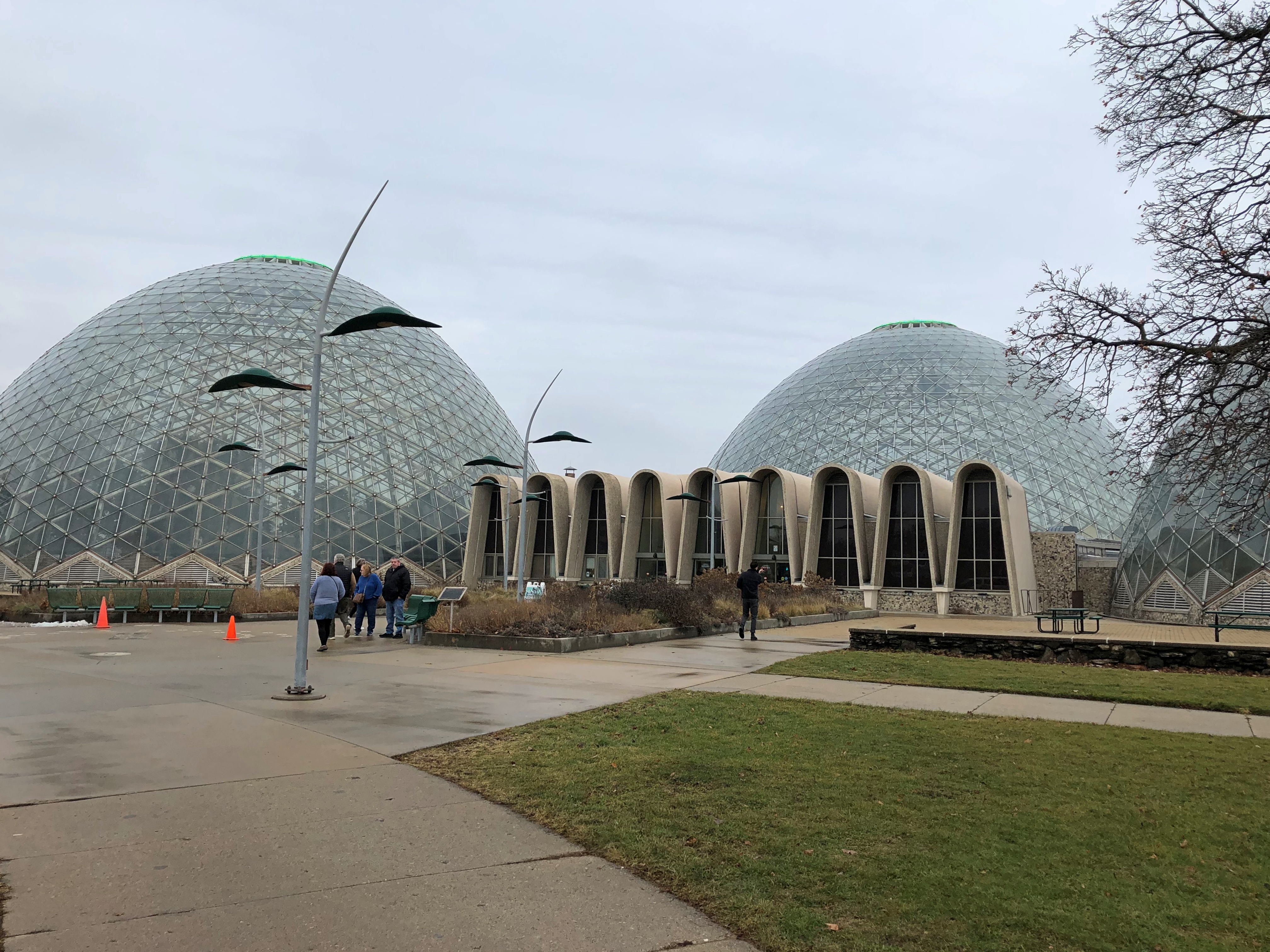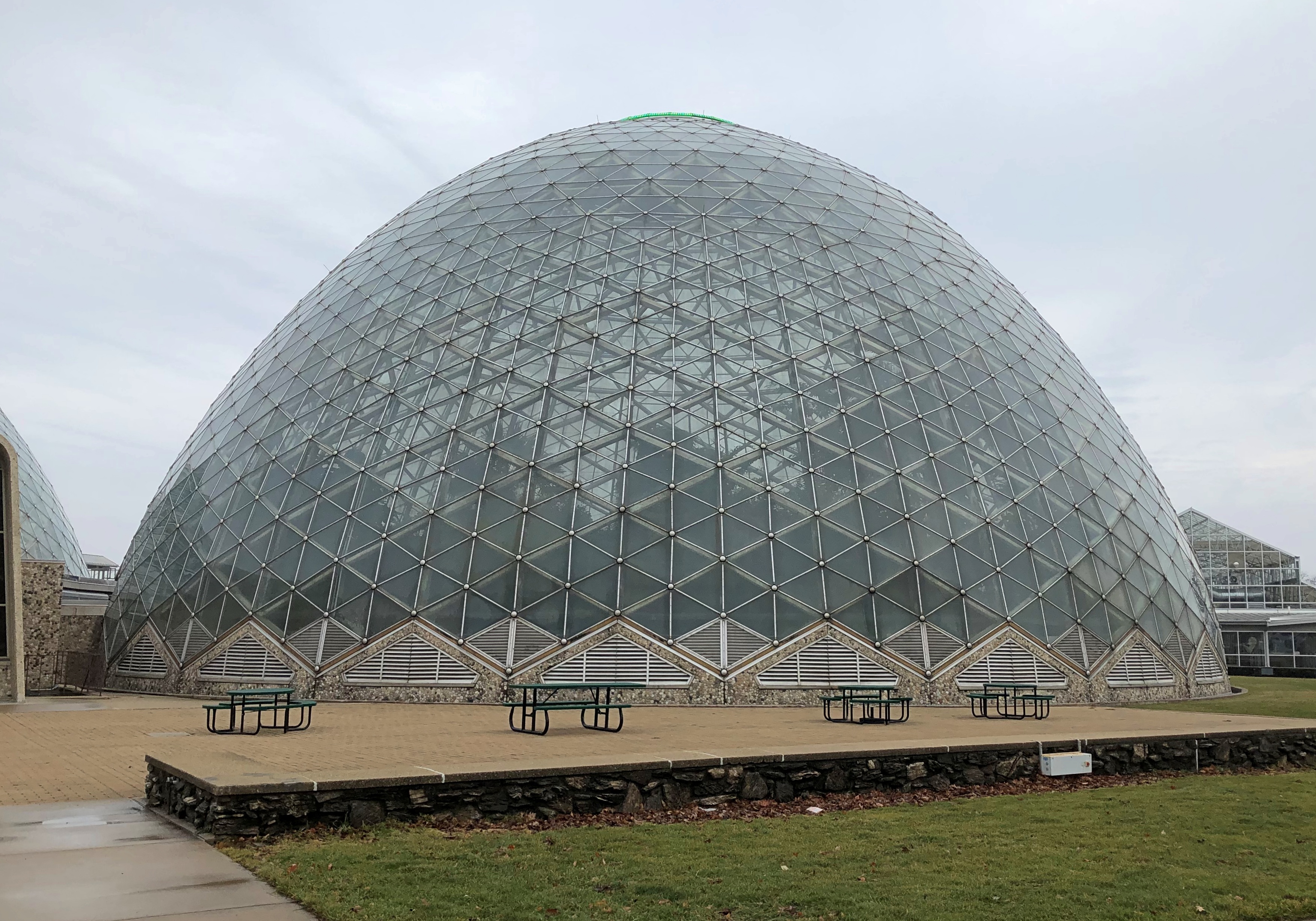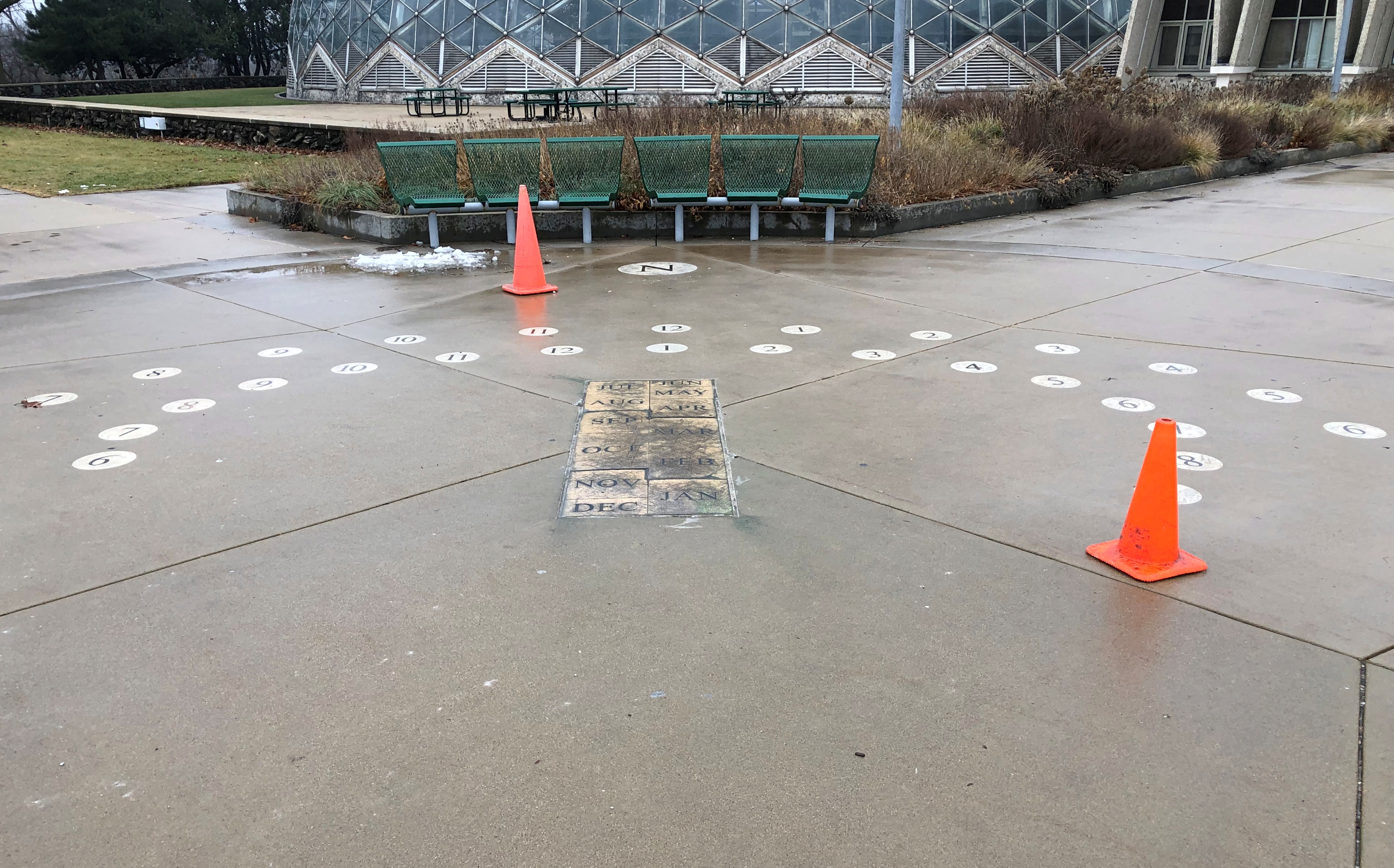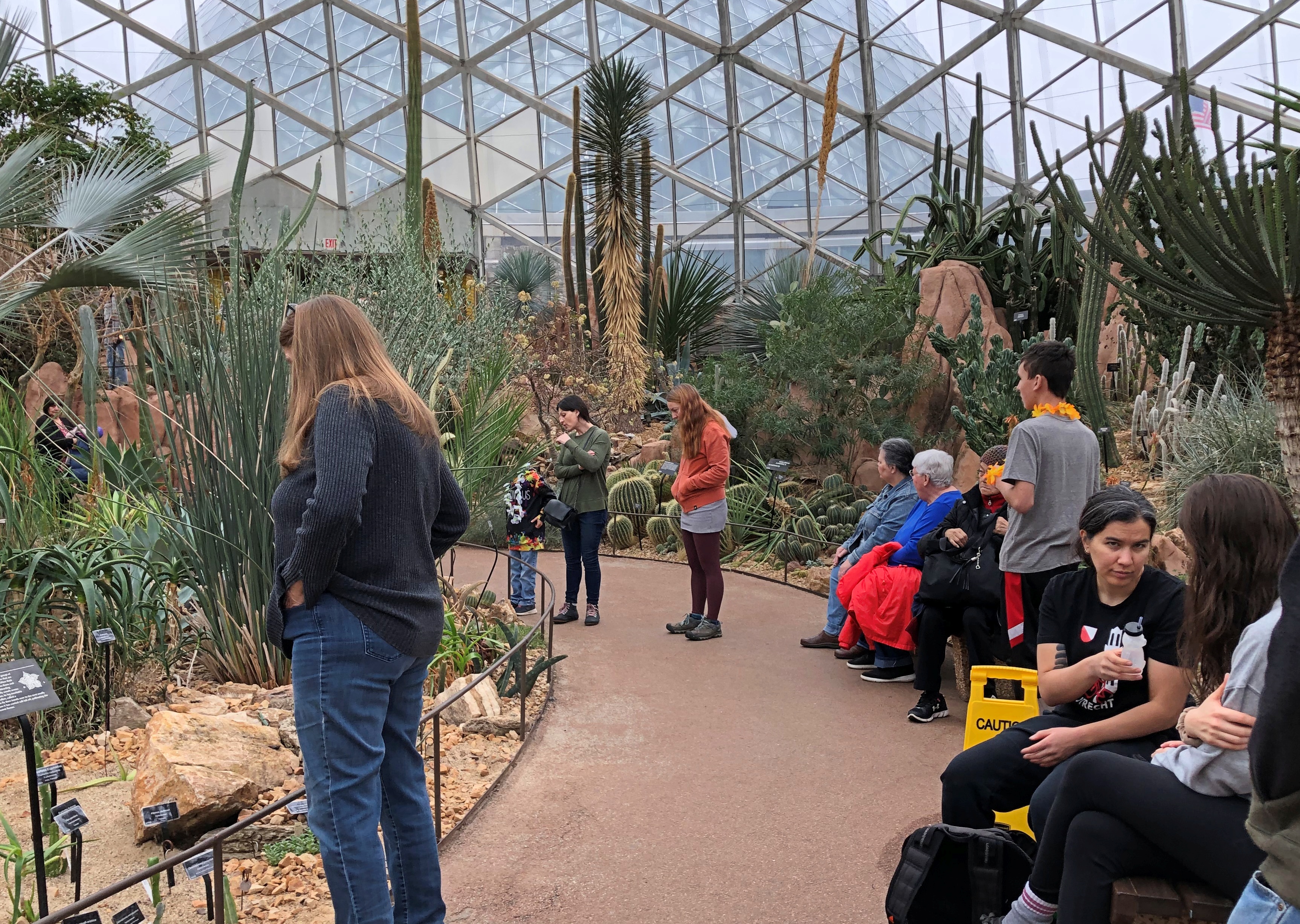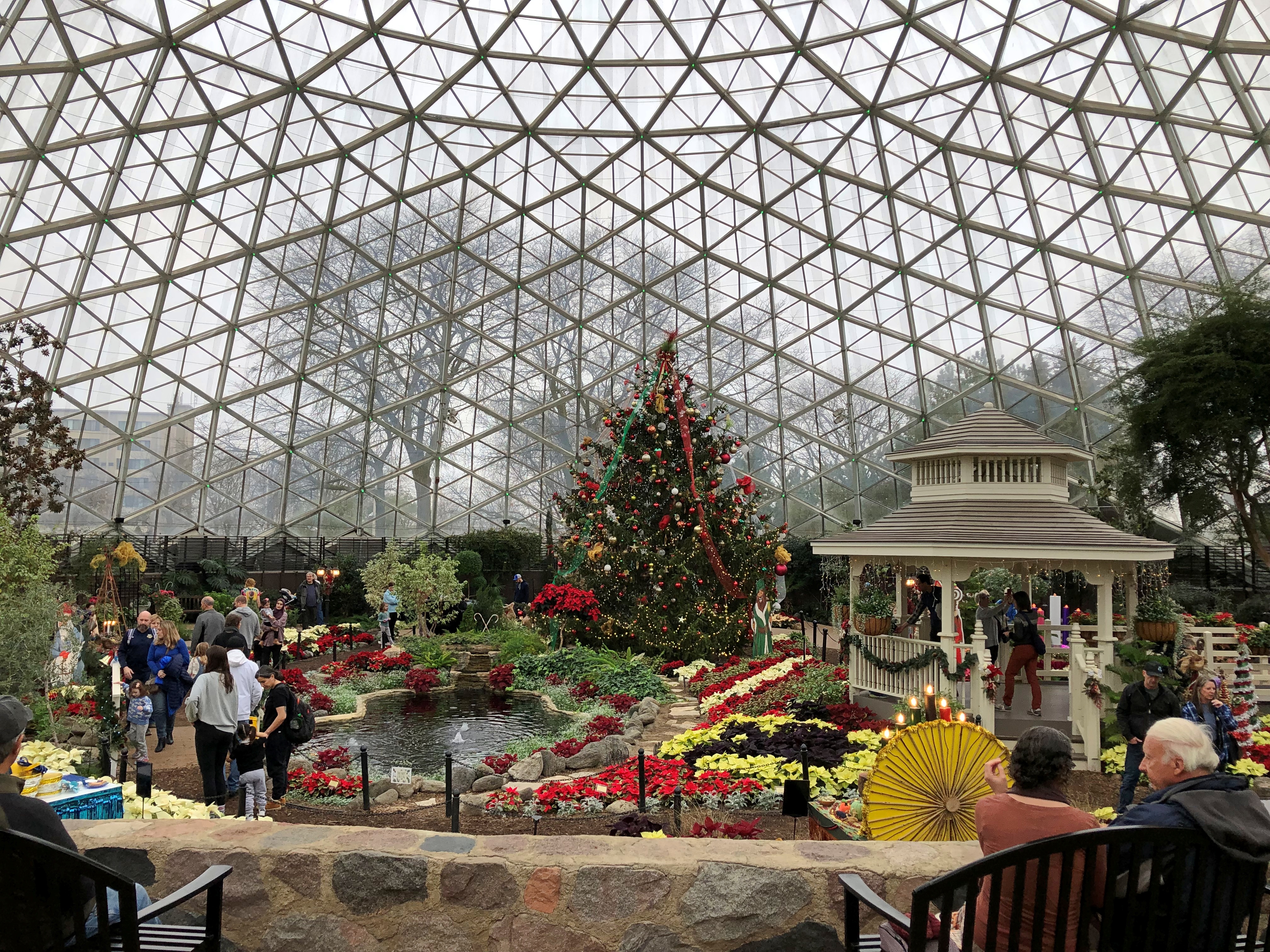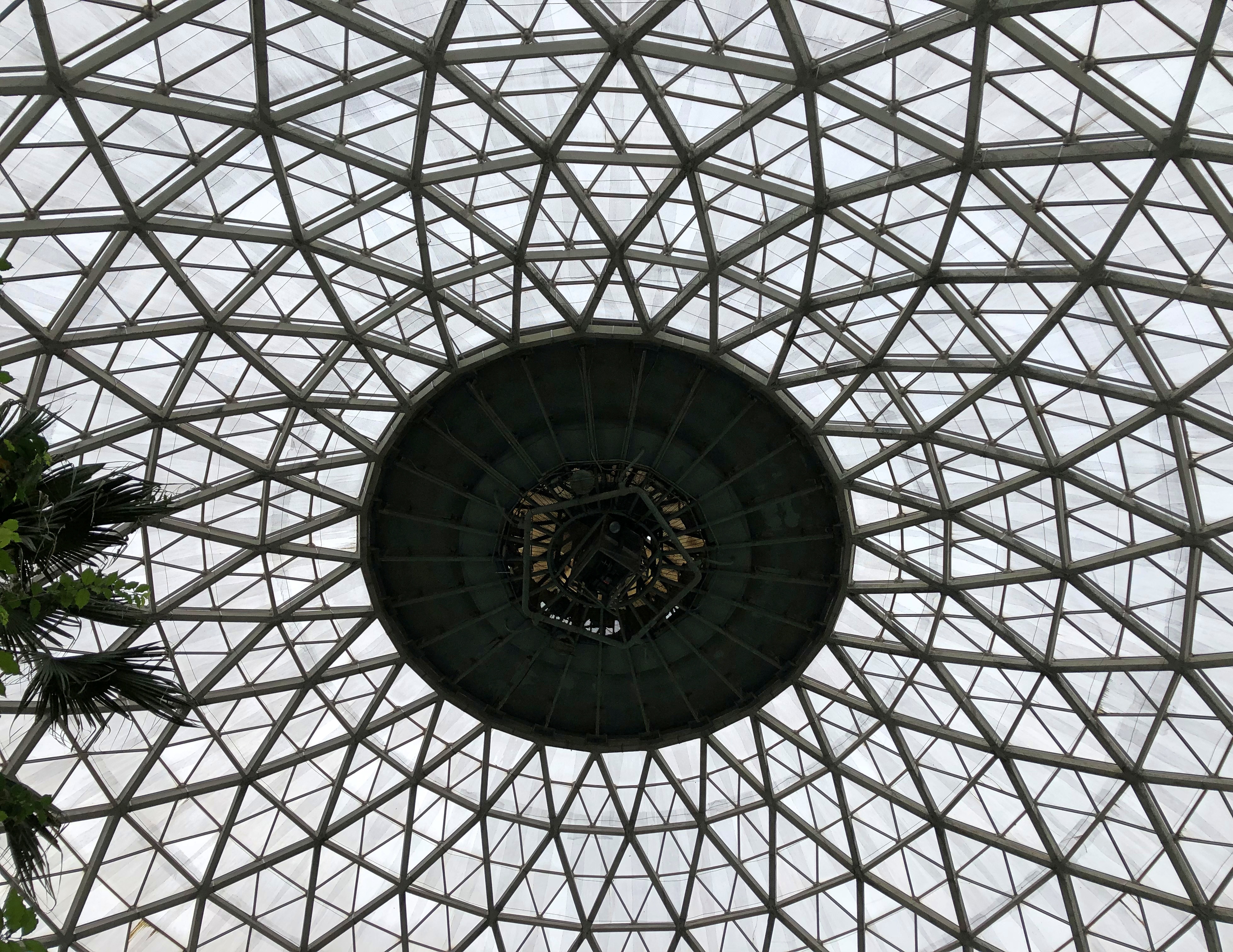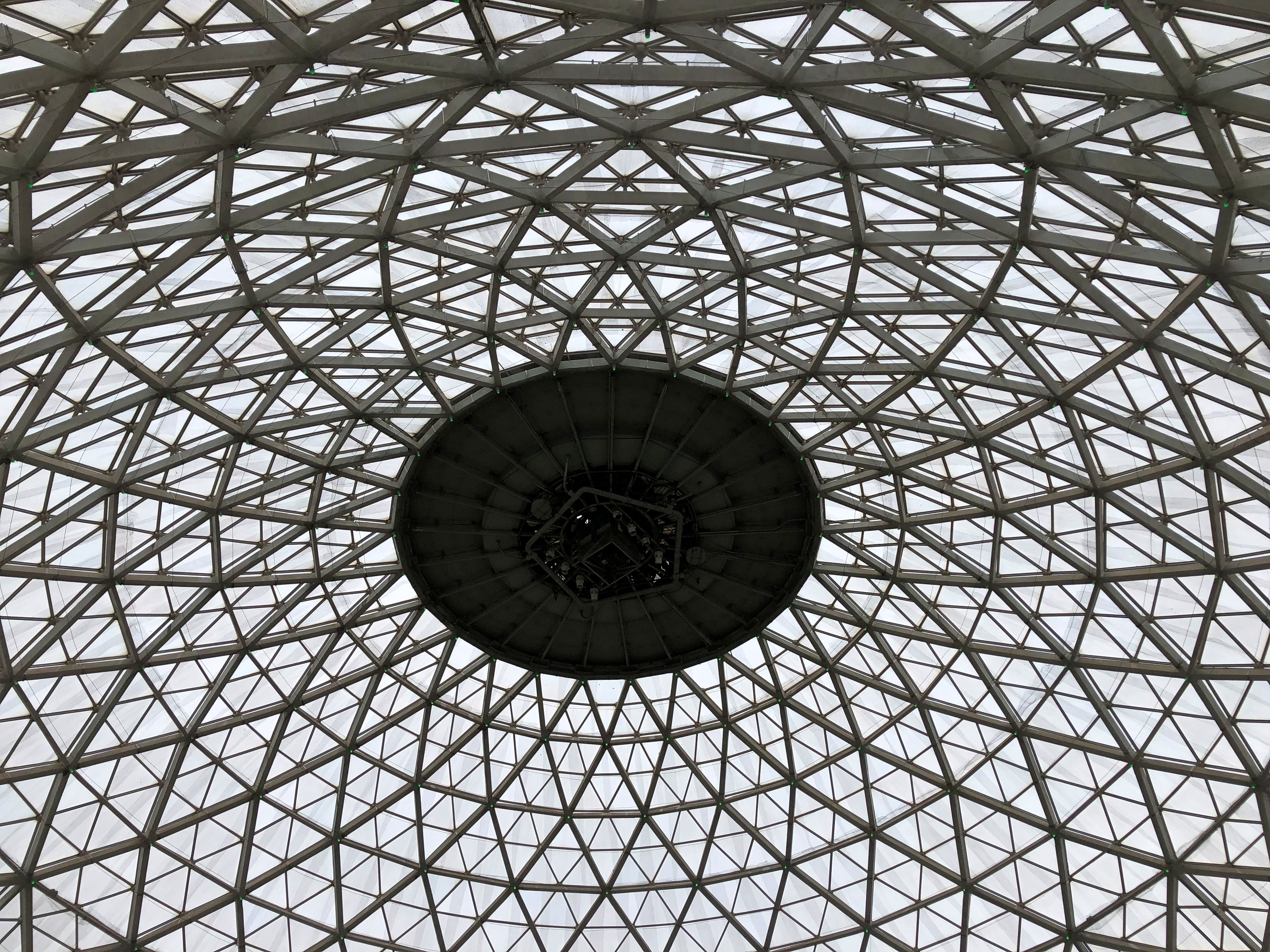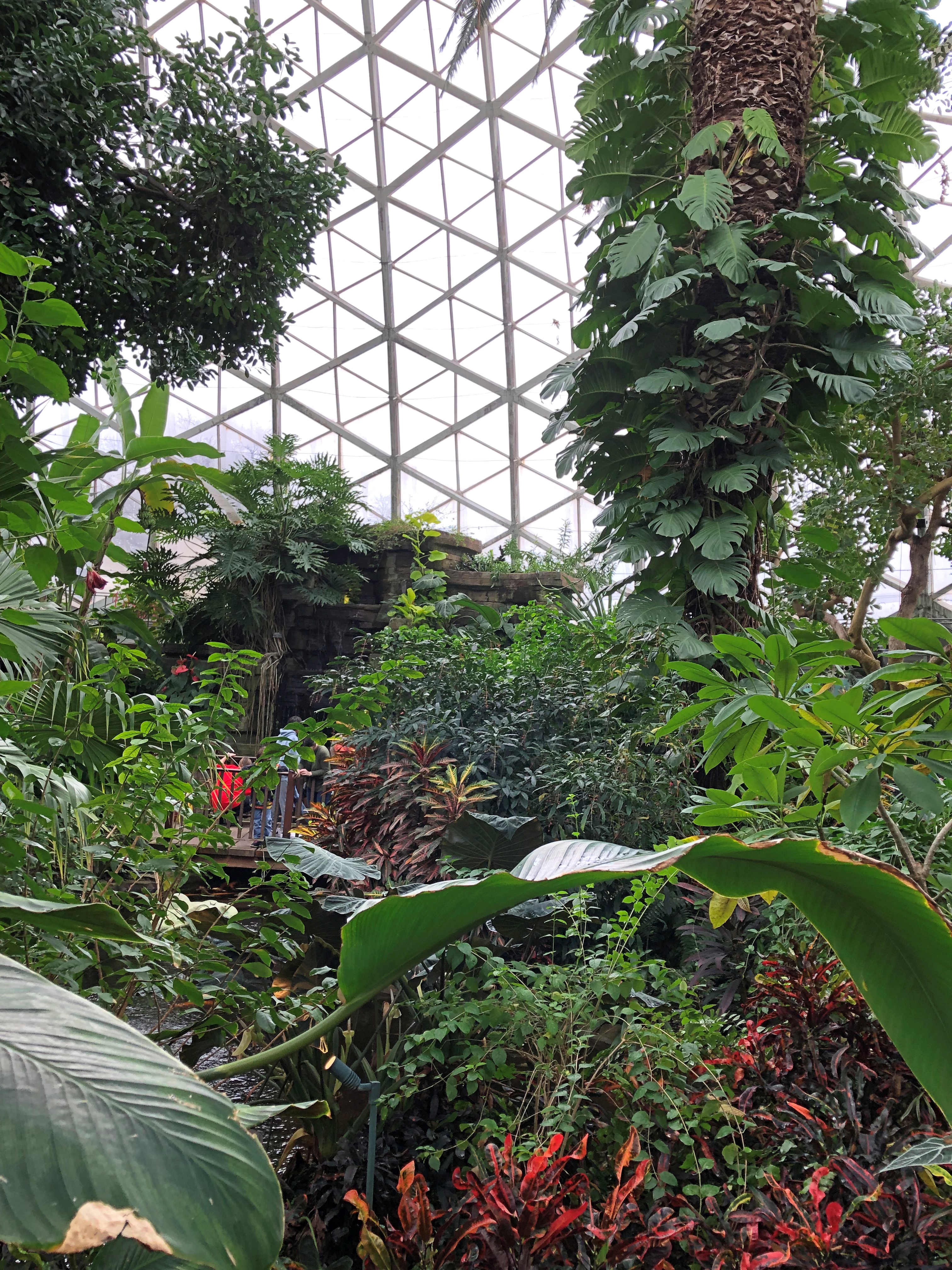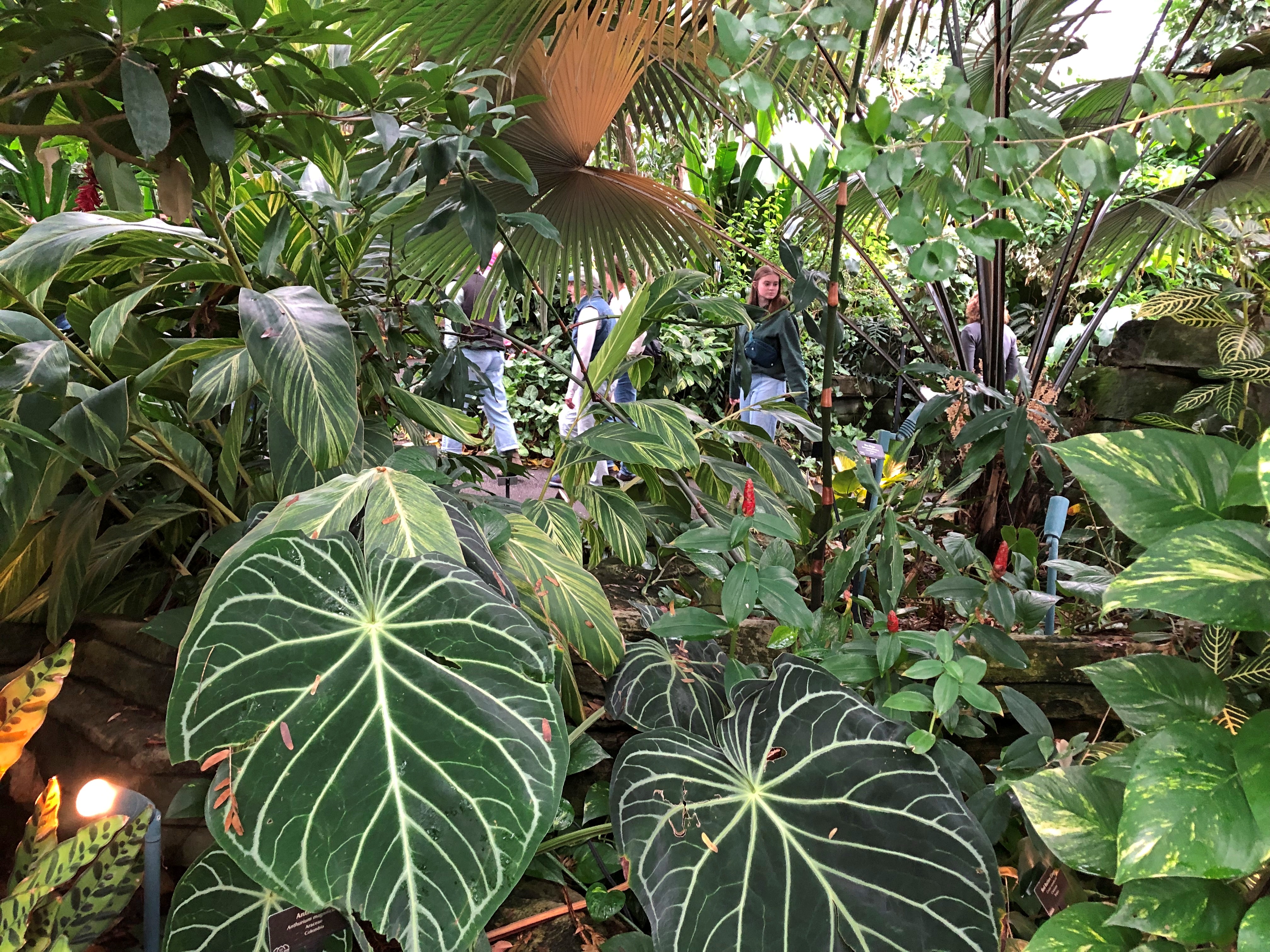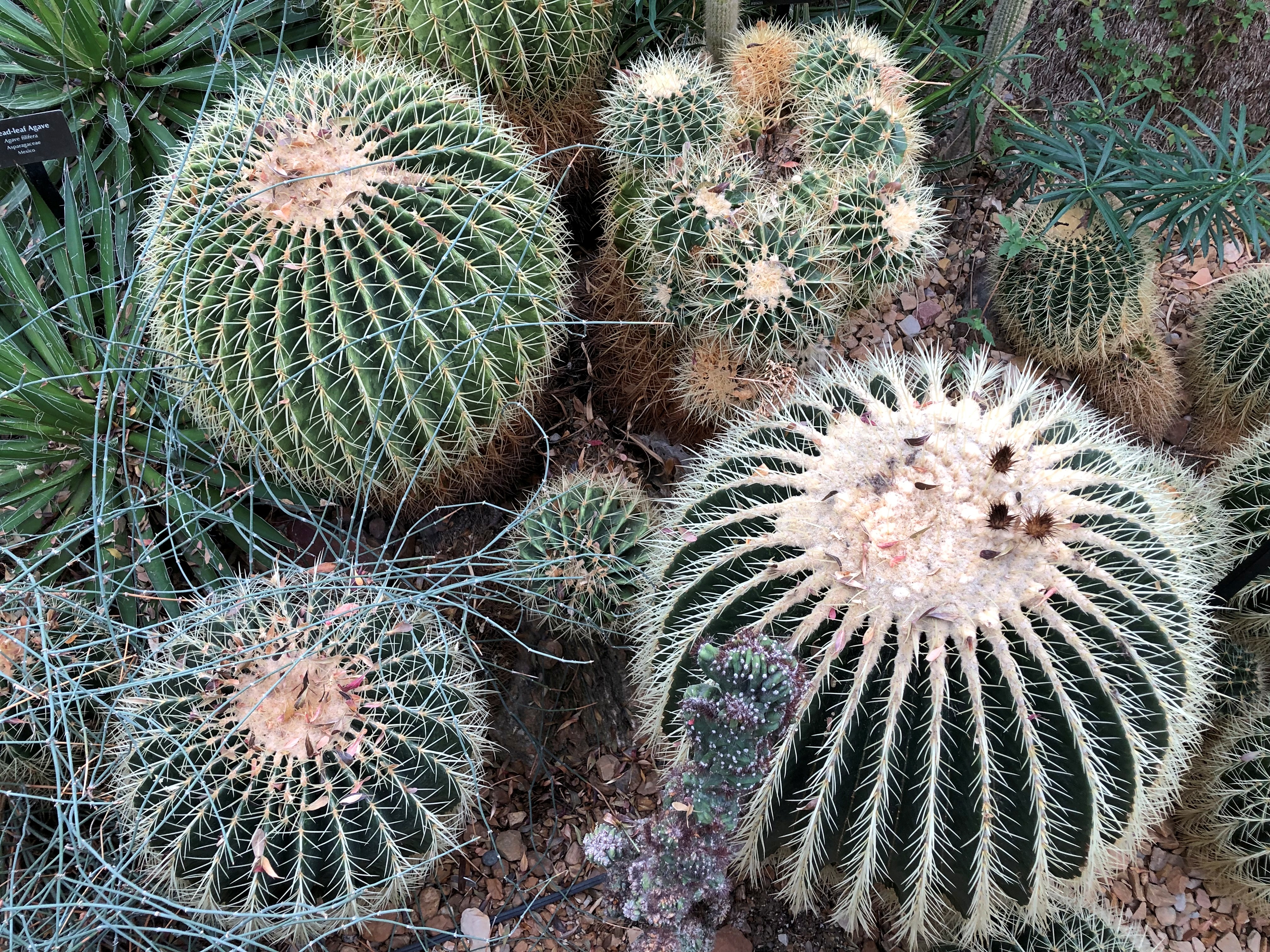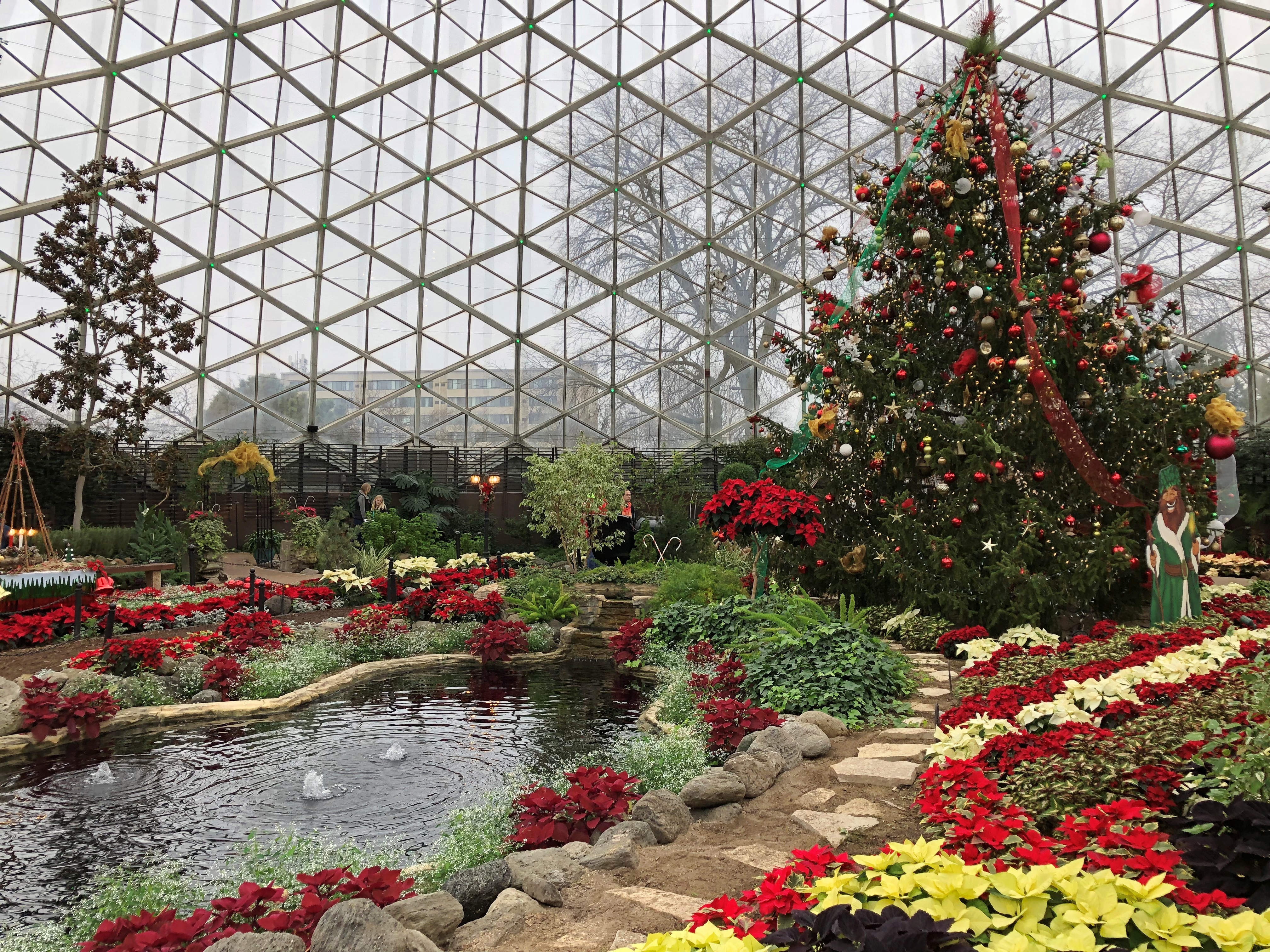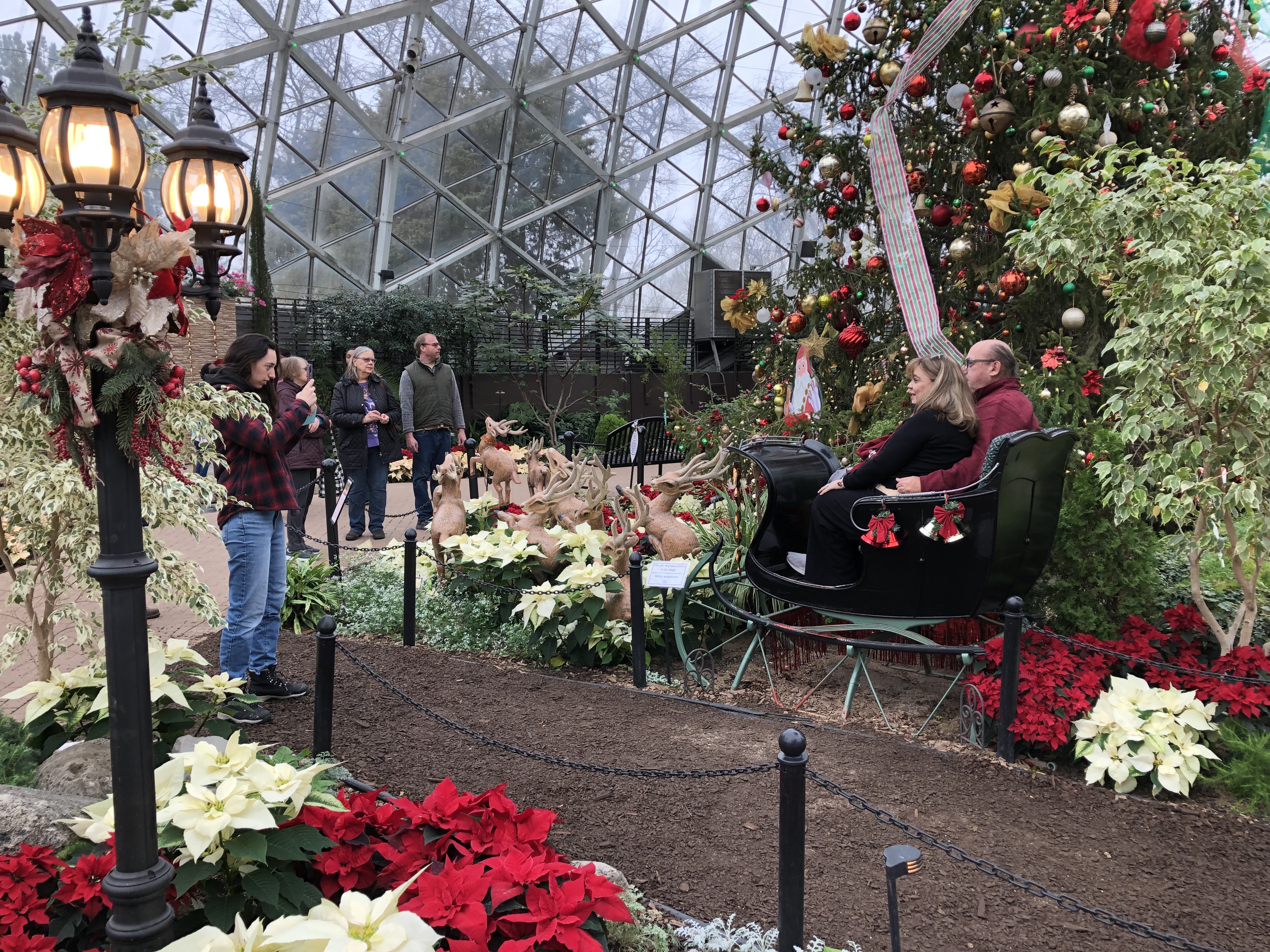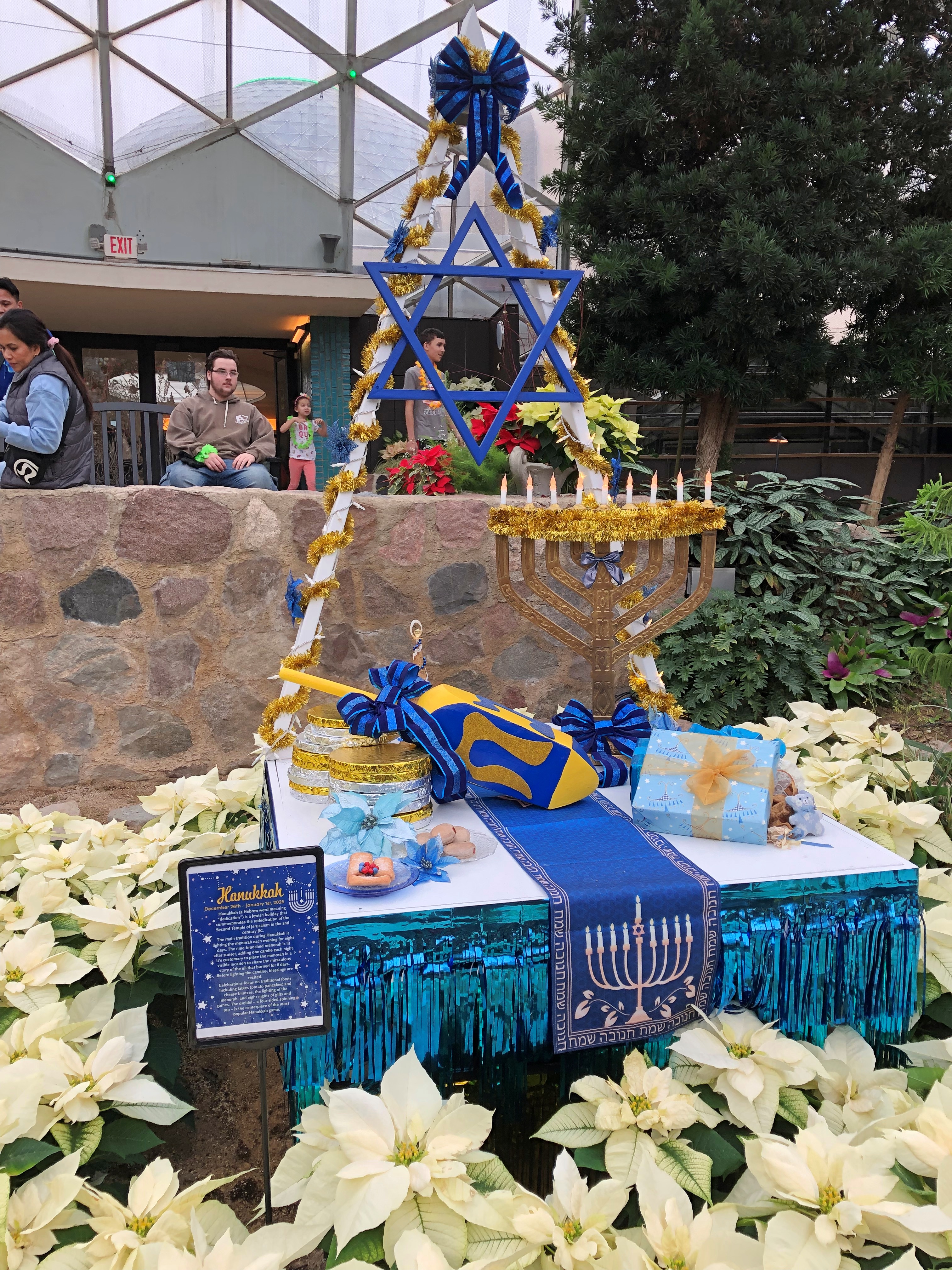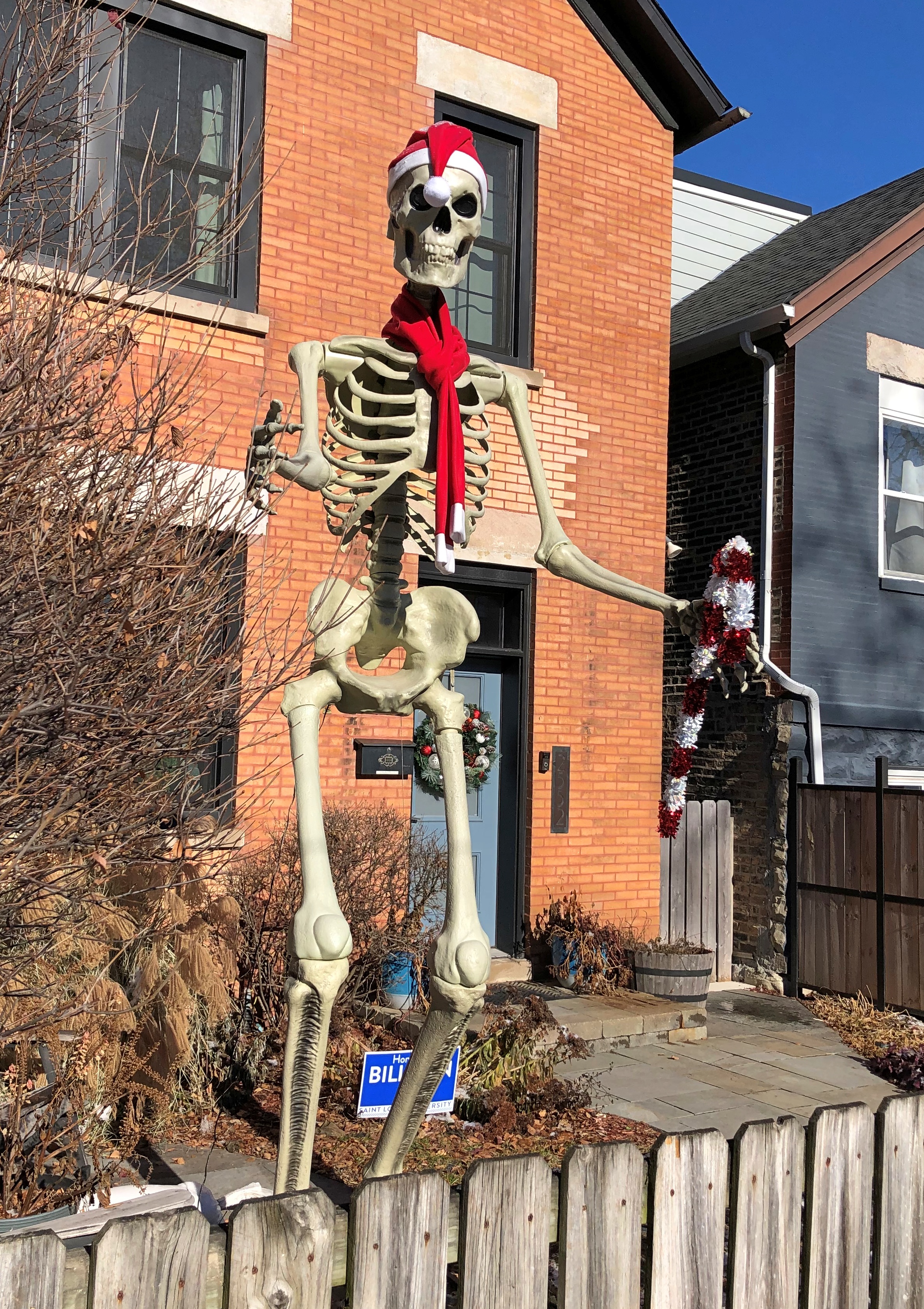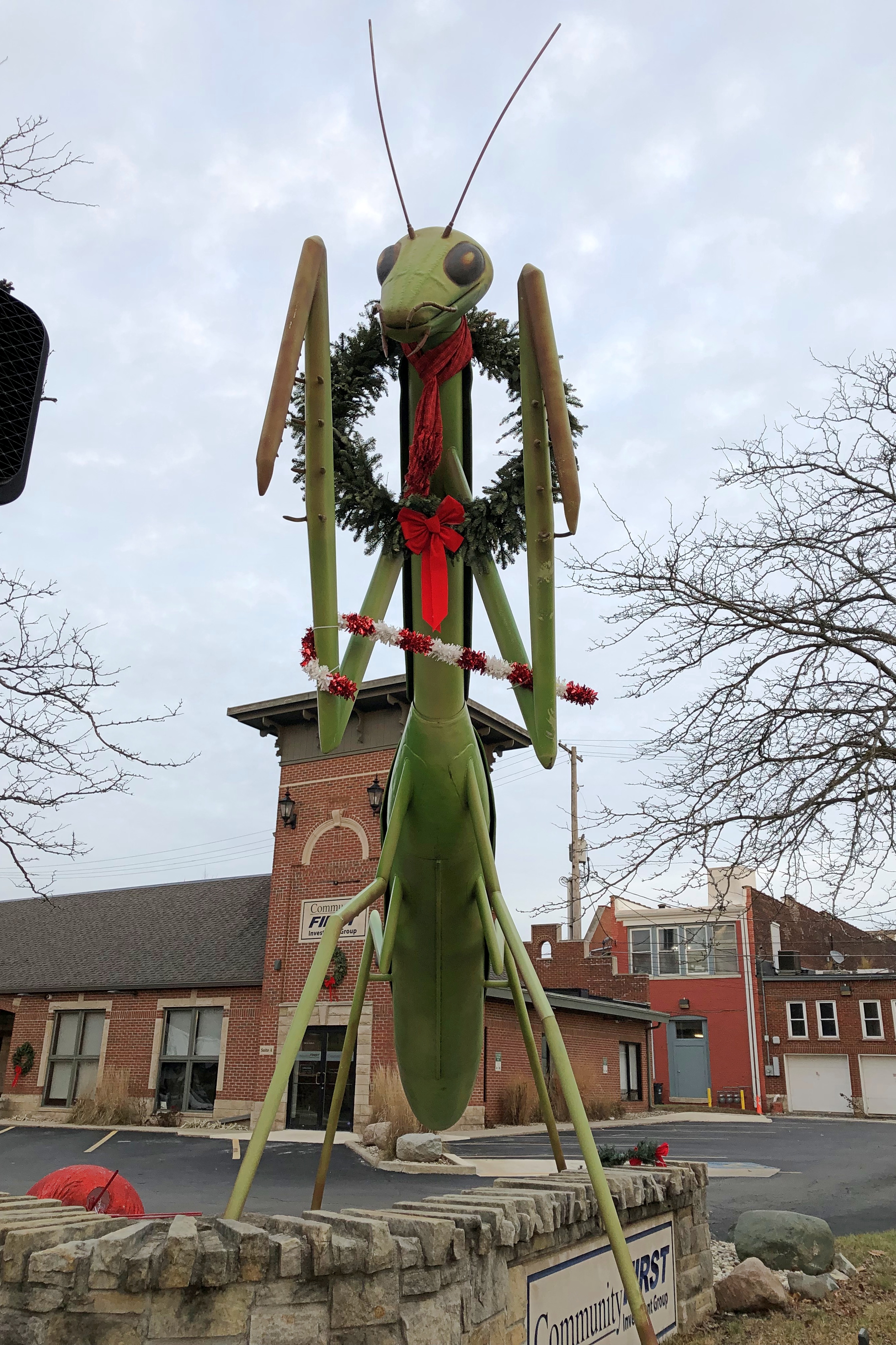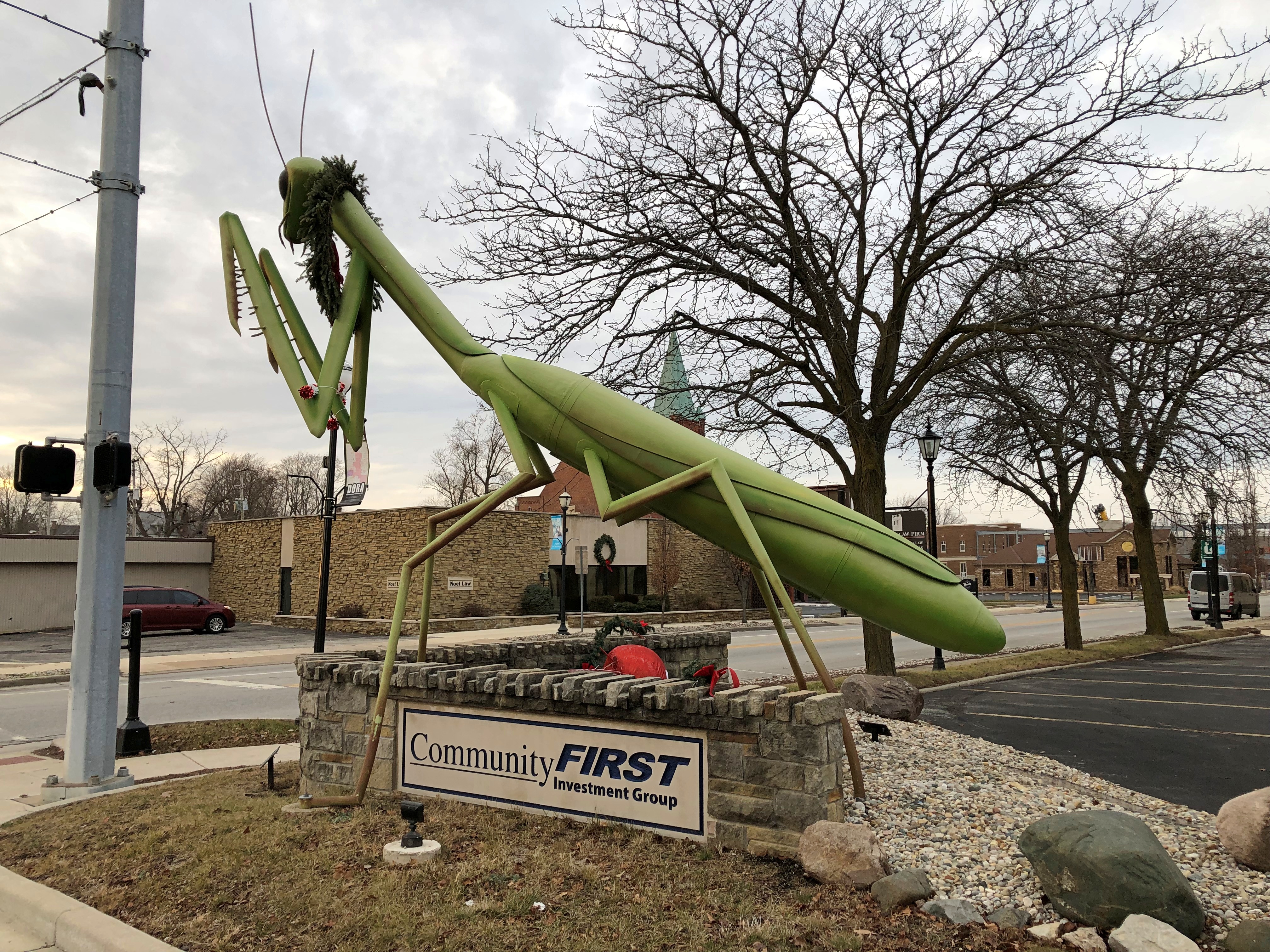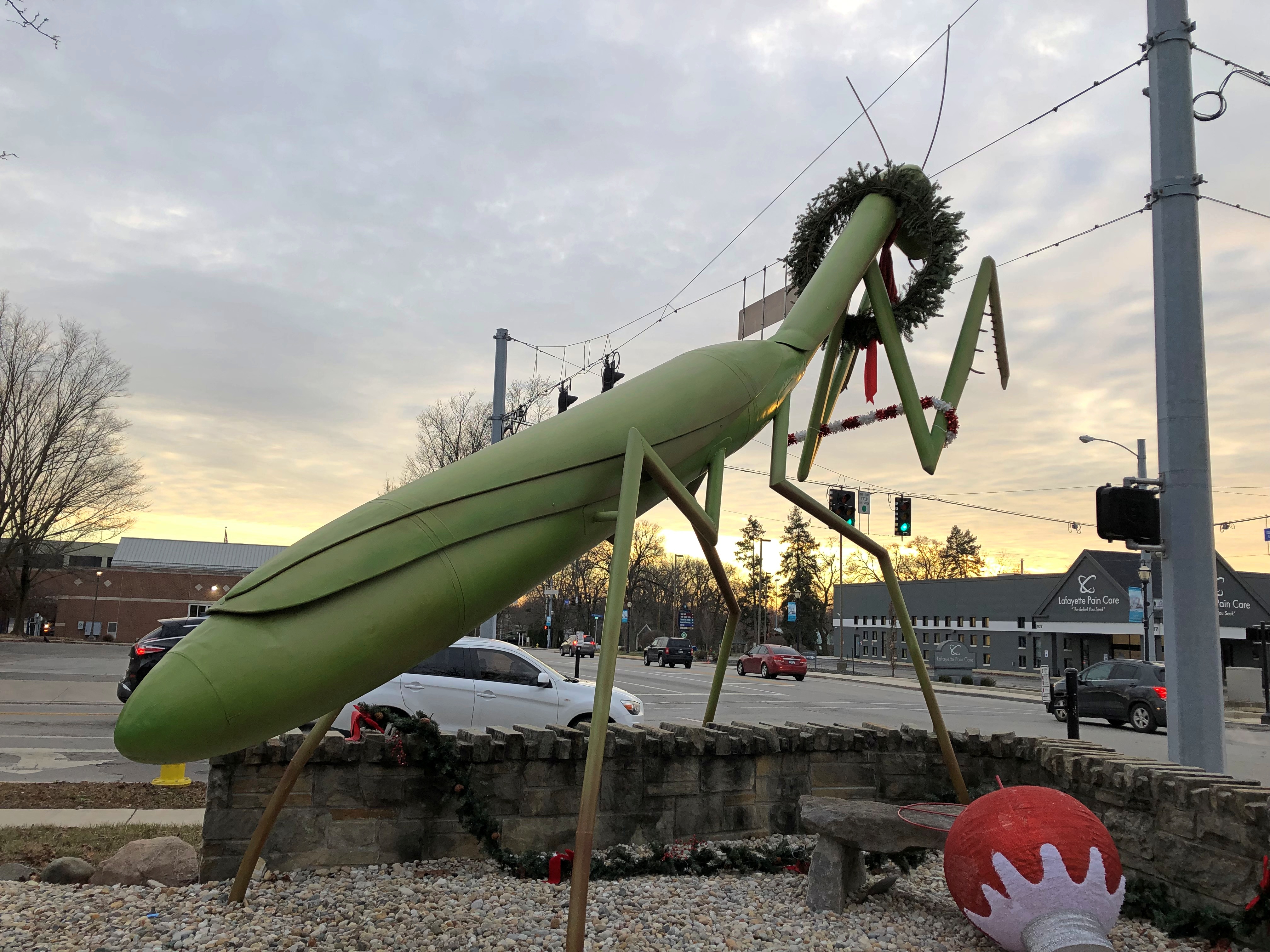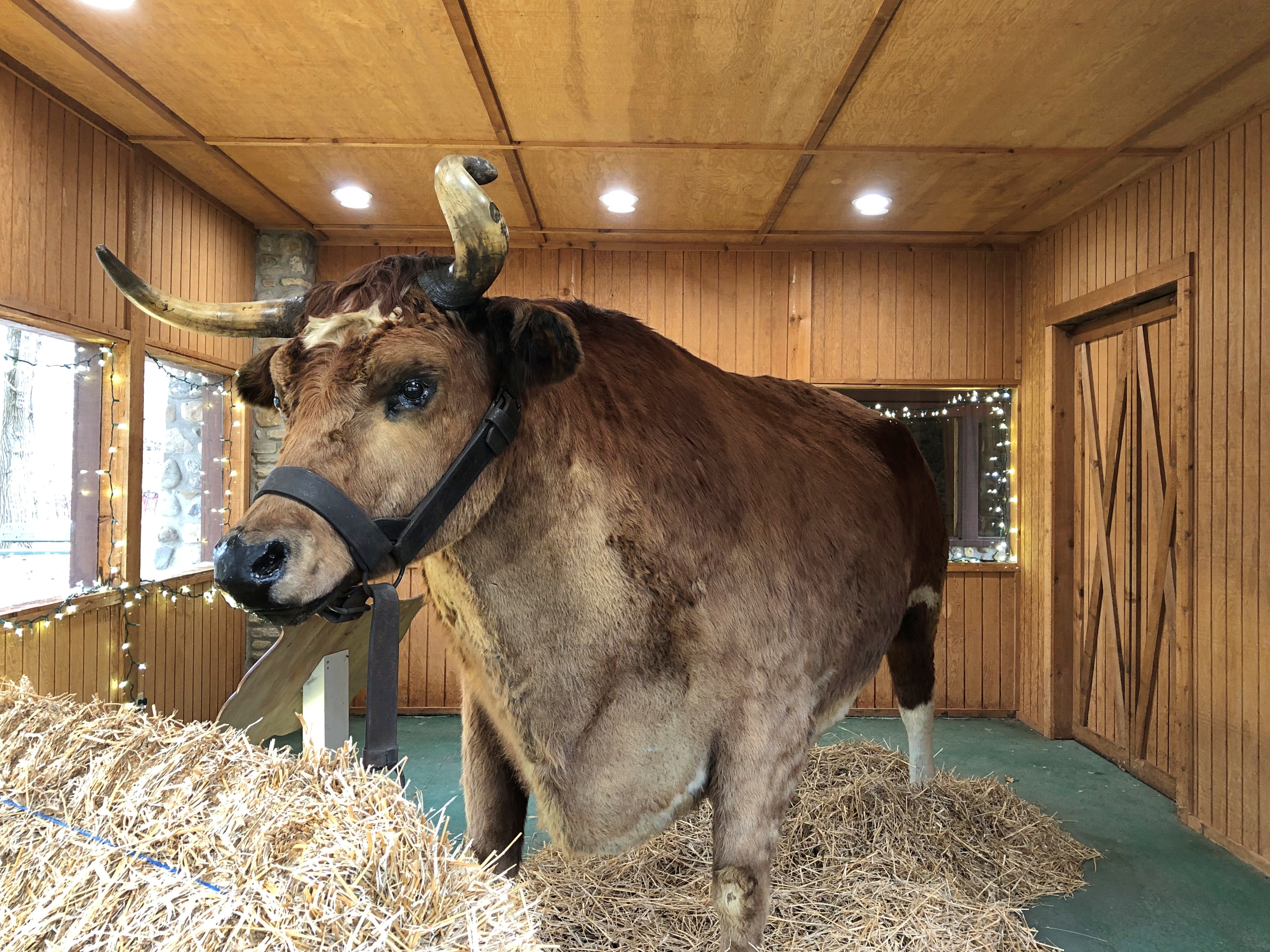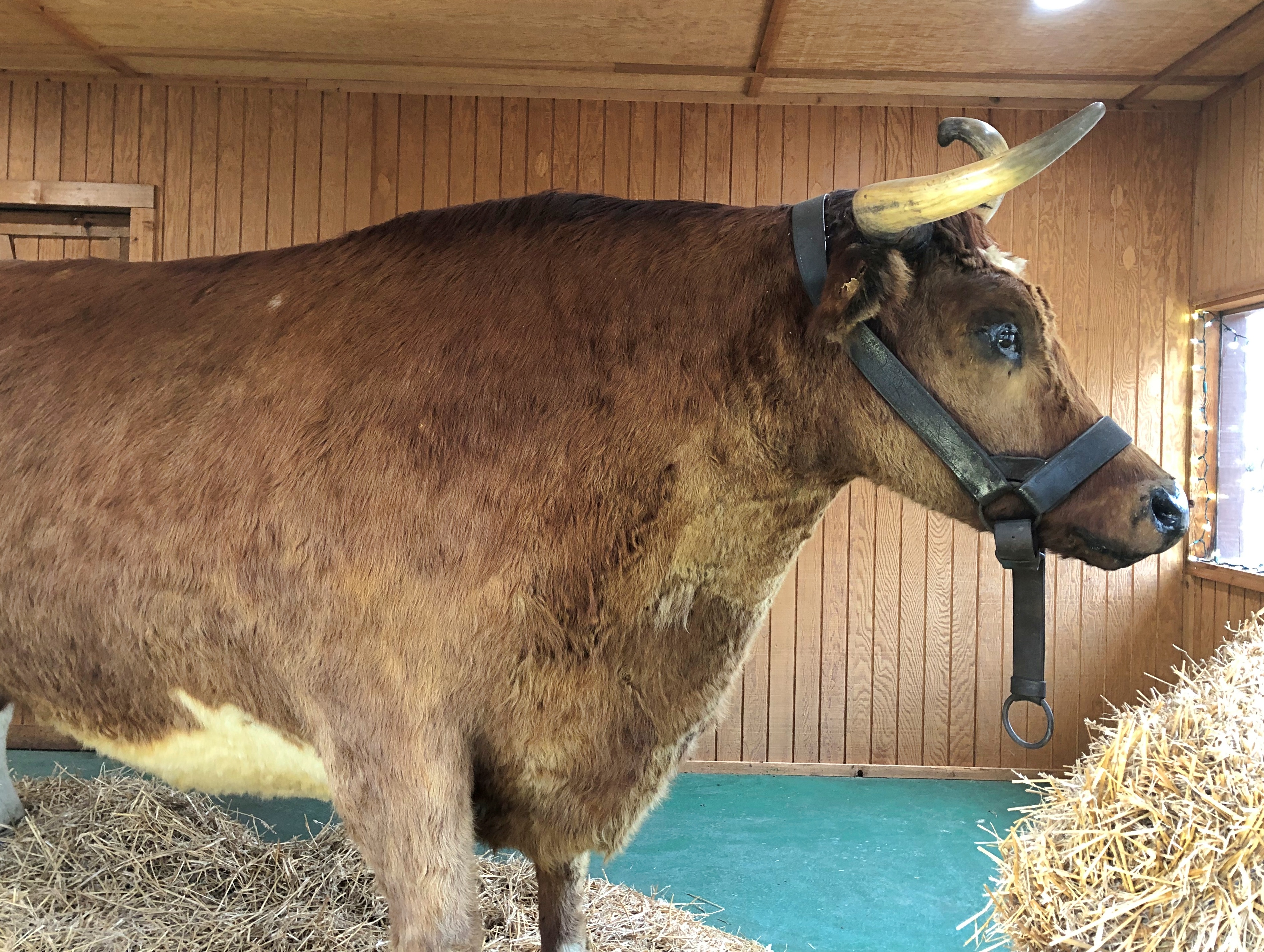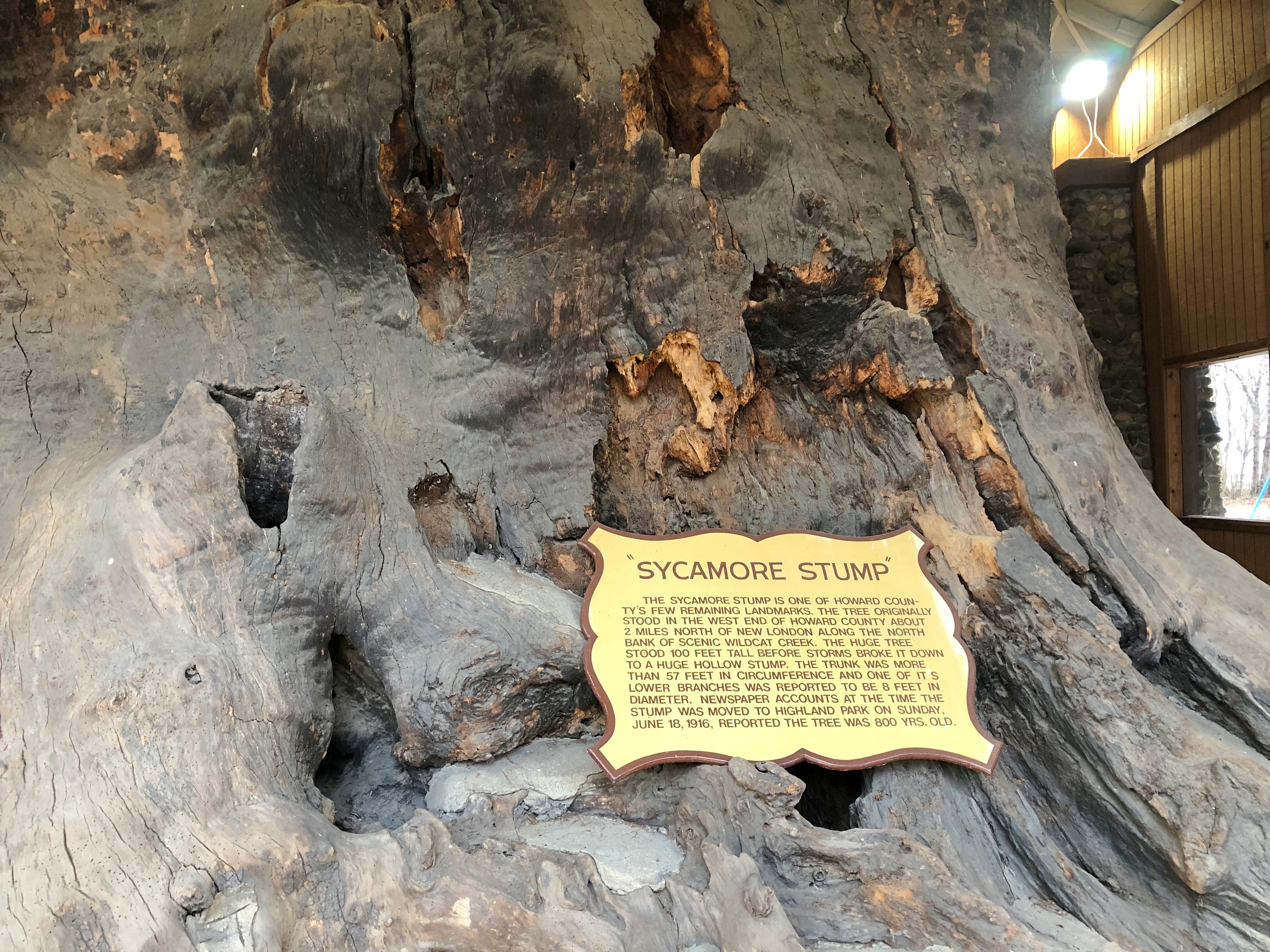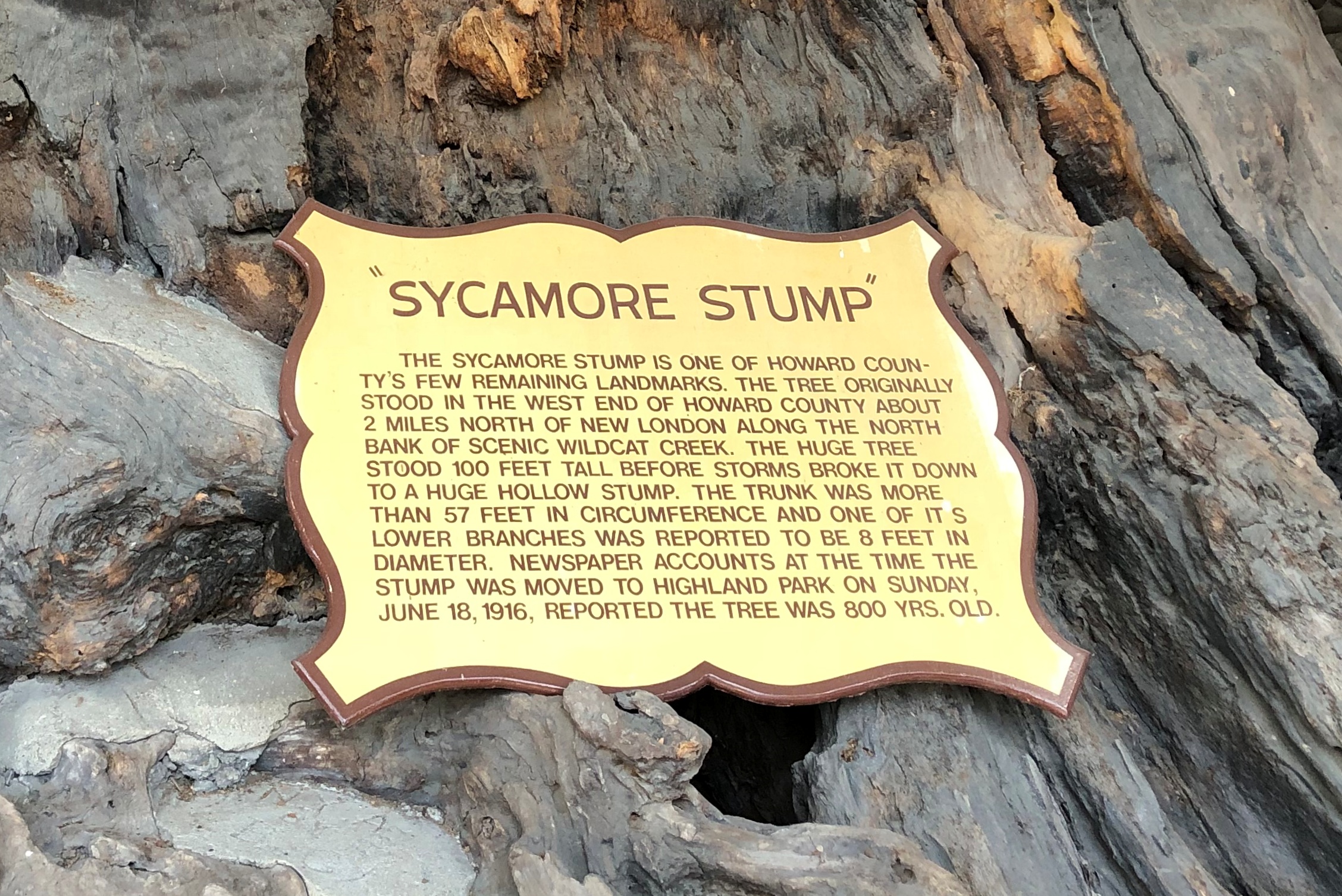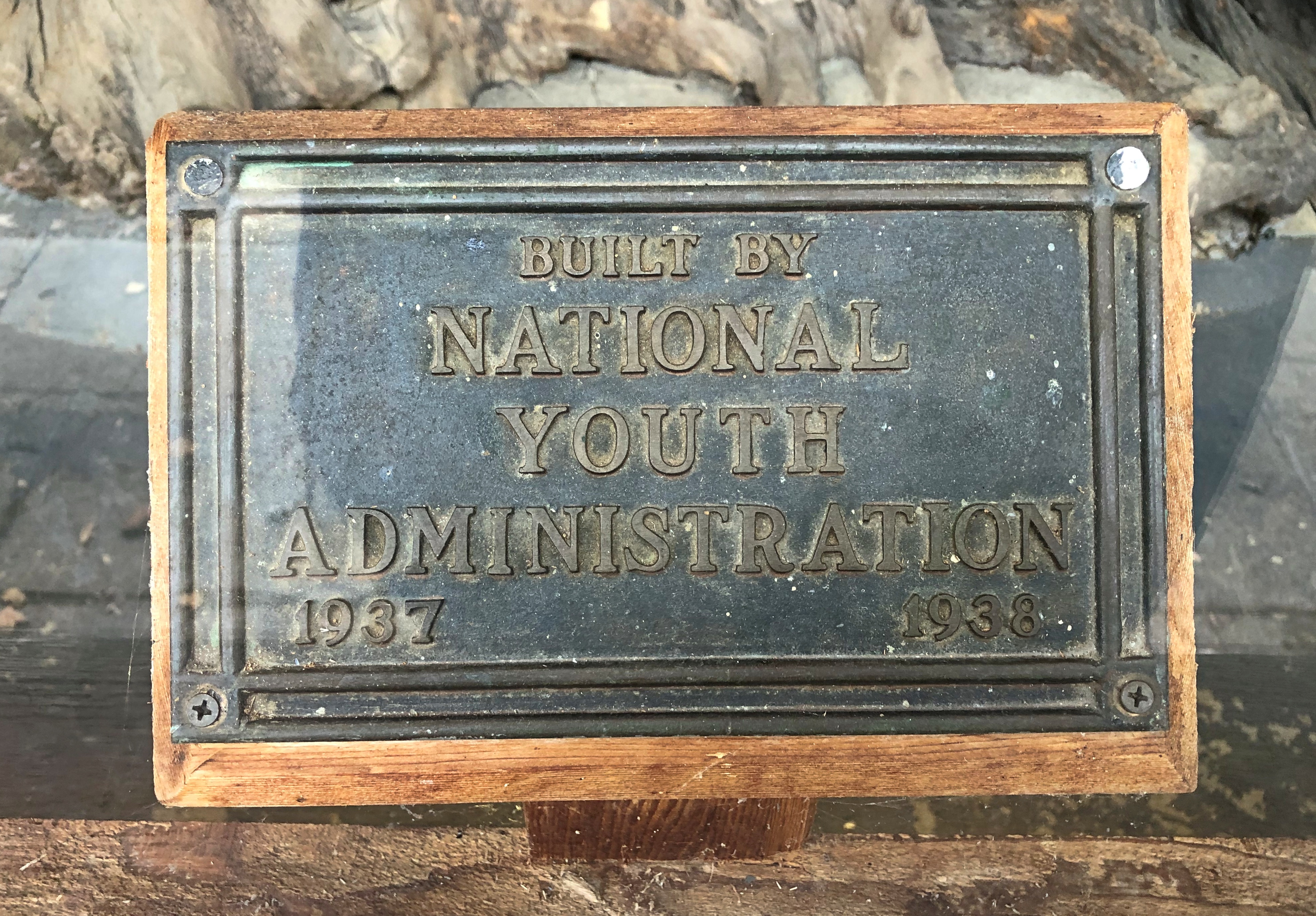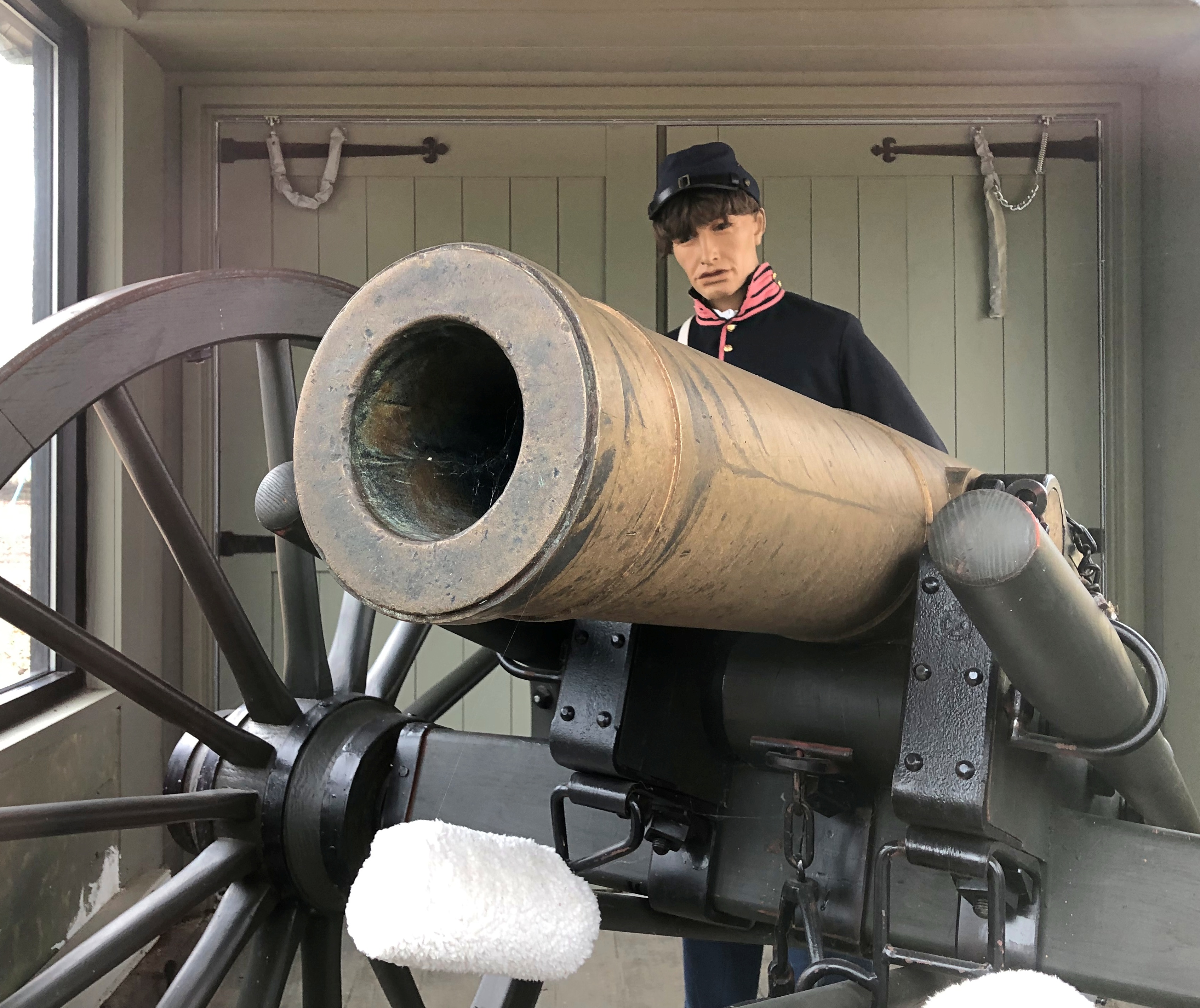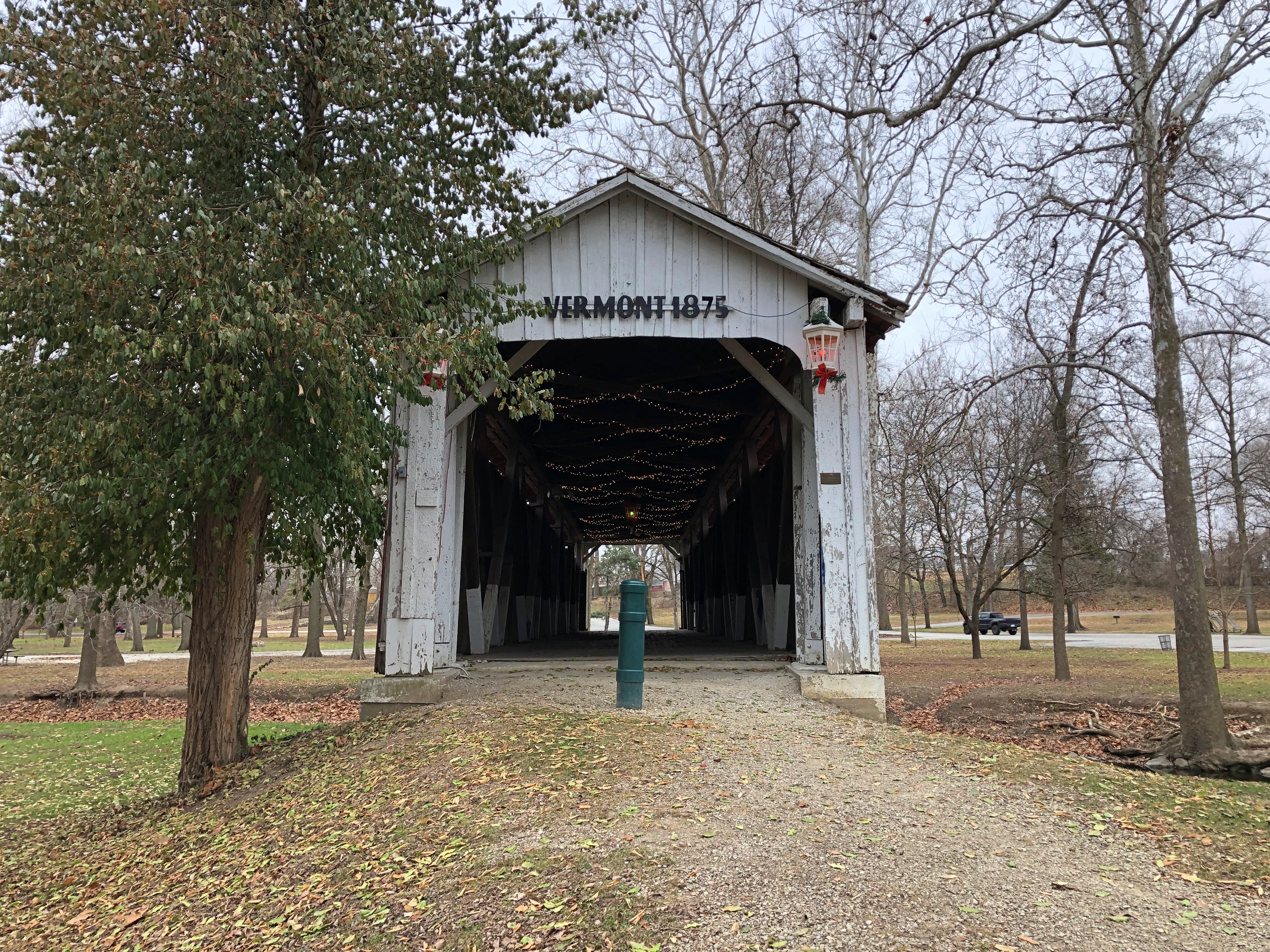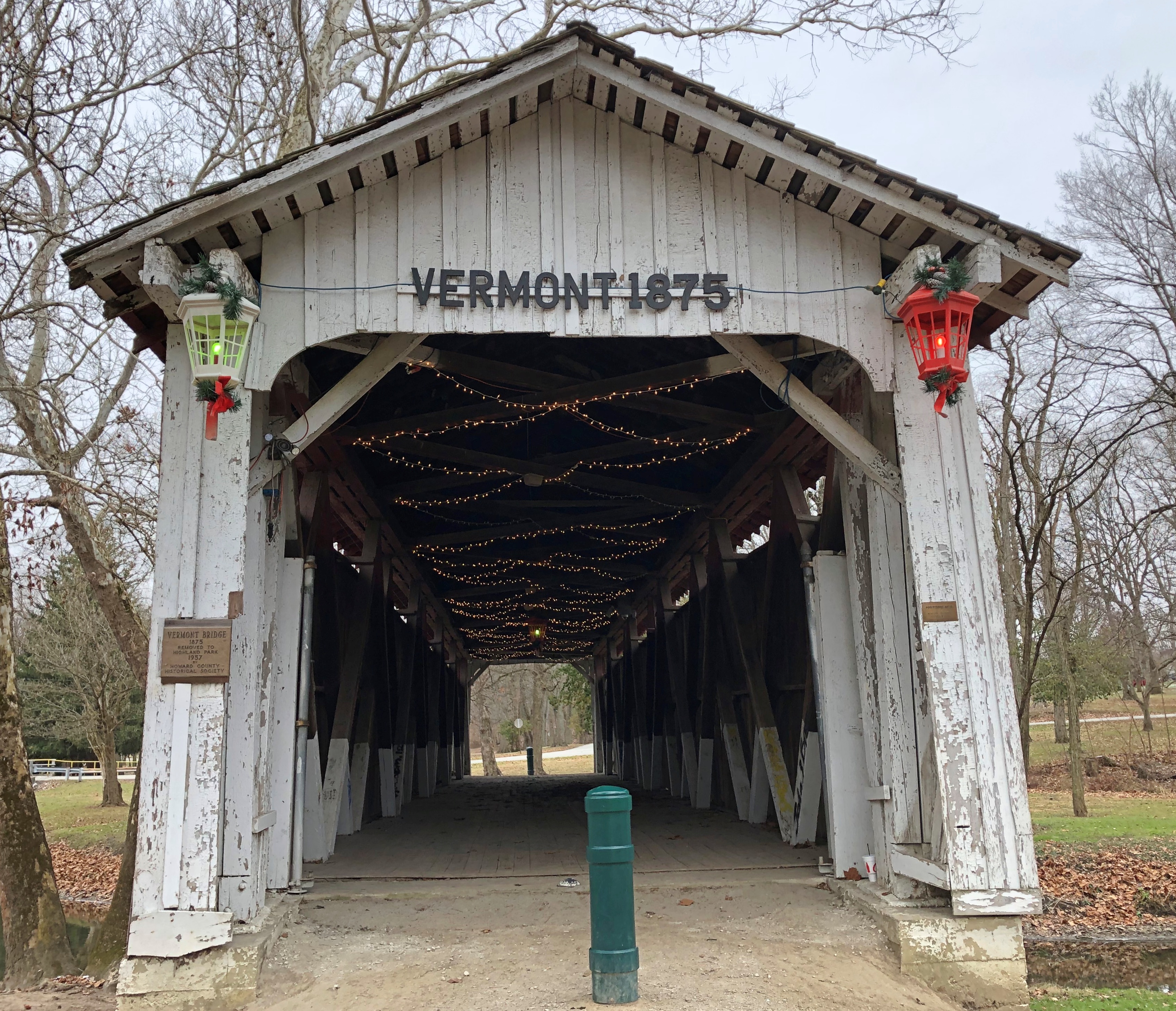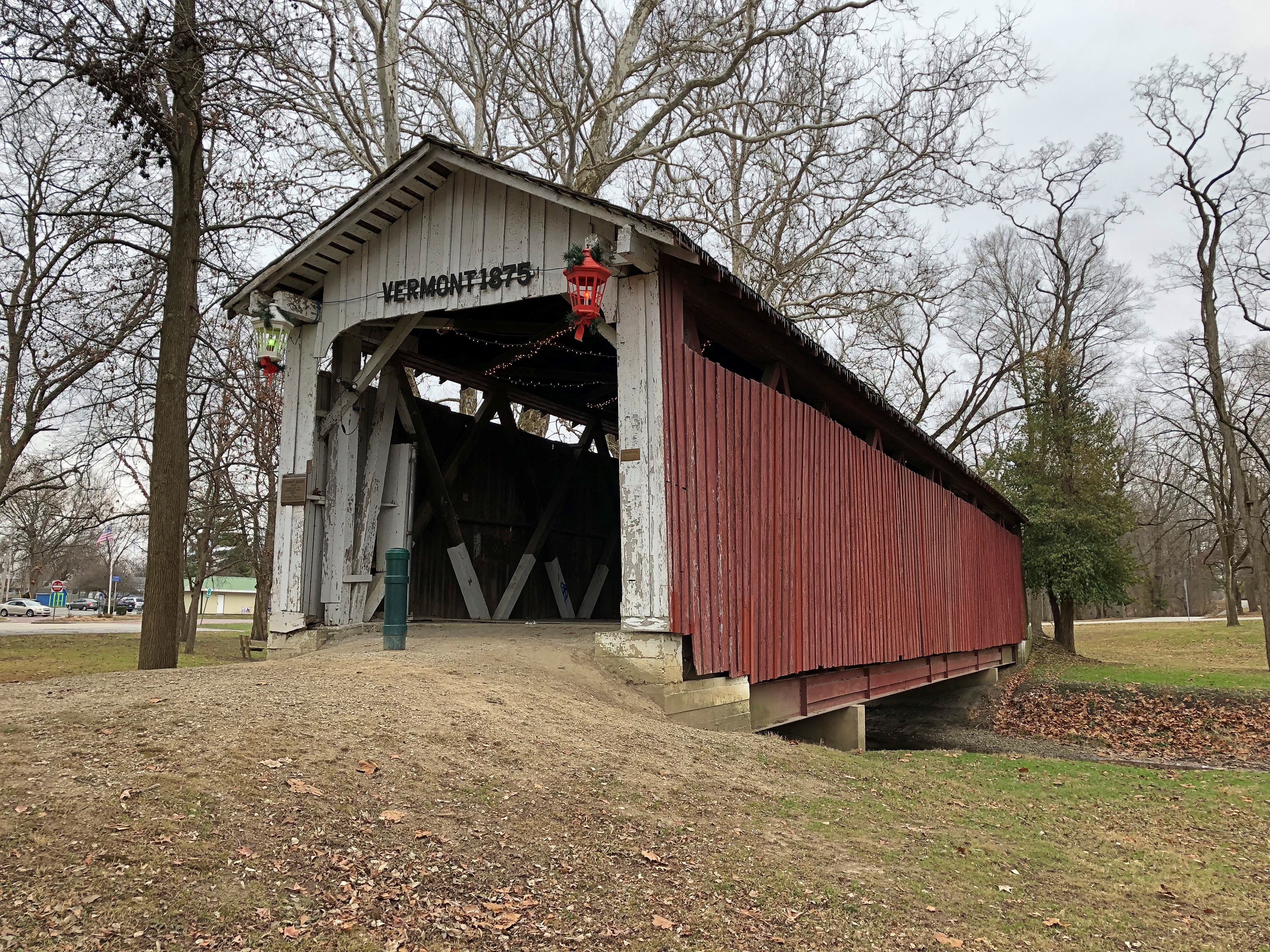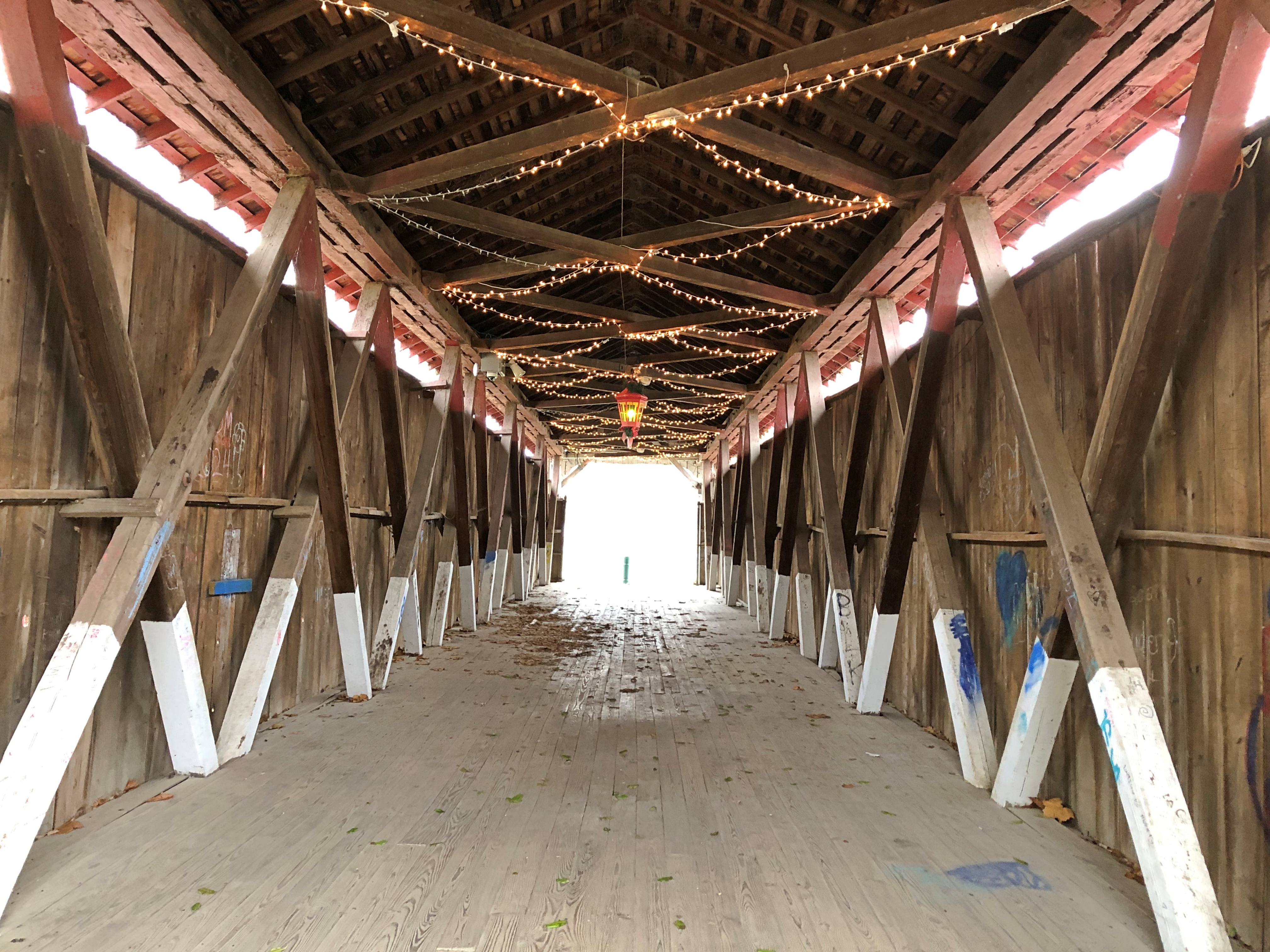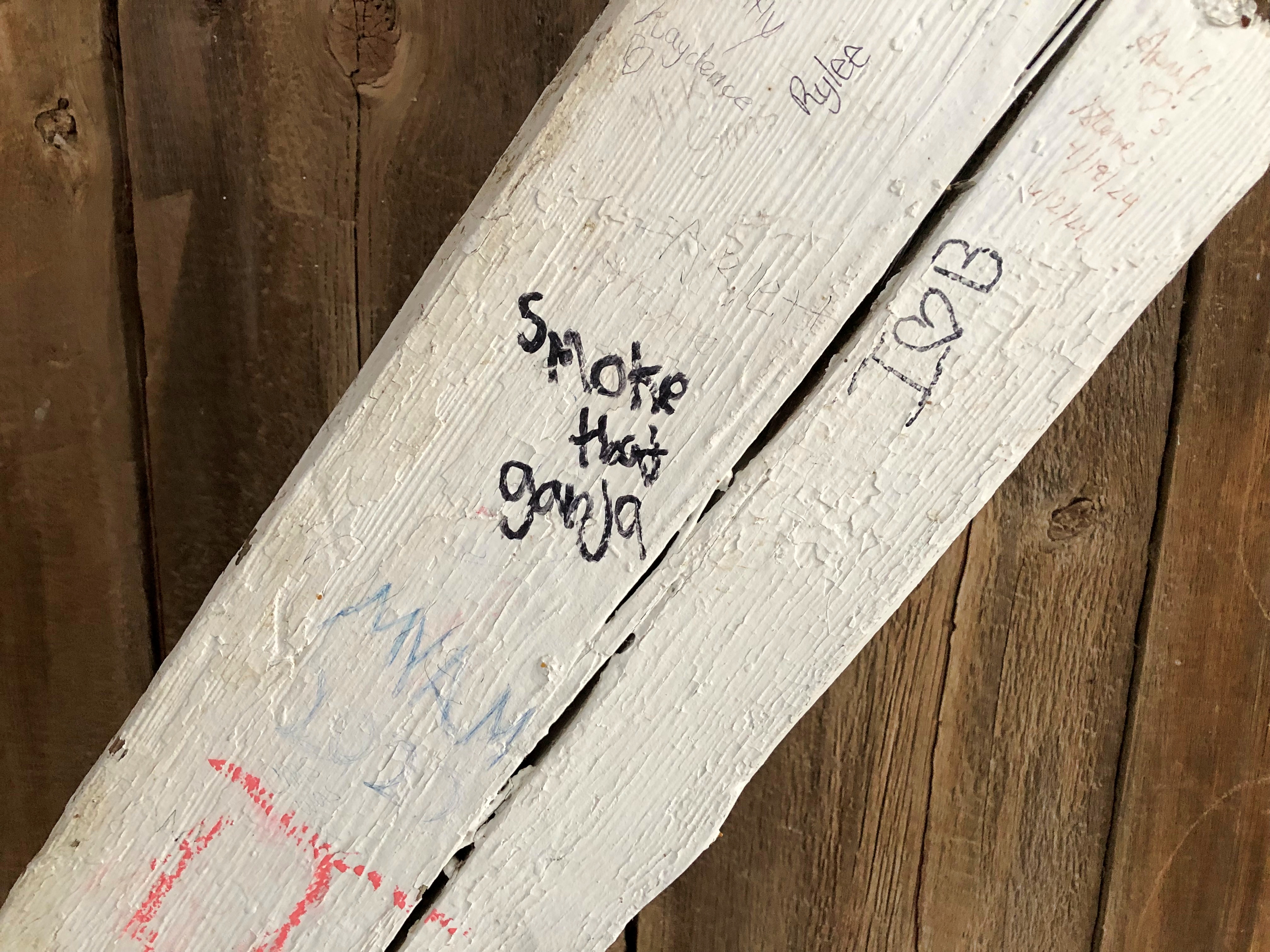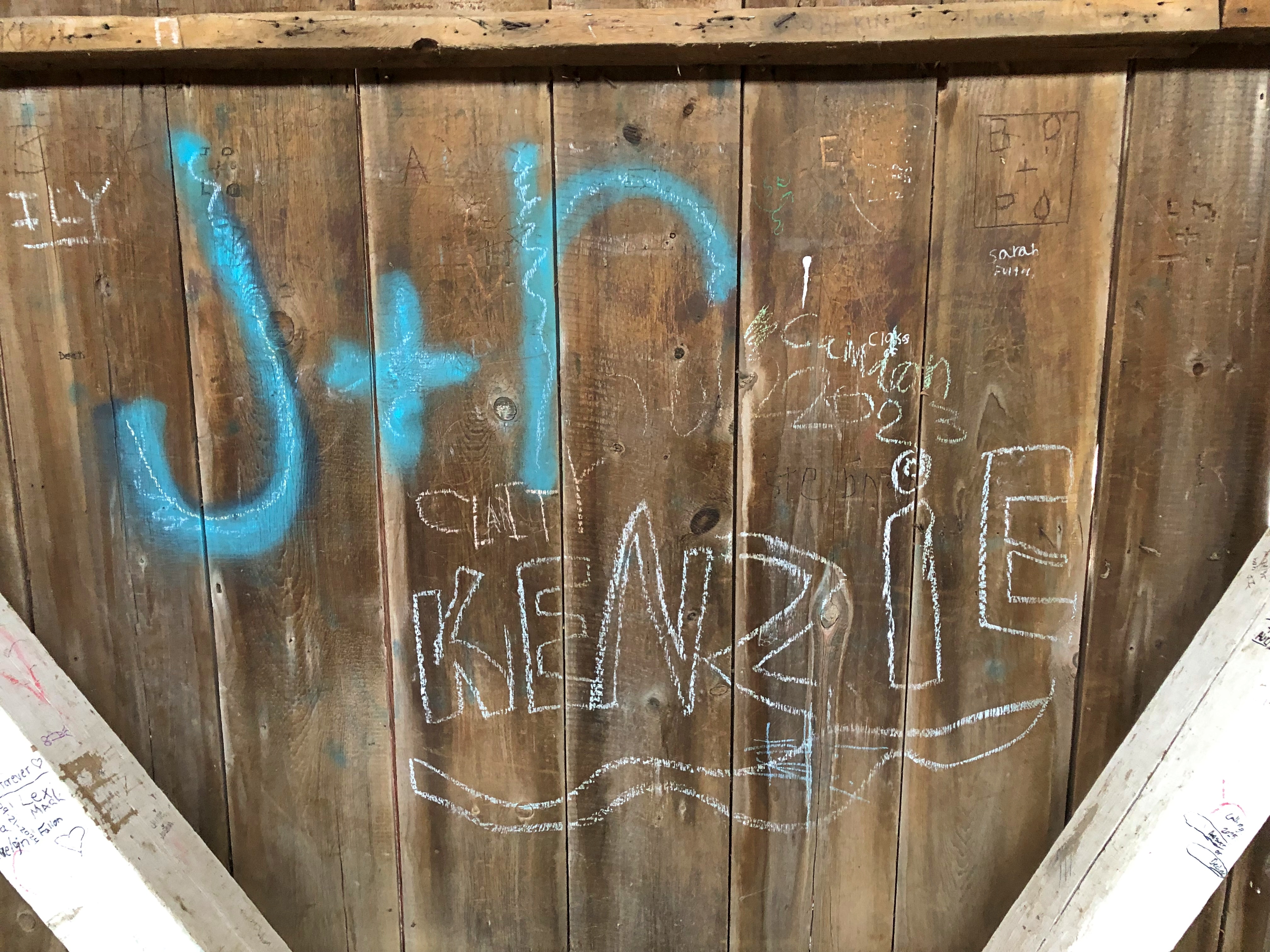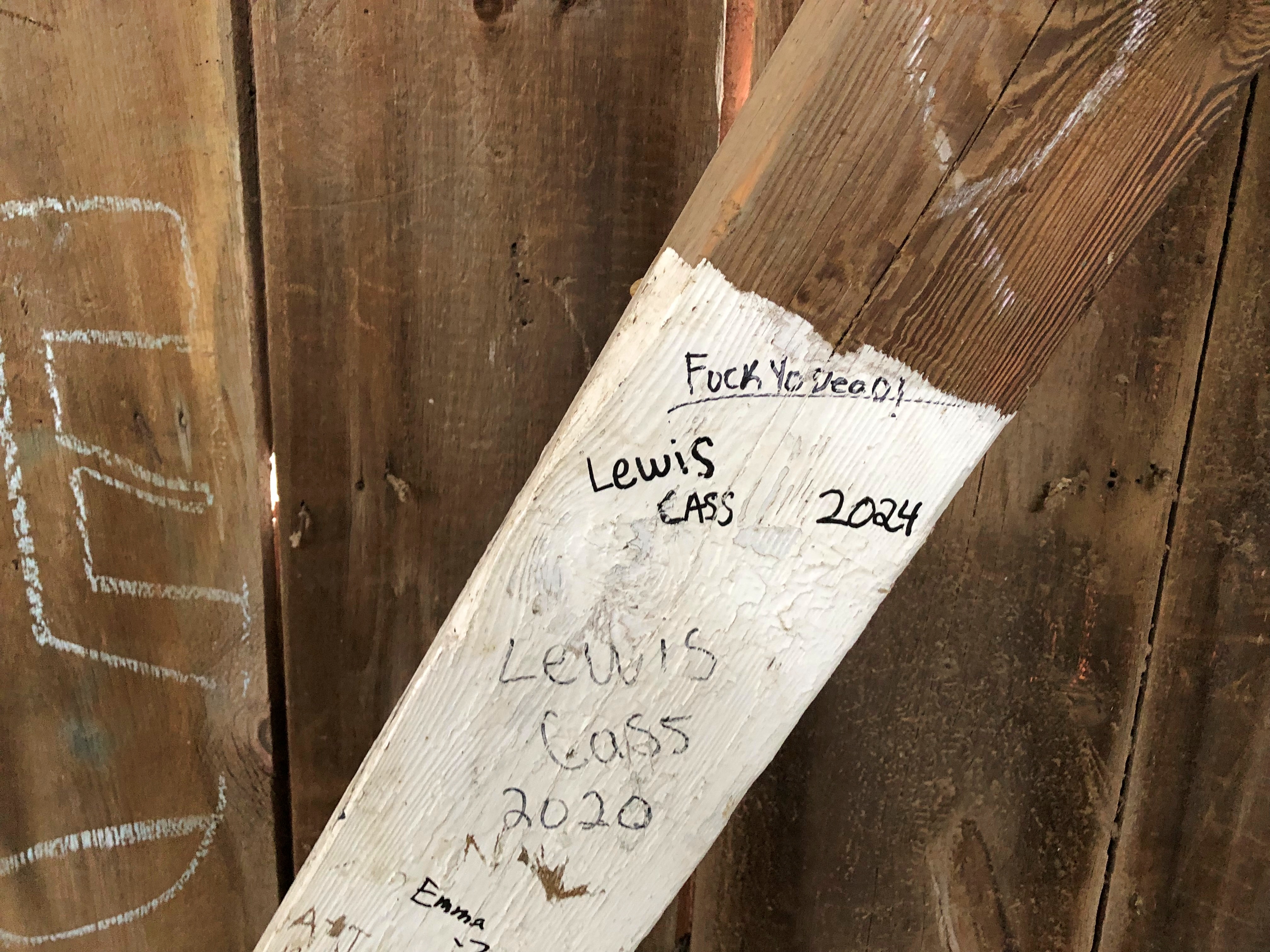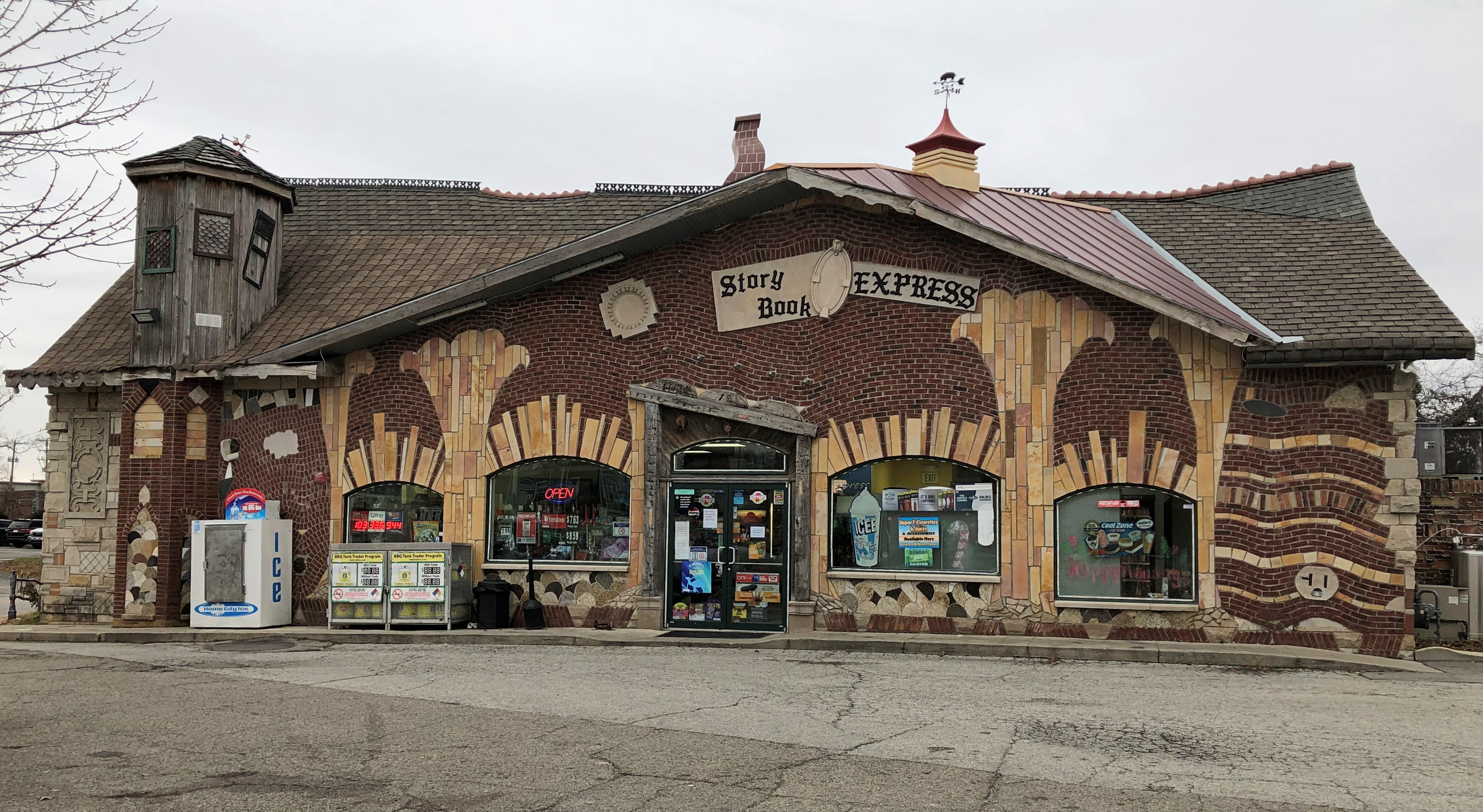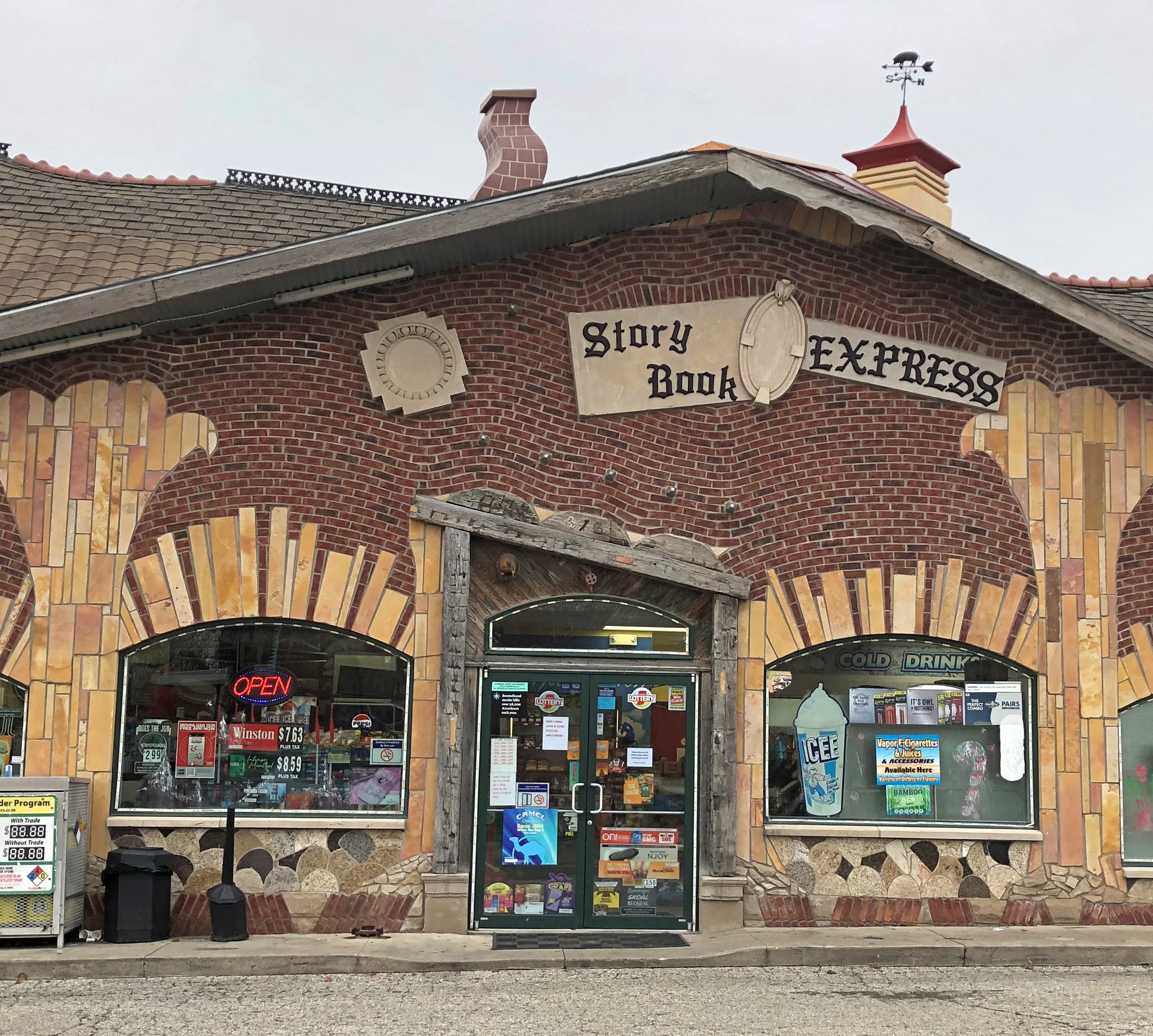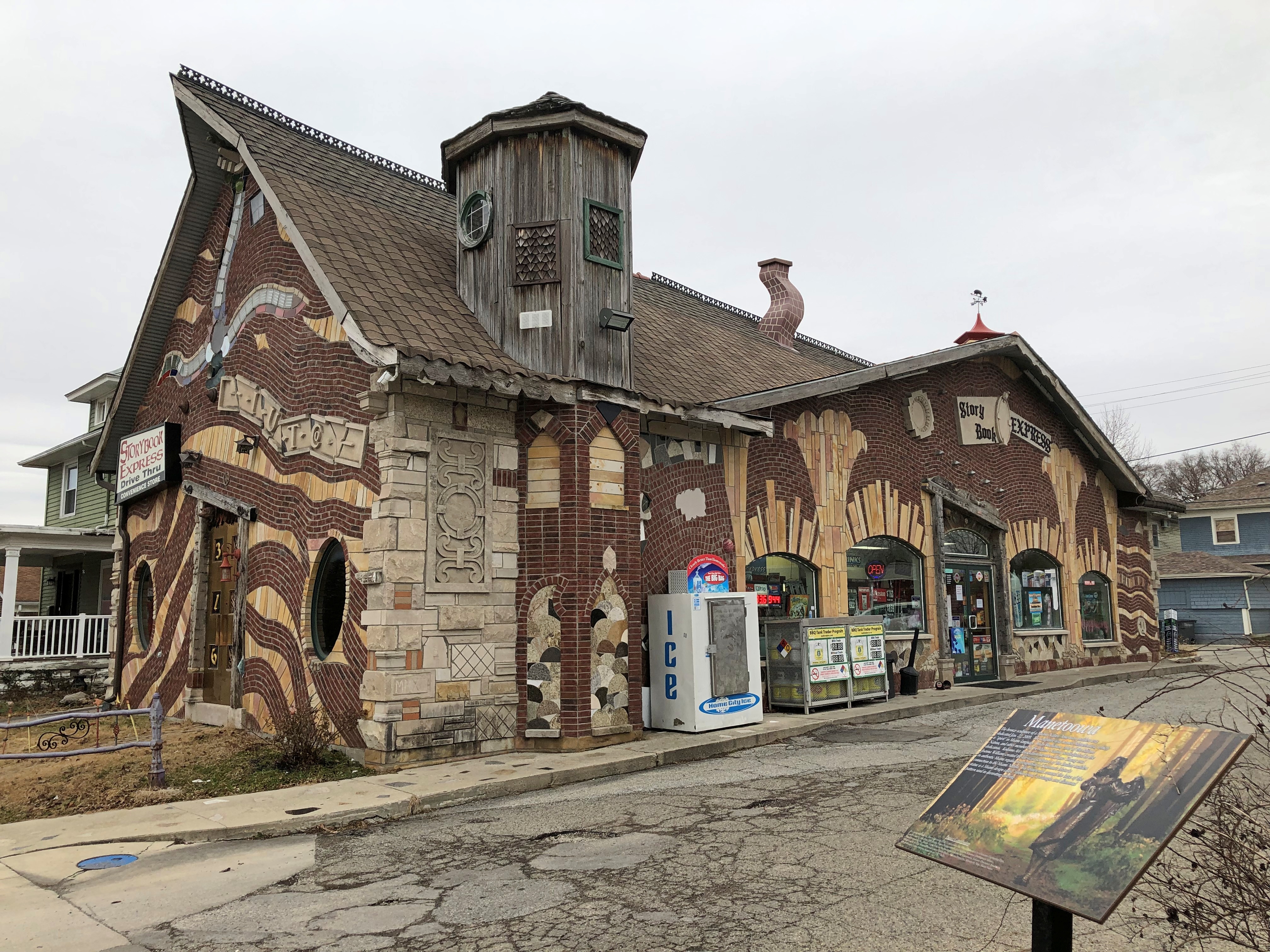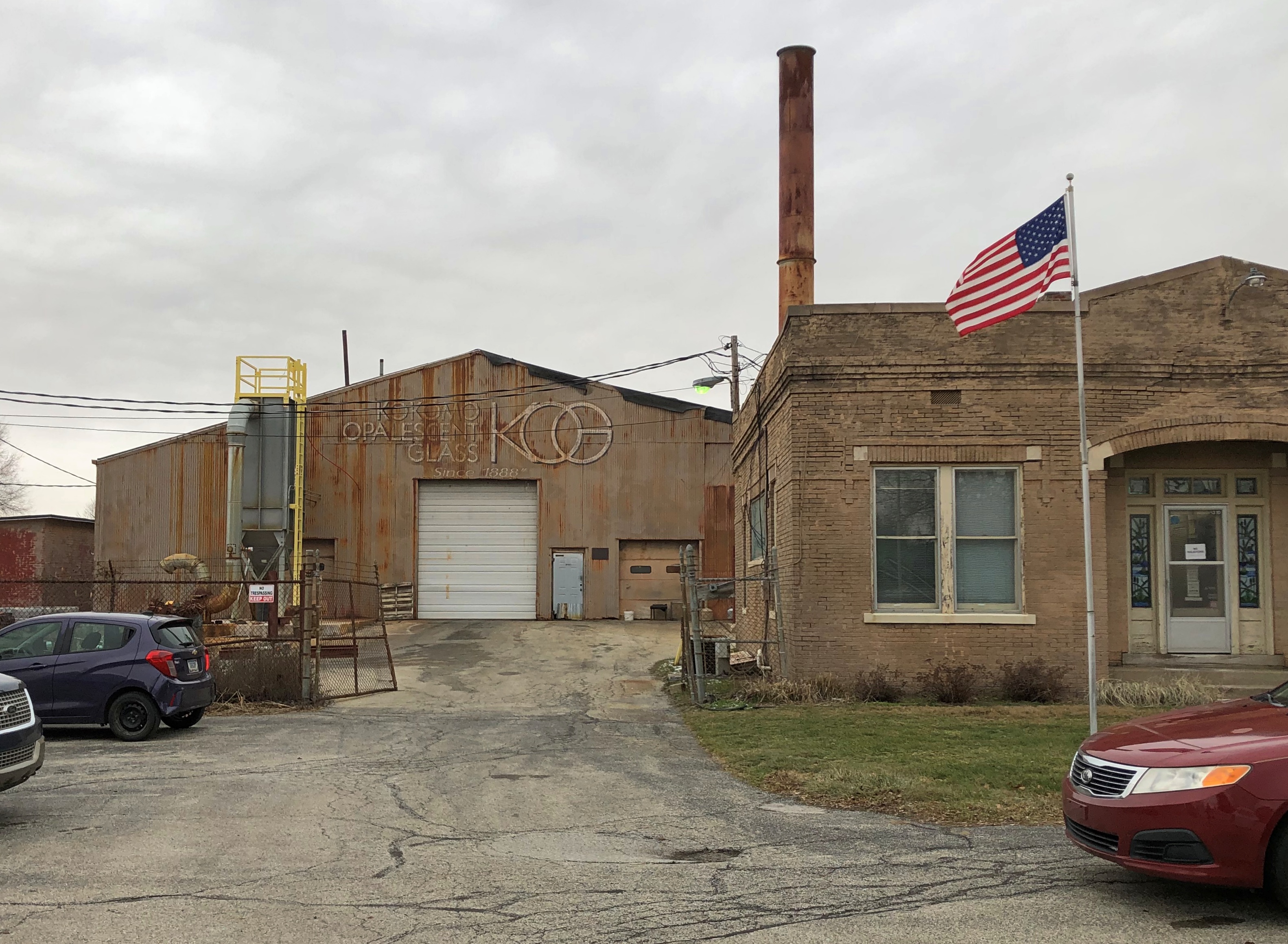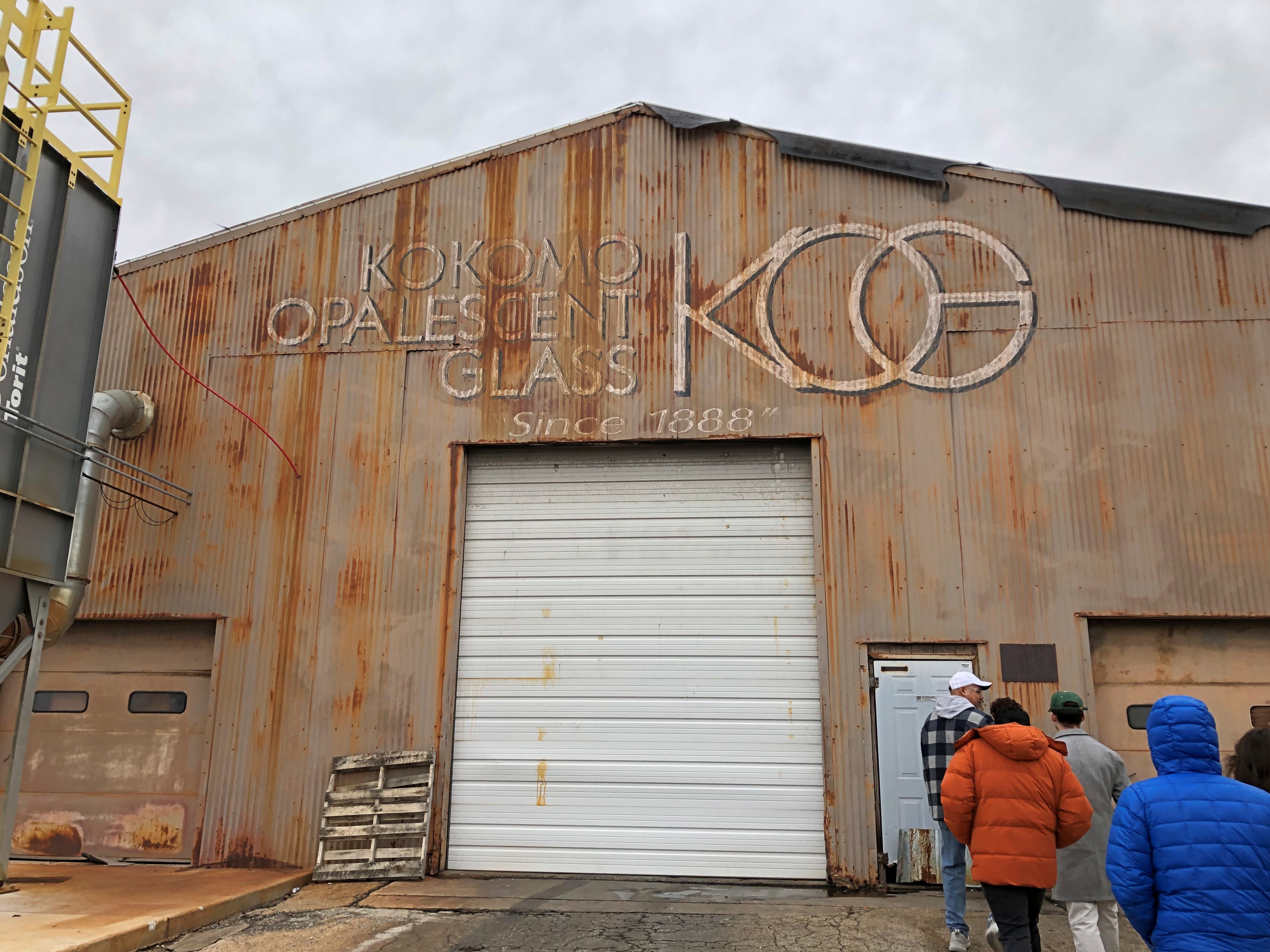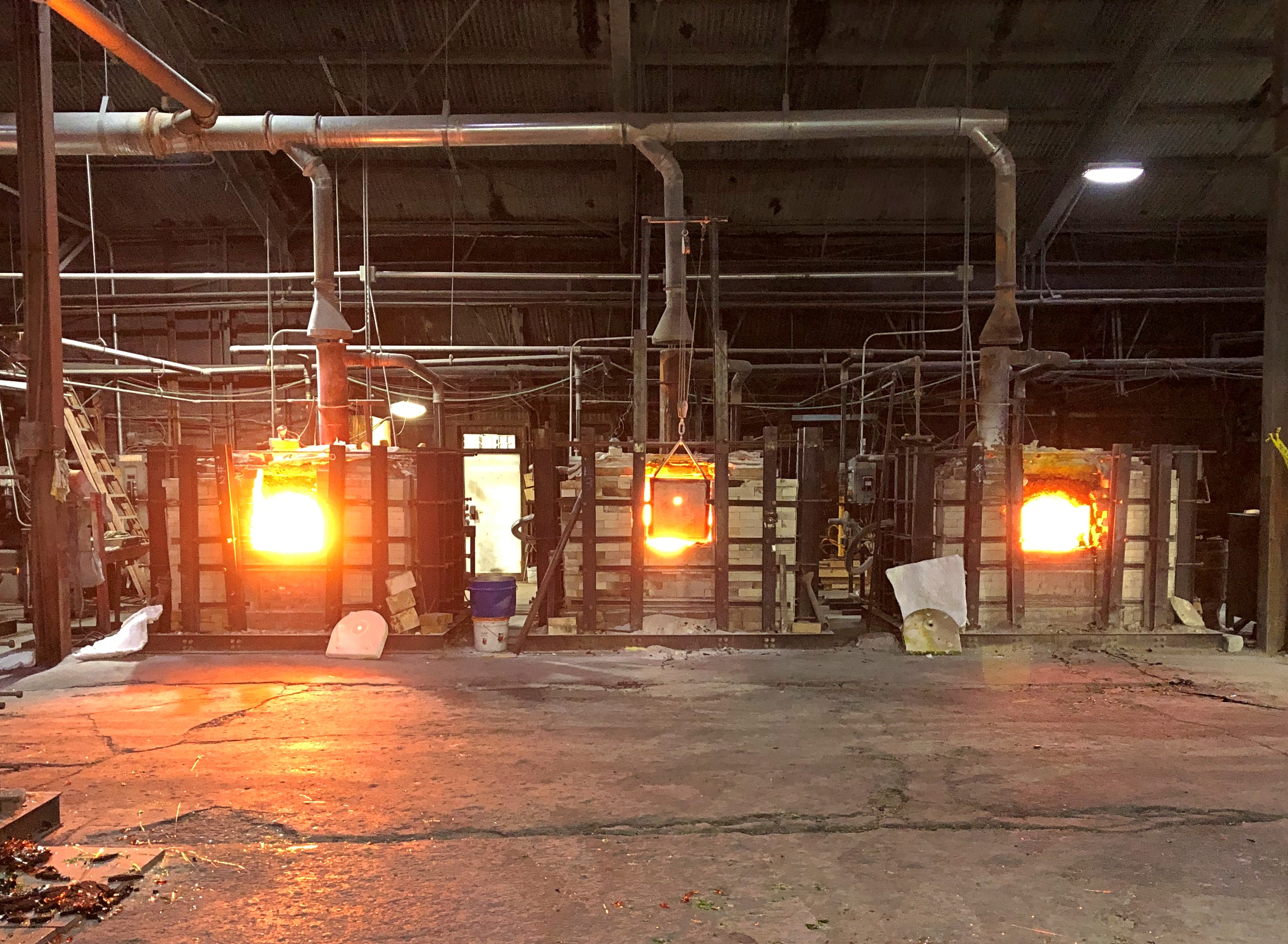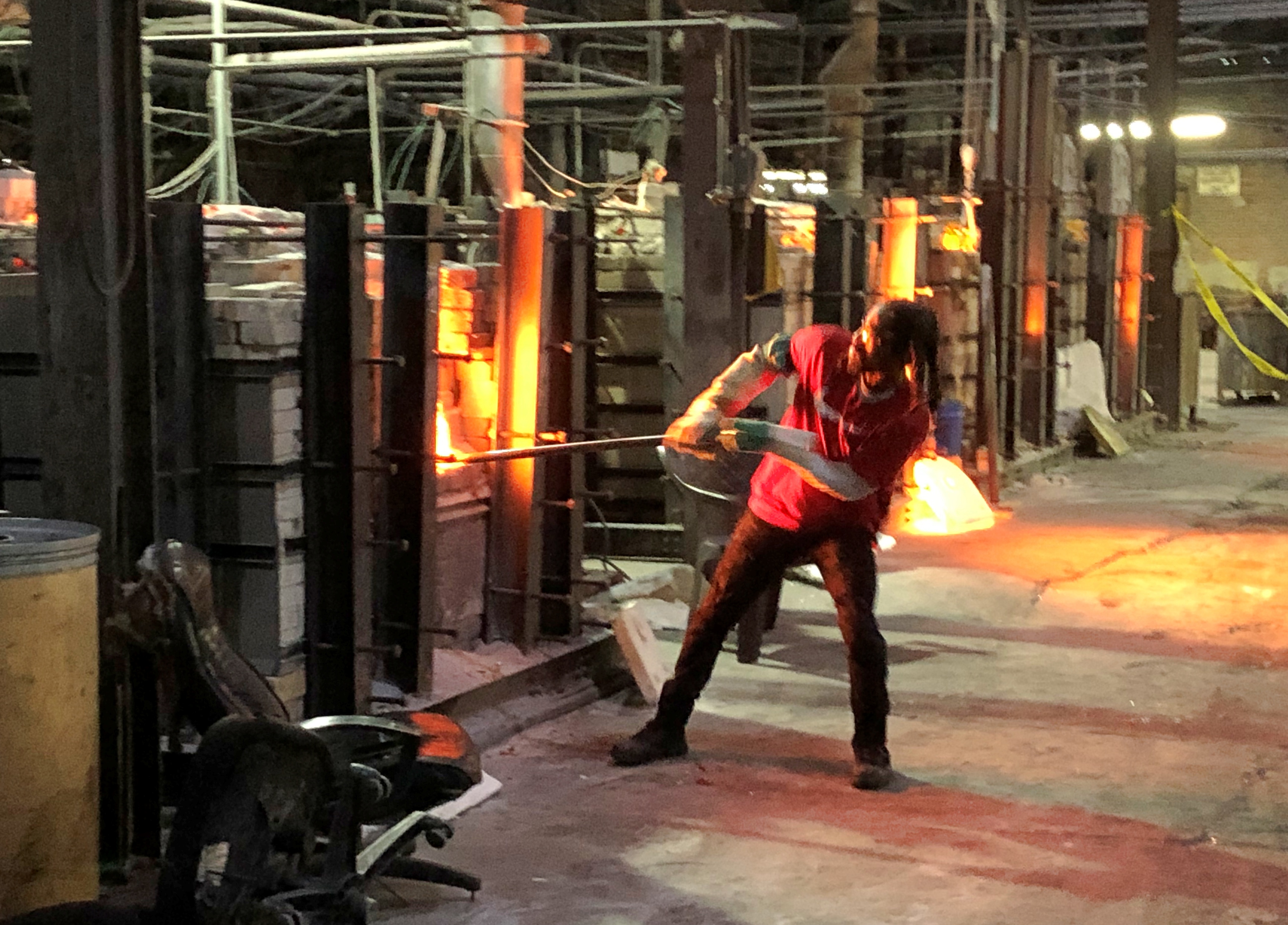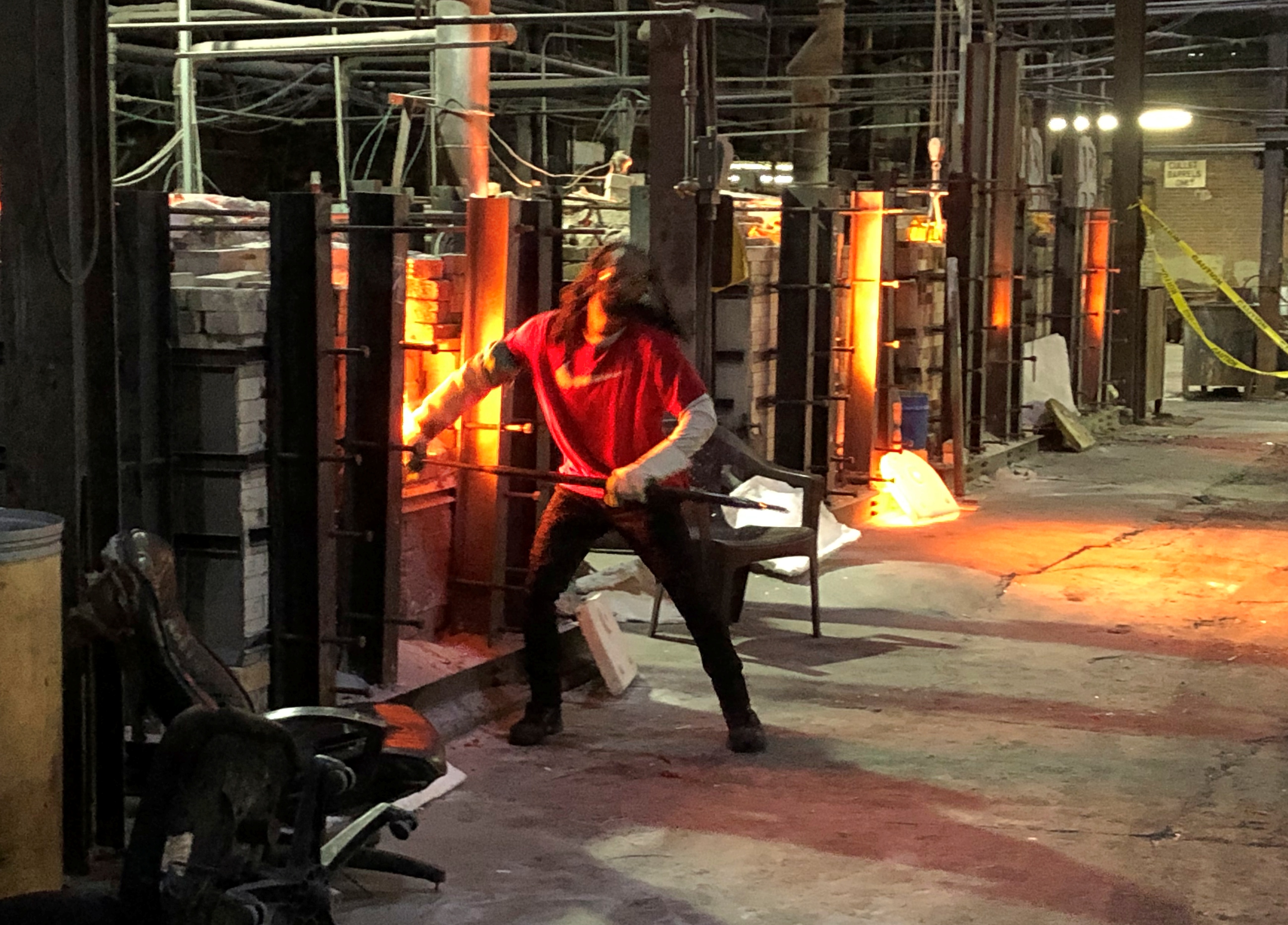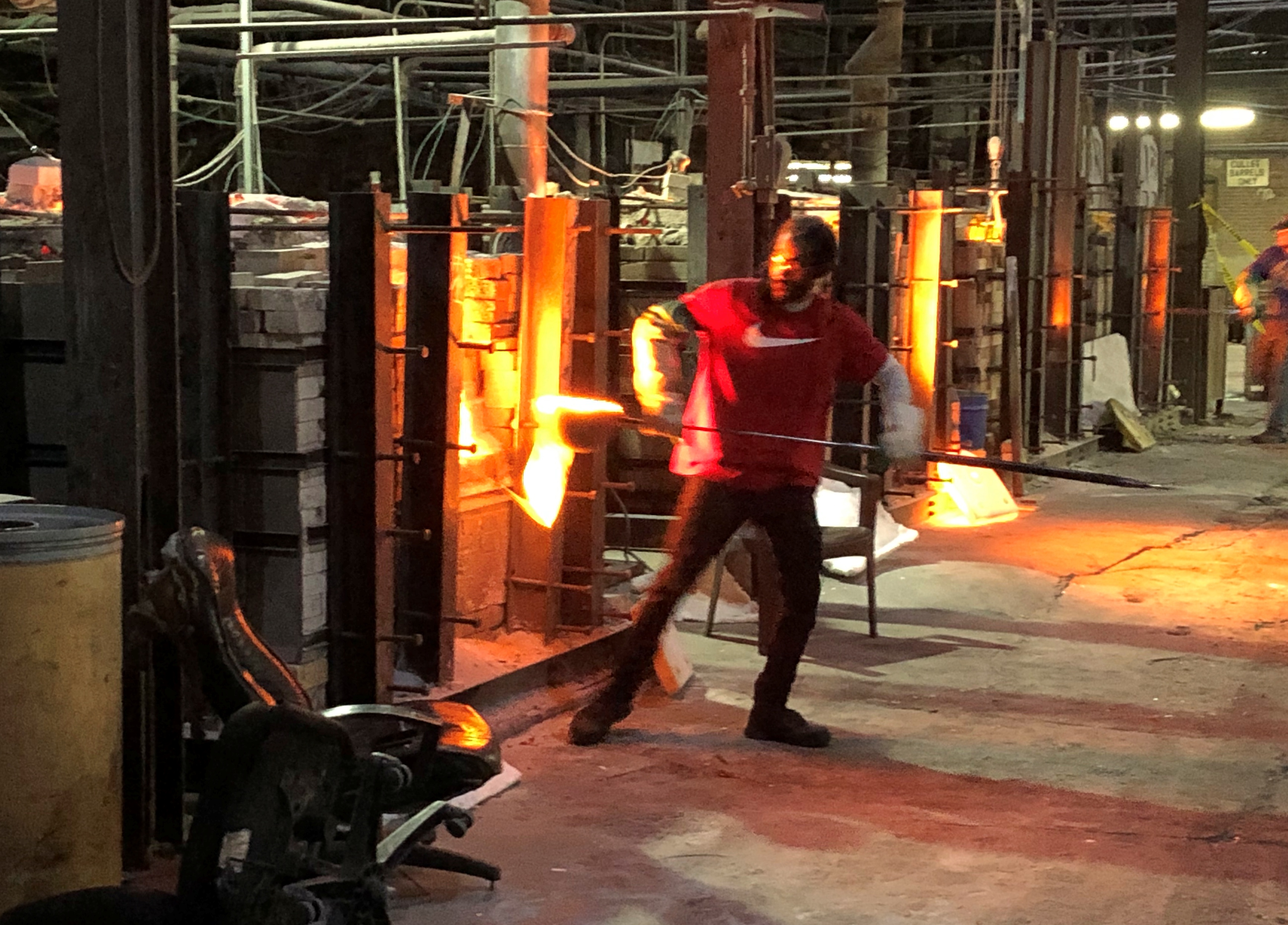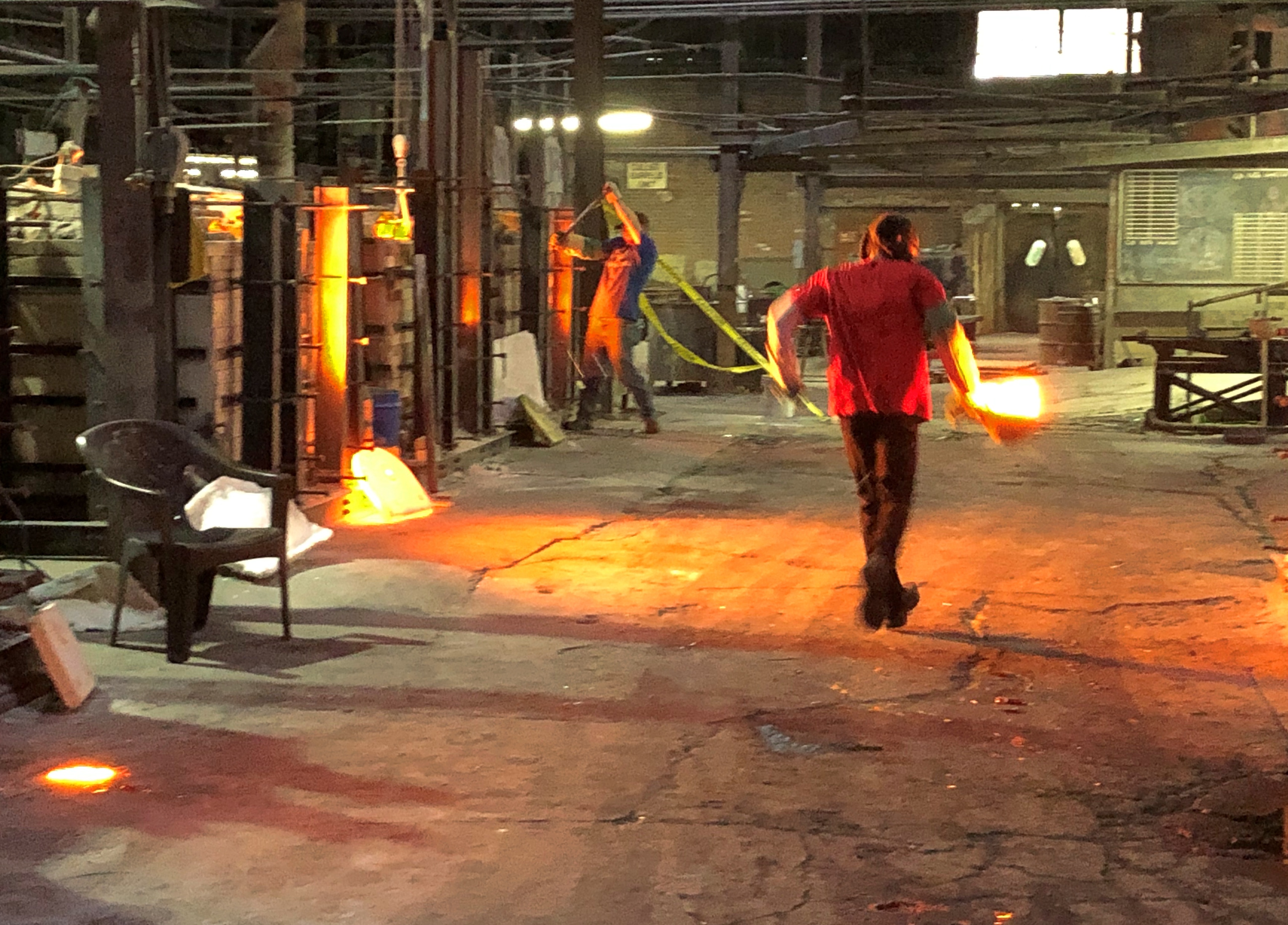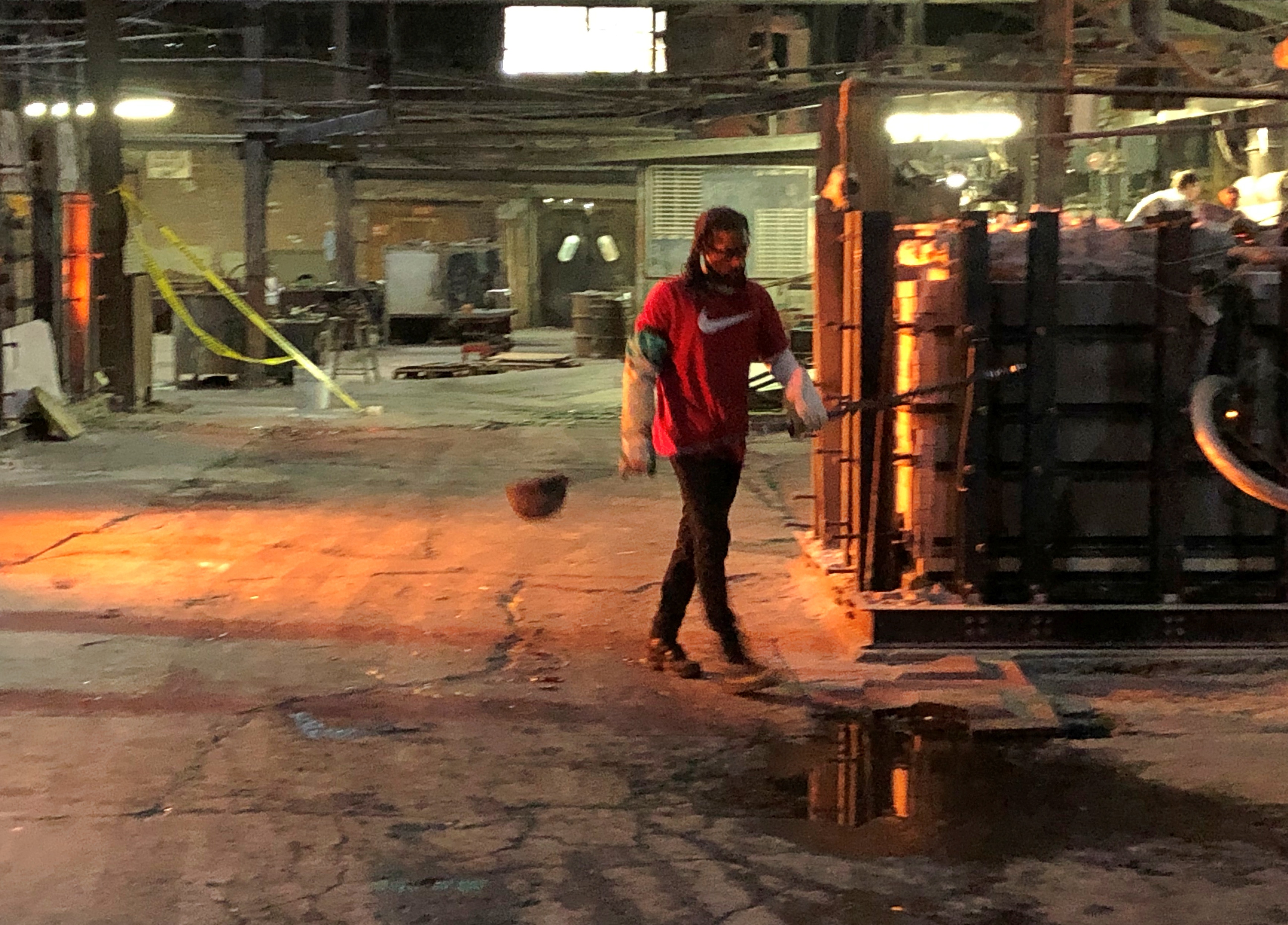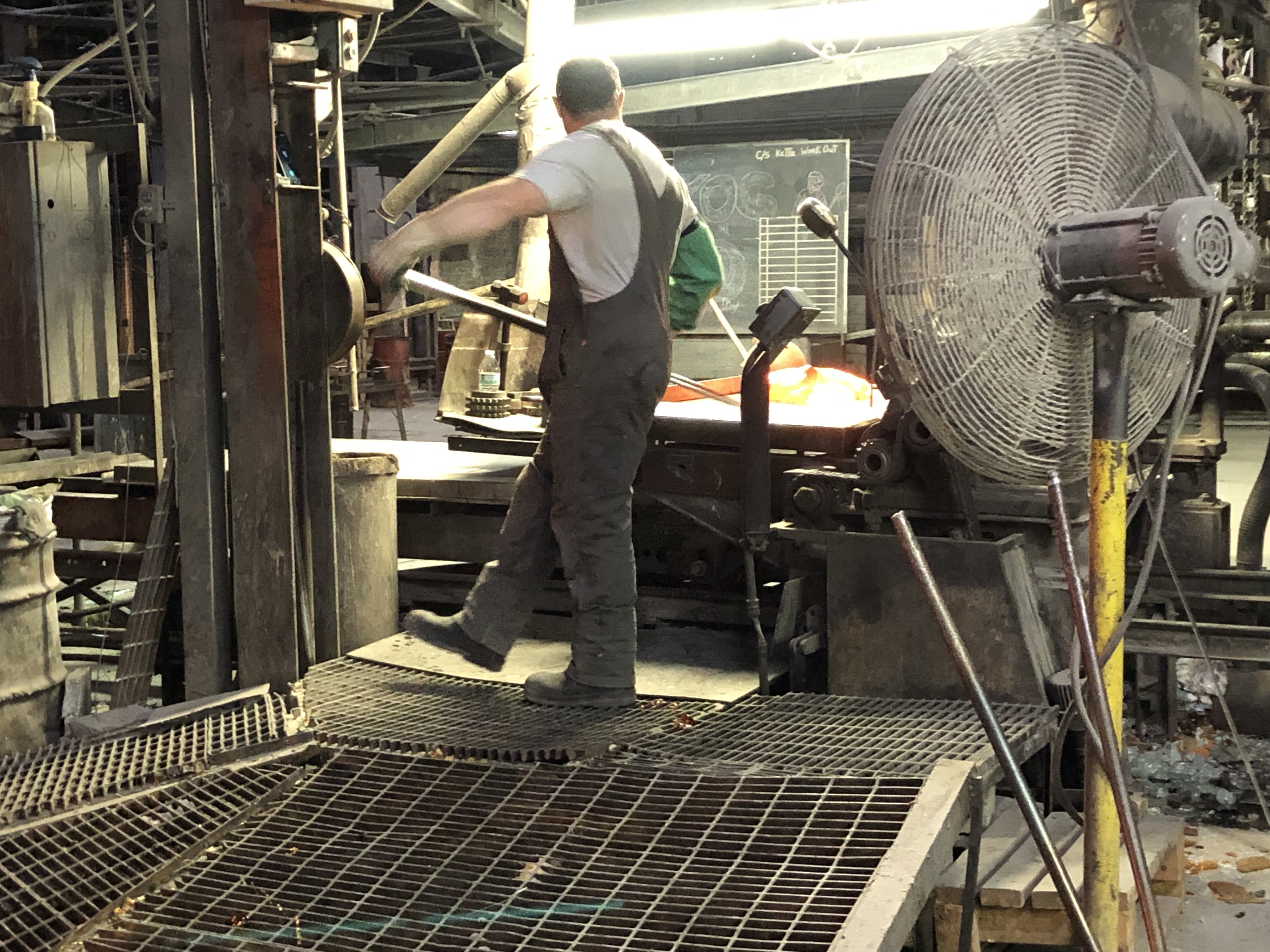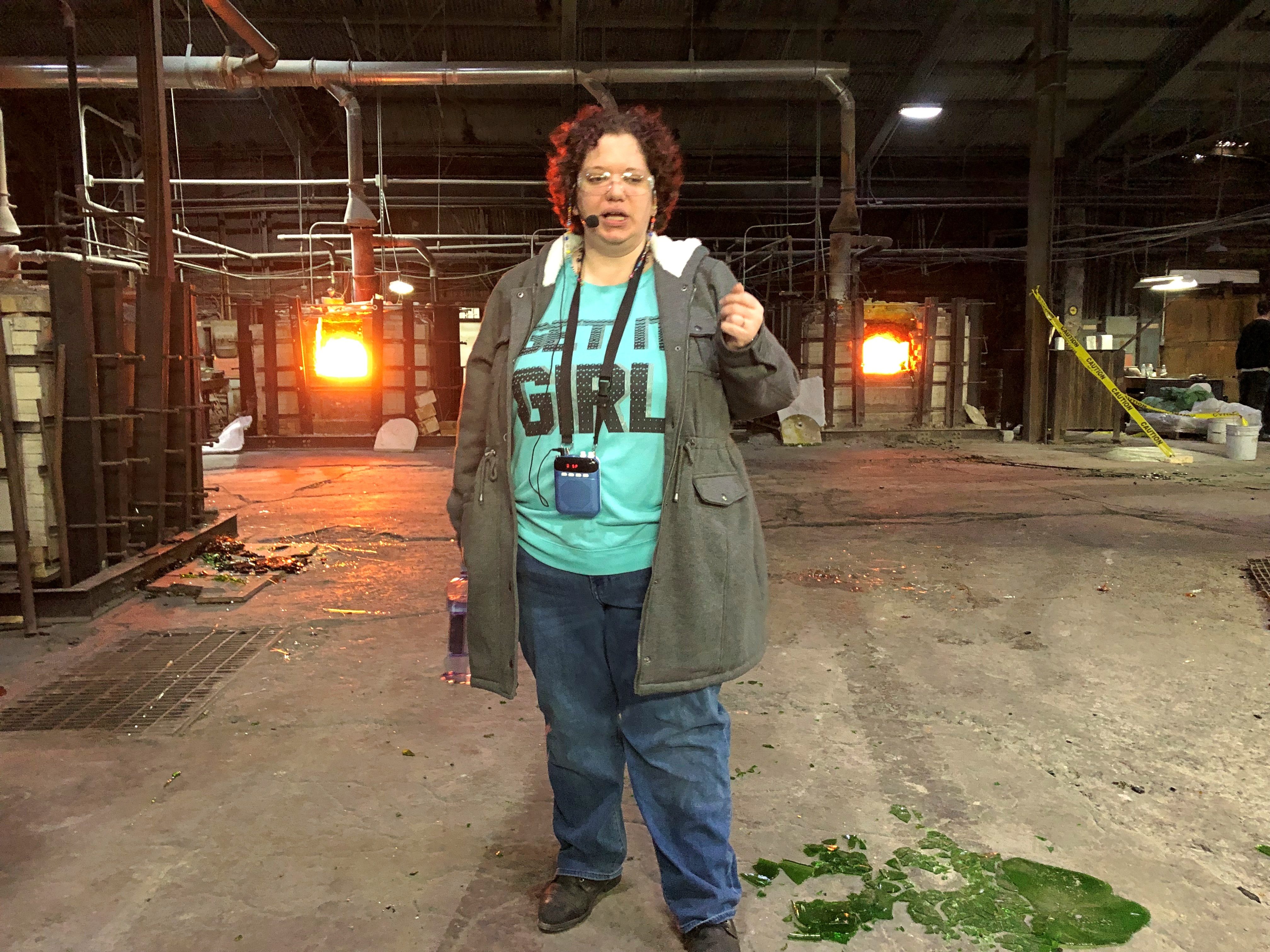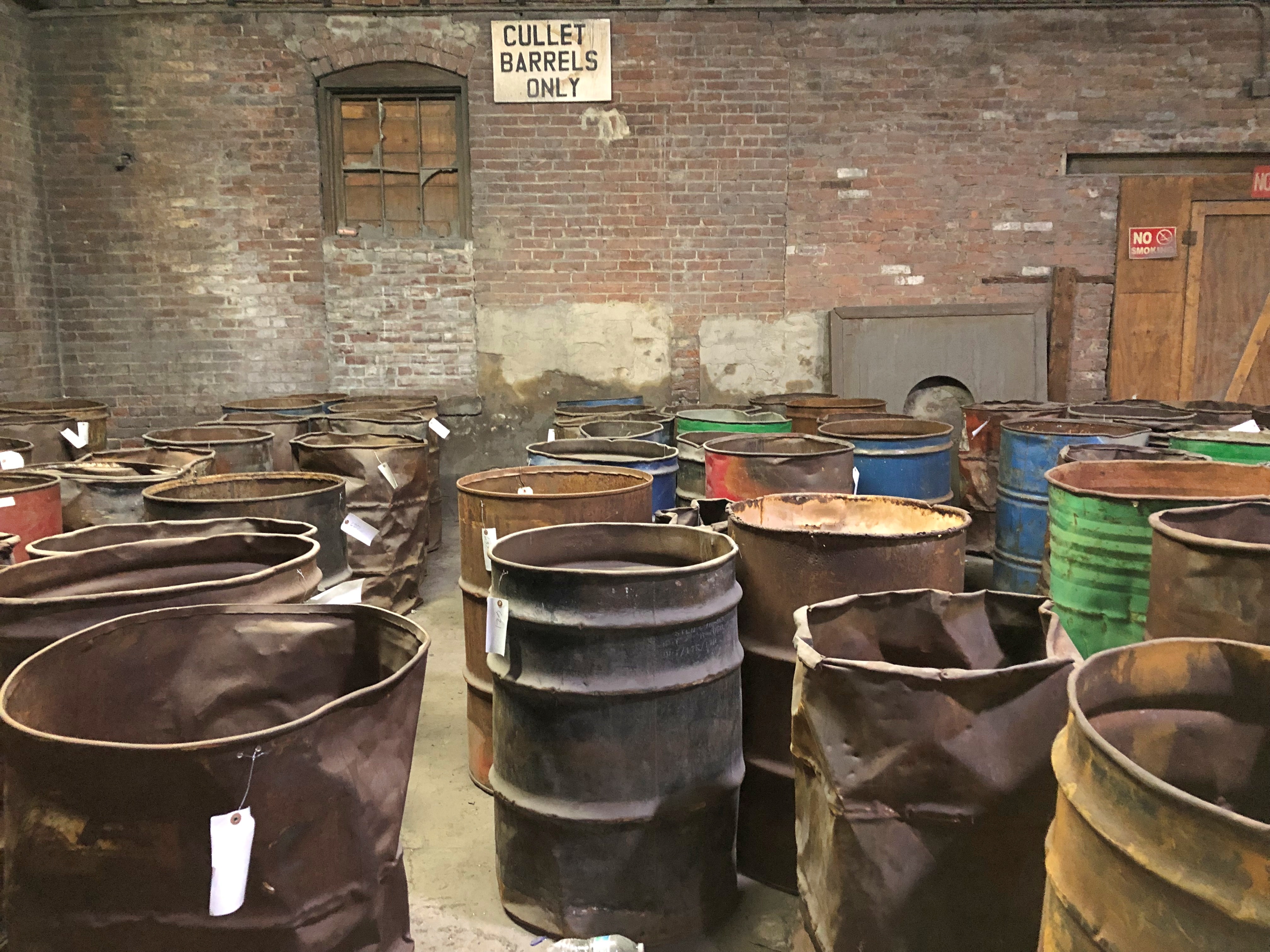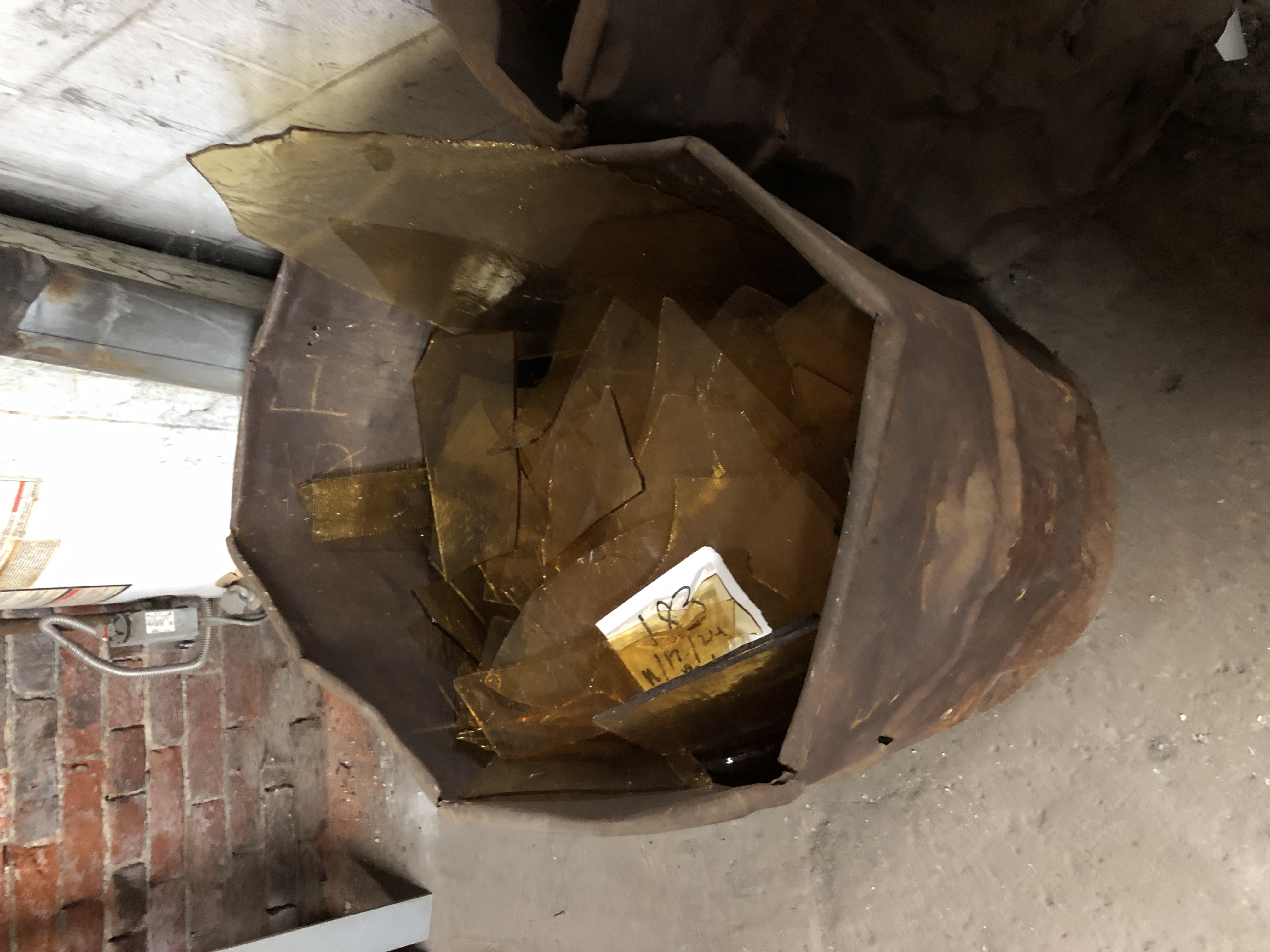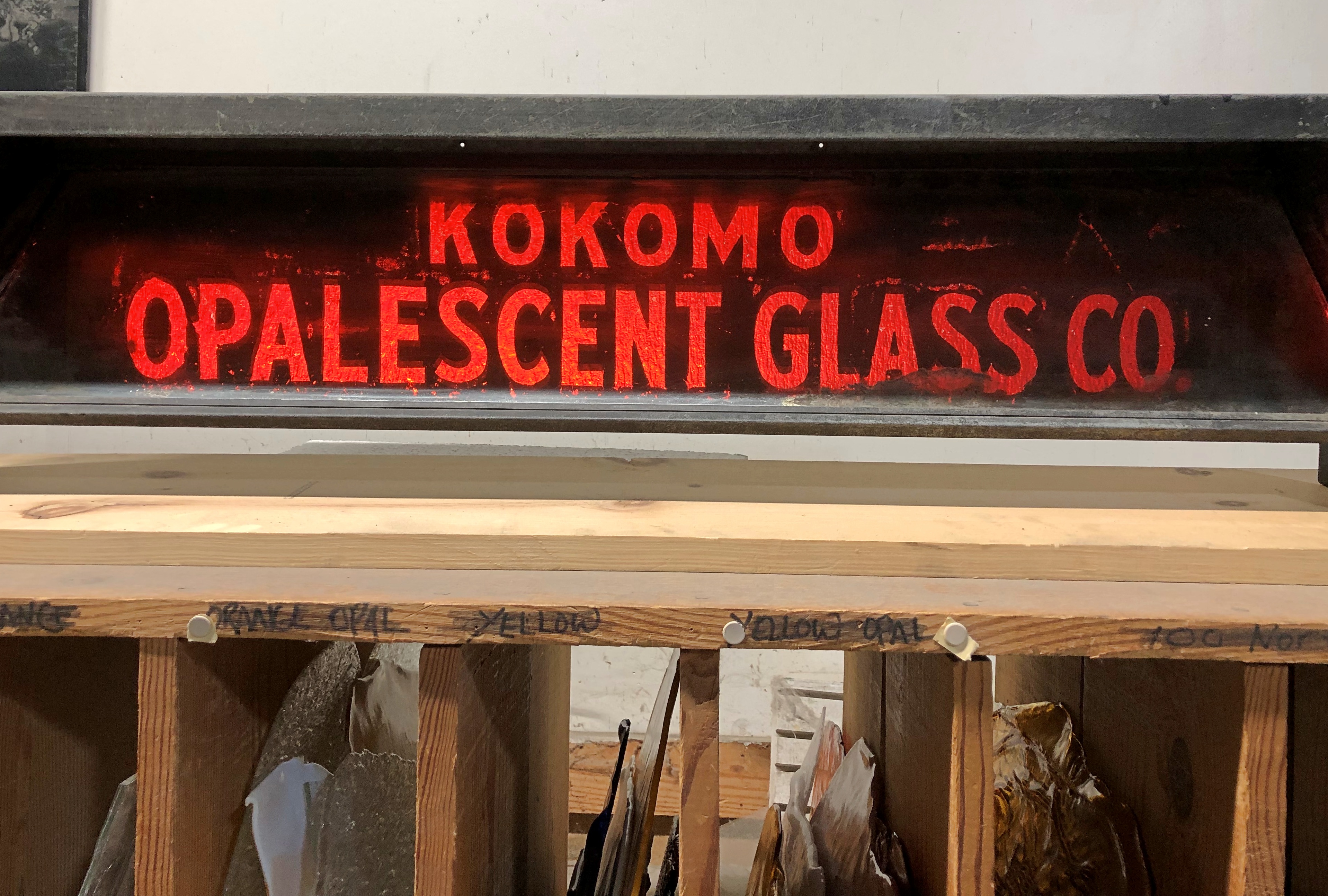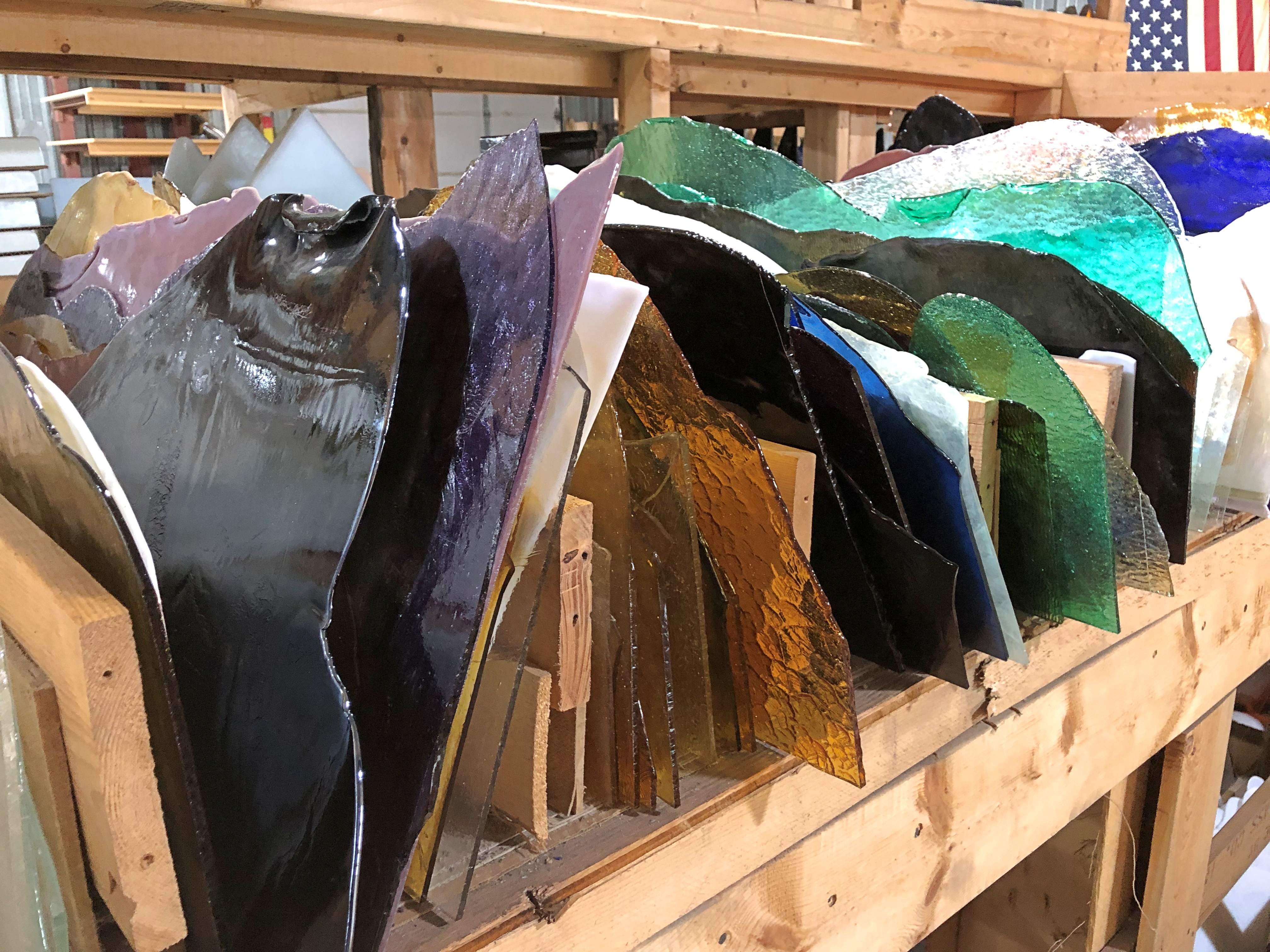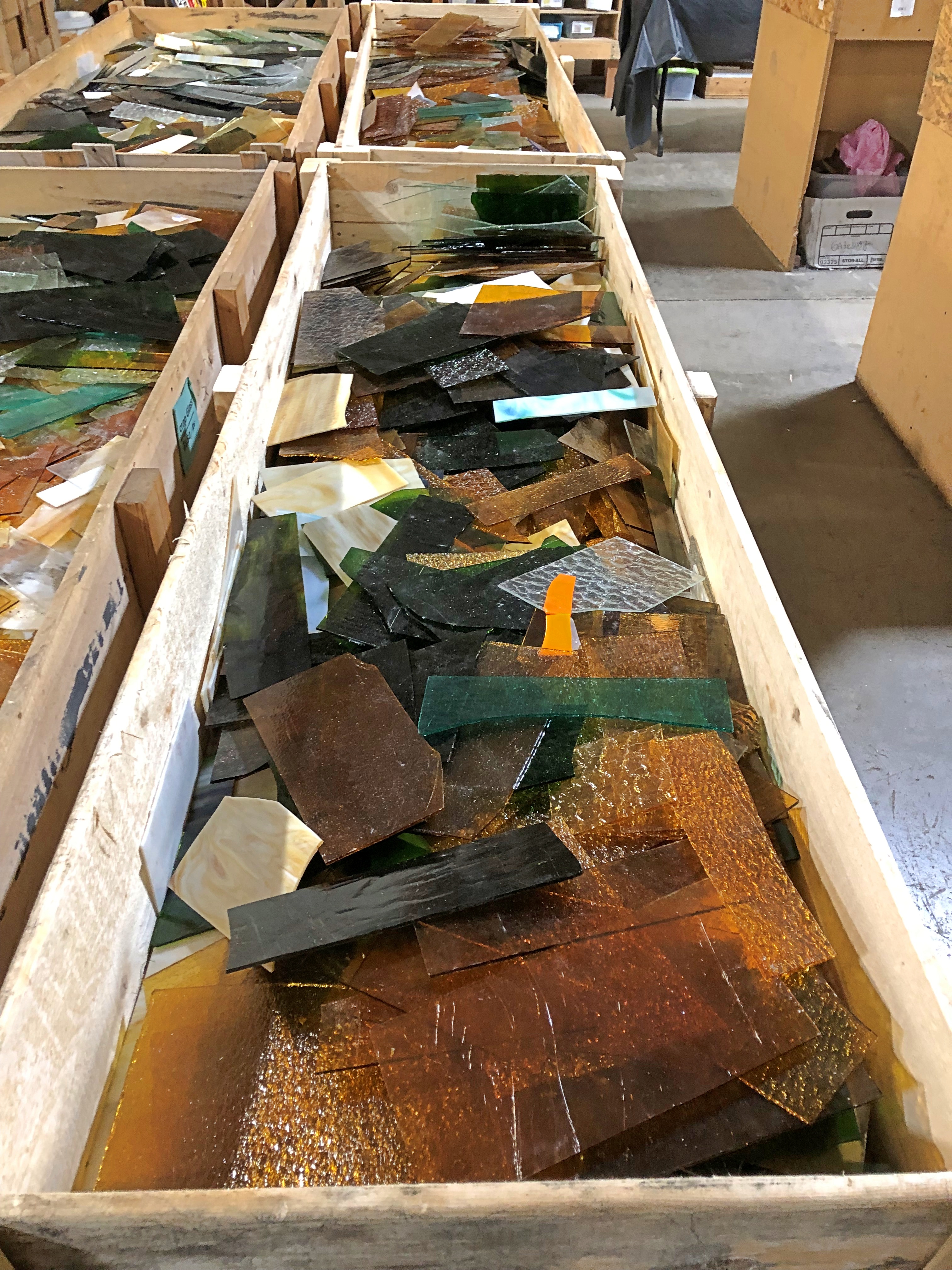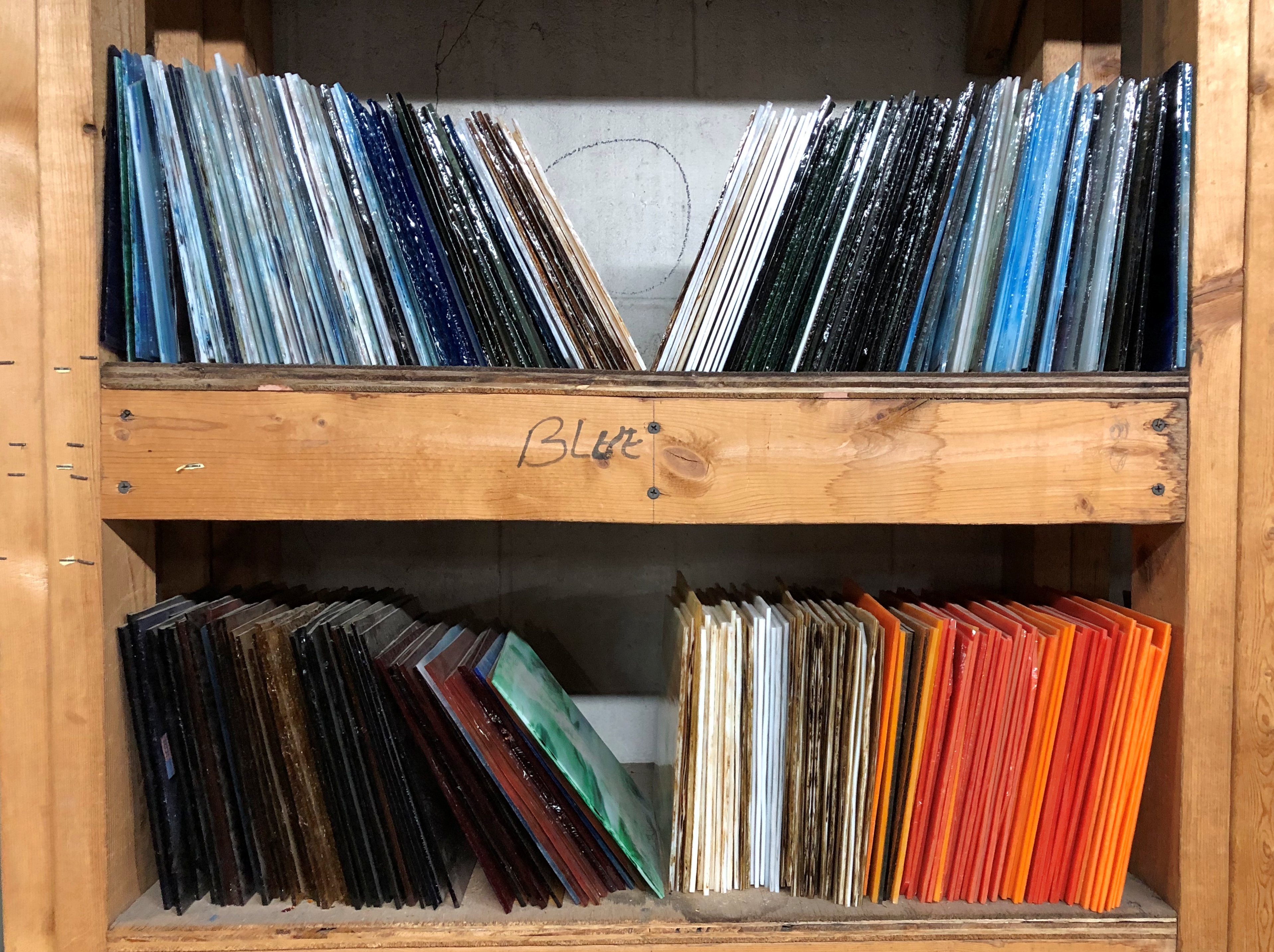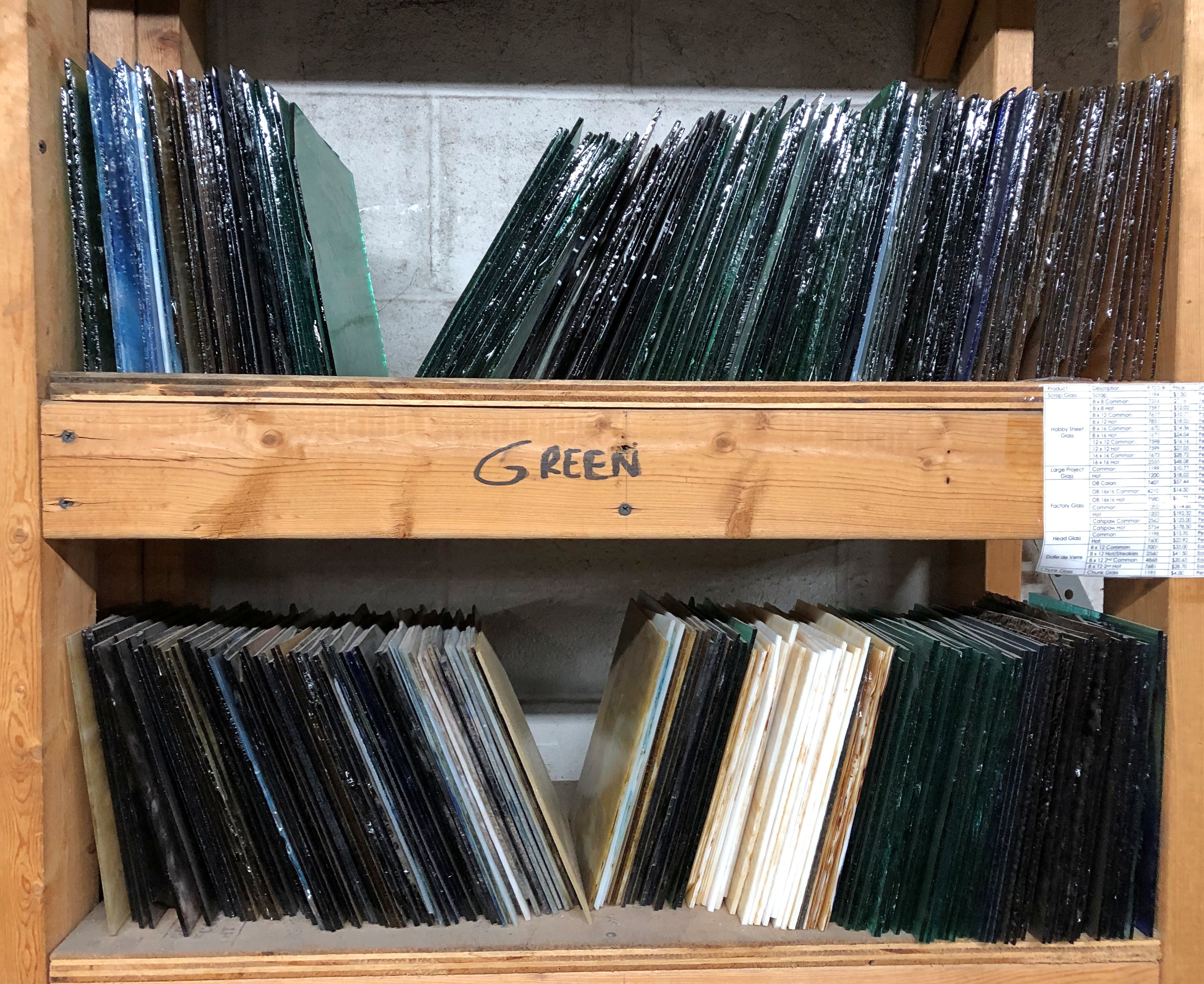You might say I had a vision recently.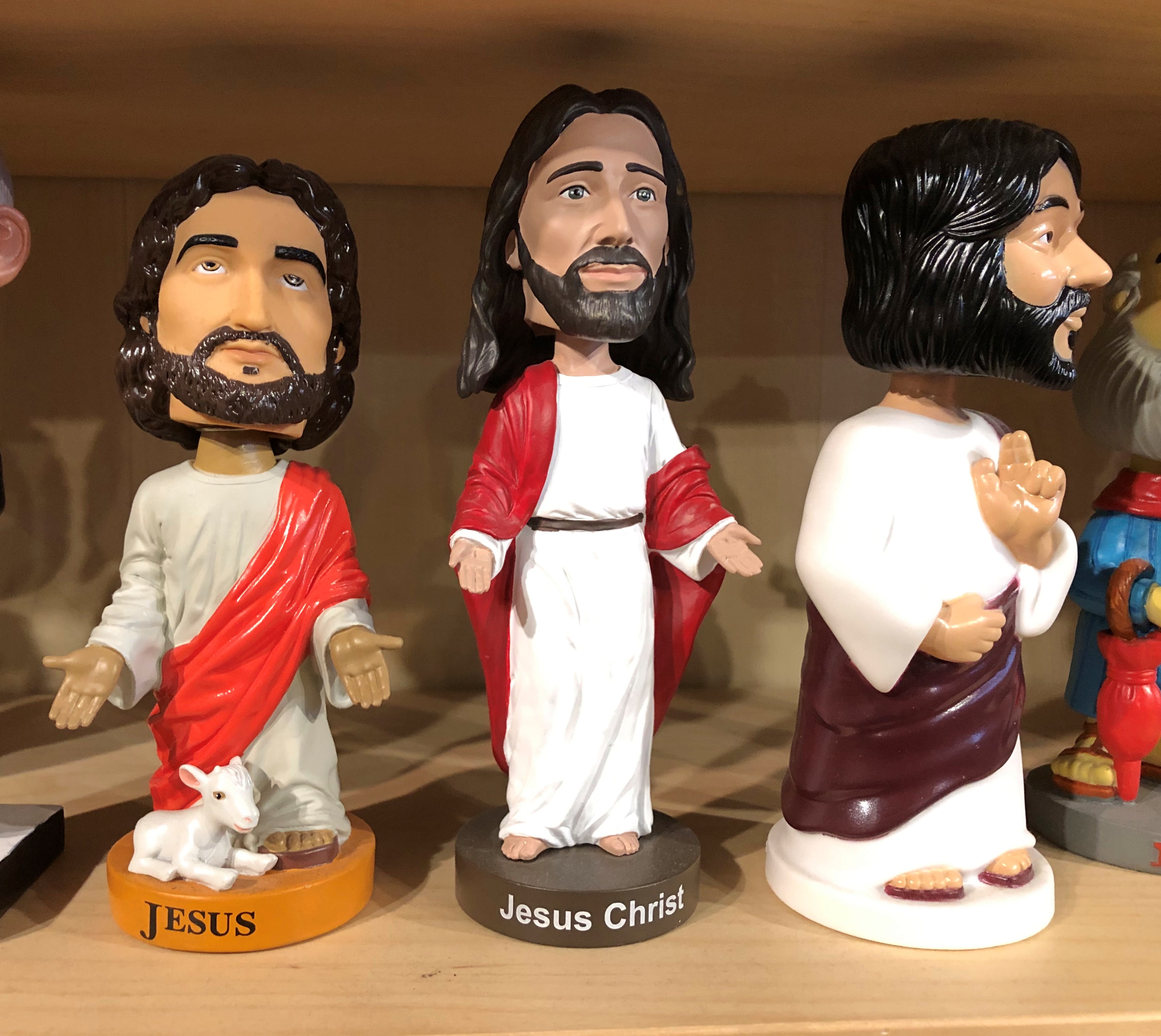
A vision, but no mystic revelations. When I saw the Jesus bobbleheads in Milwaukee on the Friday after Christmas, I thought that a really good lyricist could do a follow up song to “Plastic Jesus,” which would be called “Bobblehead Jesus.” But I am not that person.
We’d dropped by the National Bobblehead Hall of Fame and Museum, where the bobbleheads crowd shelf after shelf after shelf: some 6,500 on display of the 10,000 figures the museum says it has.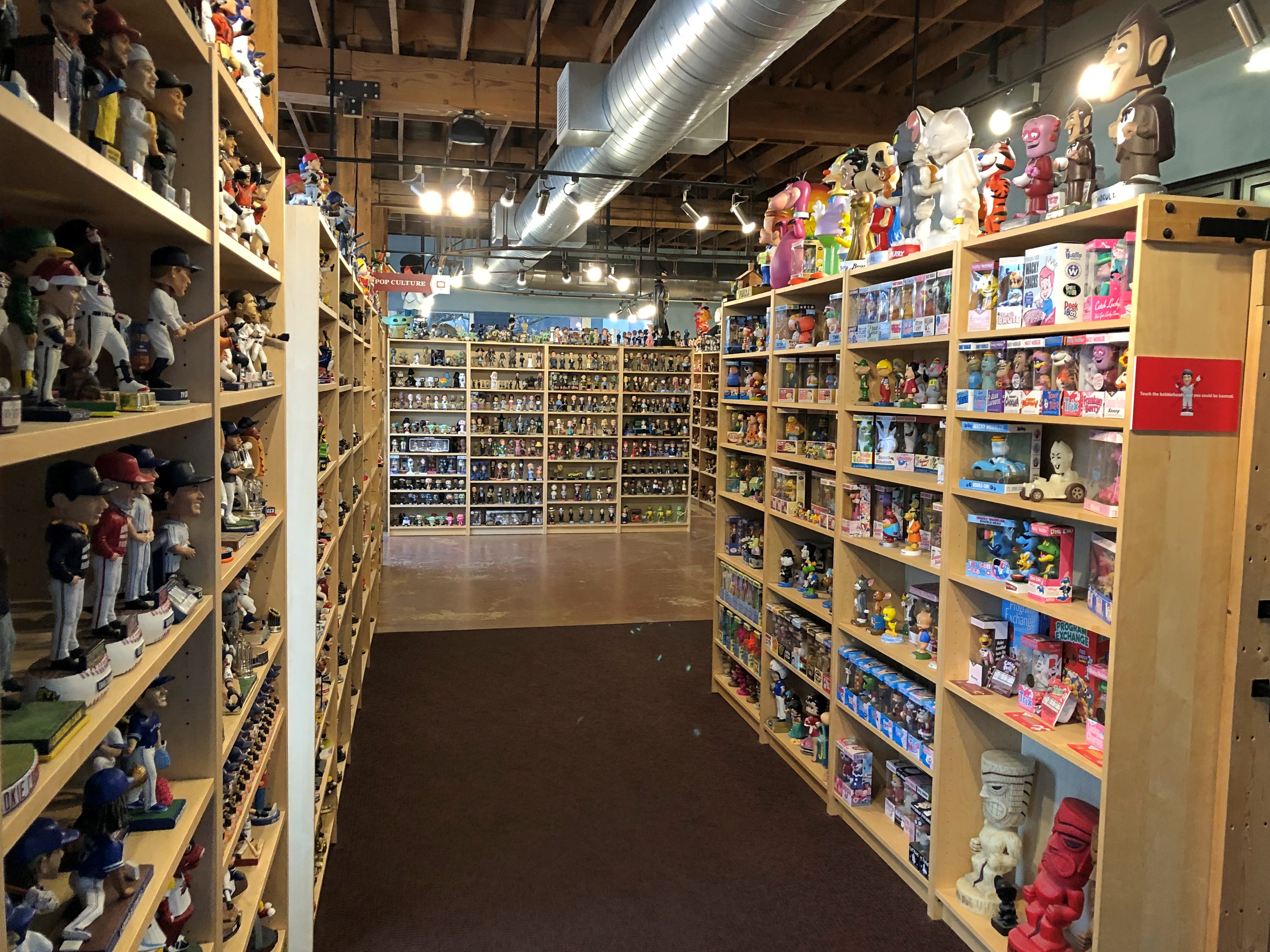
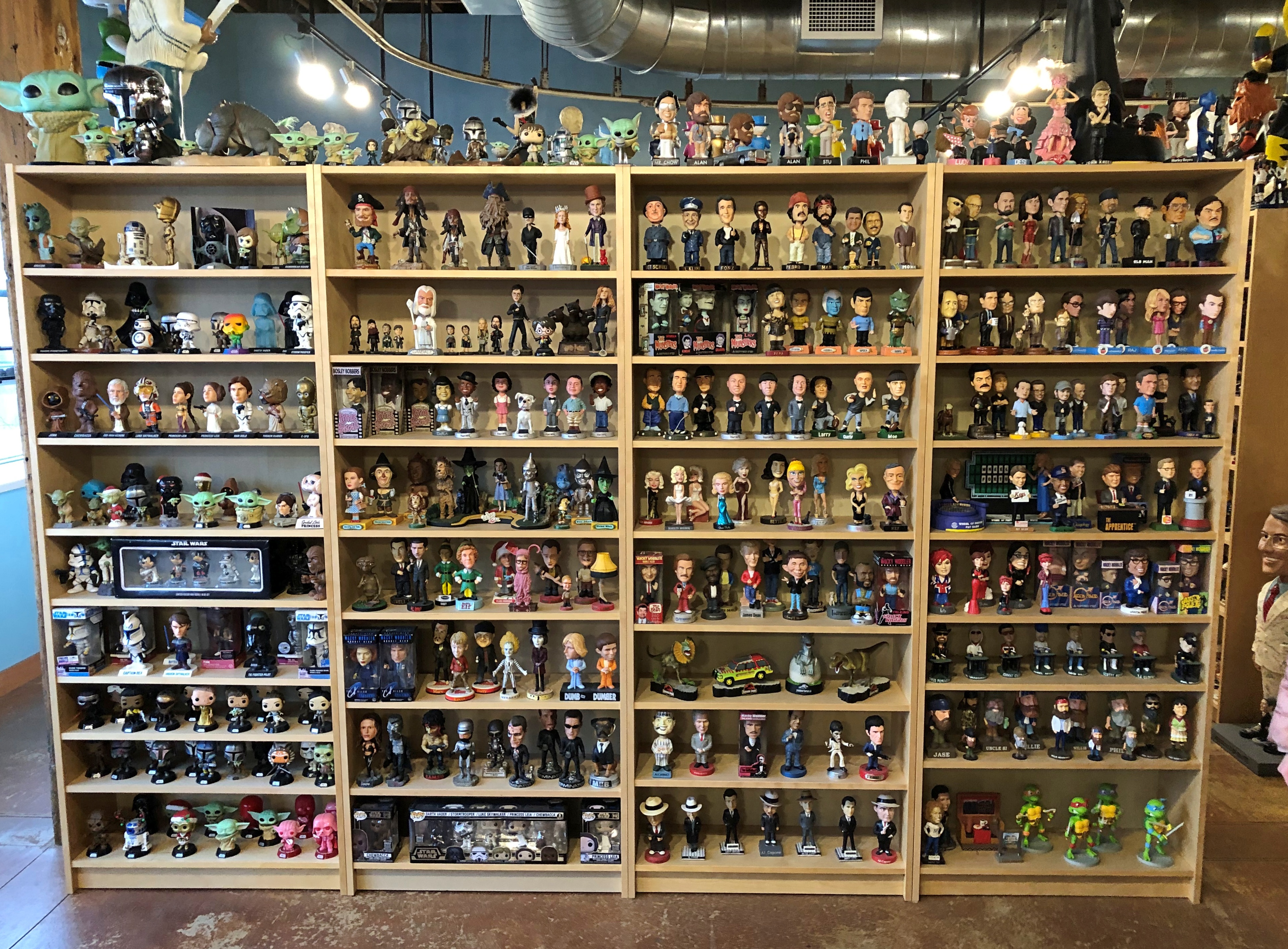
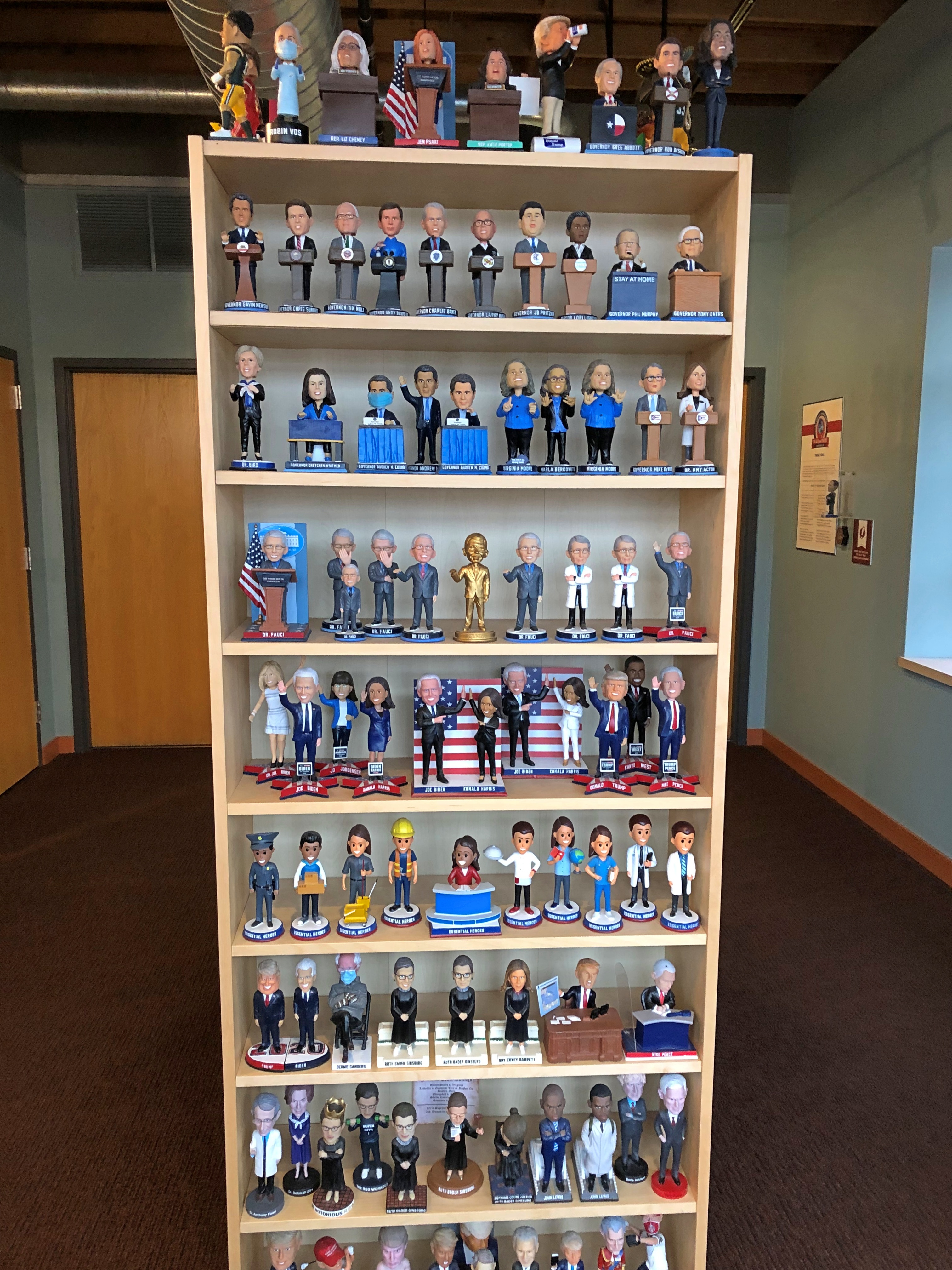
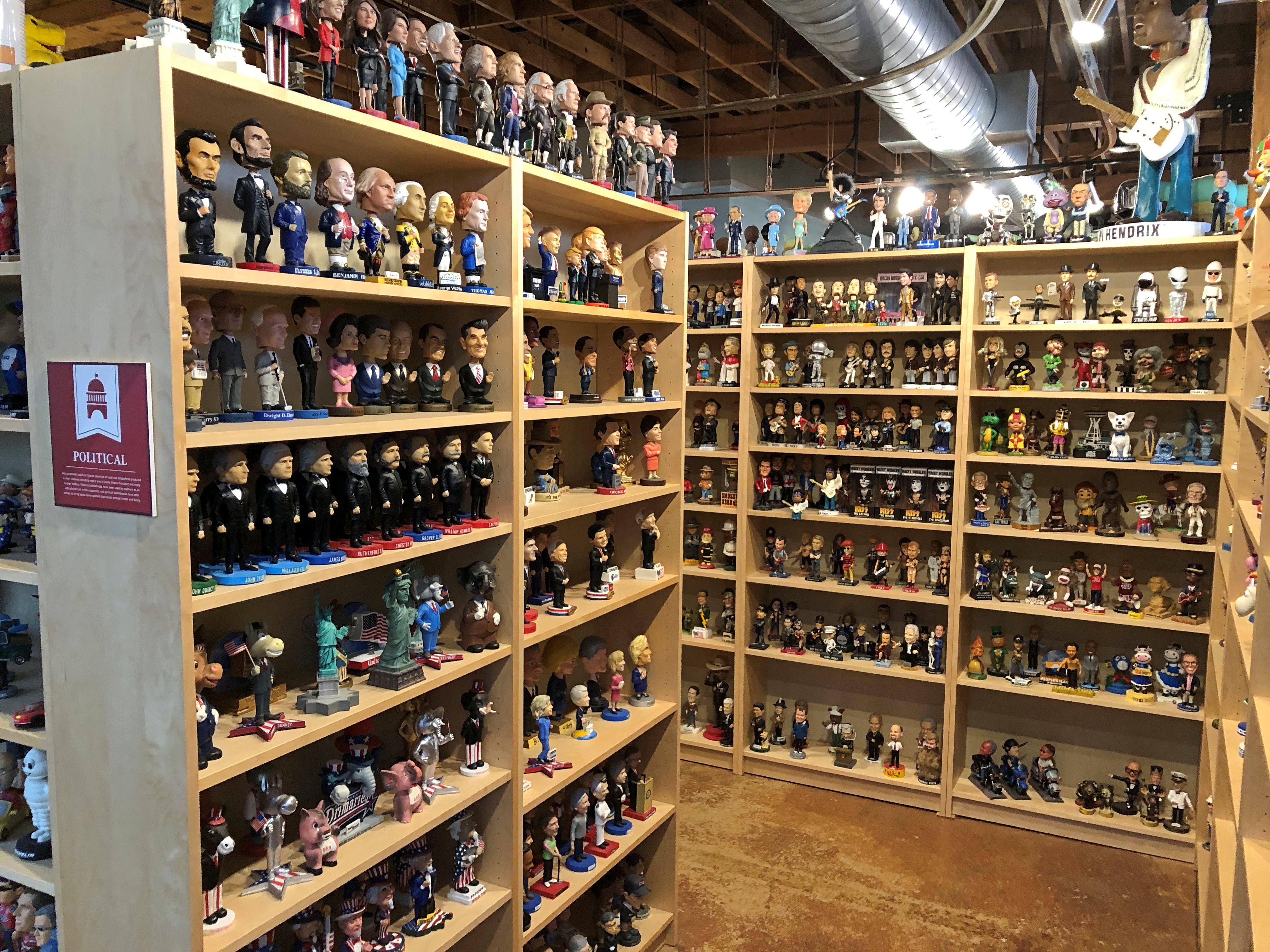
But for Google Maps I might have missed National Bobblehead, which reminded me at once of the American Toby Jug Museum in Evanston. Still, there are some differences. Most of the tobies are behind glass, but not the bobbleheads, and most of the bobbleheads are sports figures, while the tobies have a wider variety of figures.
Like that other museum, National Bobblehead started with a single collection that morphed into something bigger – in this case, a bobblehead business for the two founders, Milwaukeeans Phil Sklar and Brad Novak. It isn’t enough that they collect them, though they still do, but they make them and sell them as well.
The museum asserts that Chinese nodding dolls had a vogue in Europe in the late 18th century, and that afterward various bobbly figures were made worldwide, with references to Germany and Russia and other places. These days sports figures dominate. Maybe three-quarters of the bobbleheads on display are sports figures, including both players and mascots.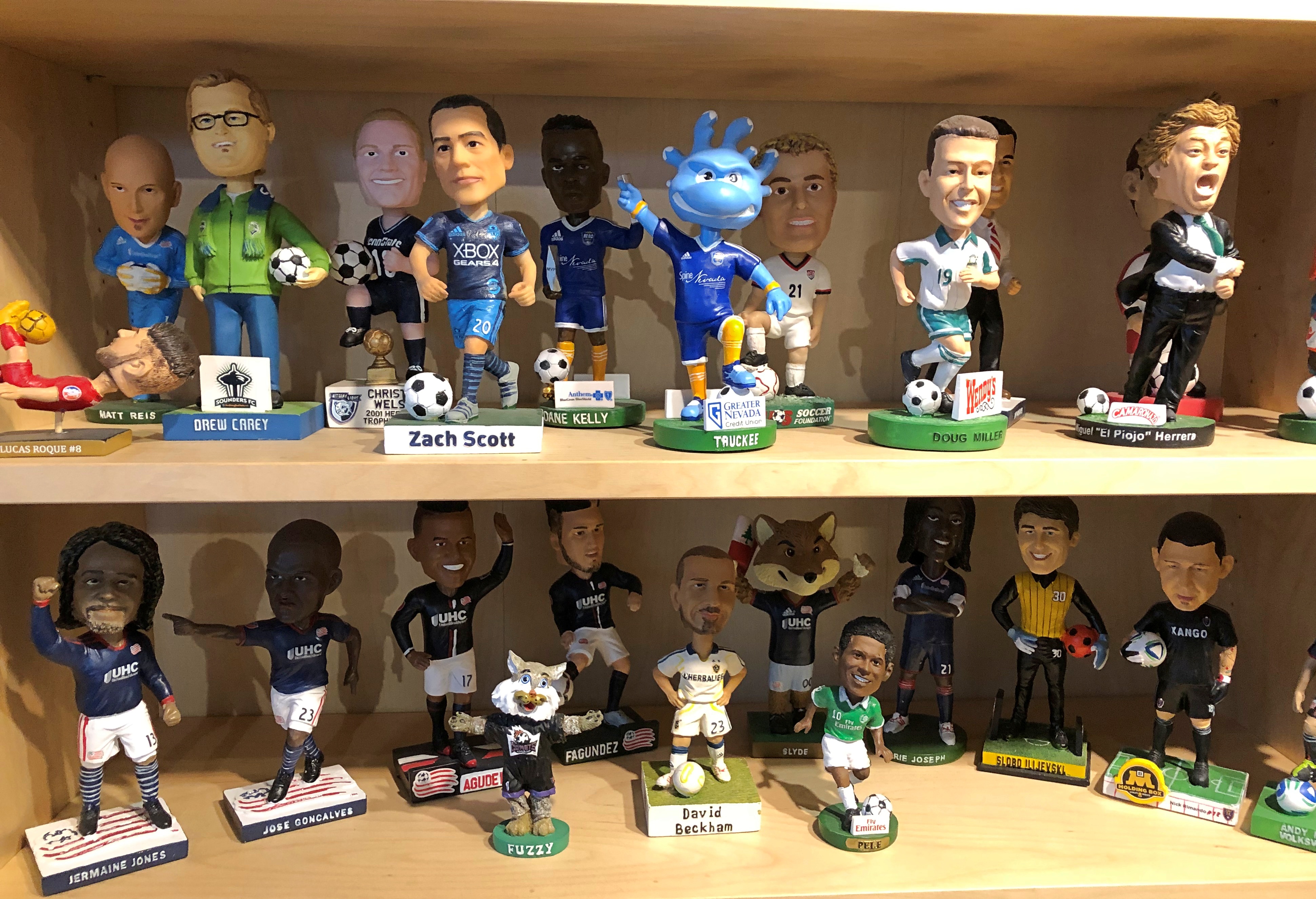
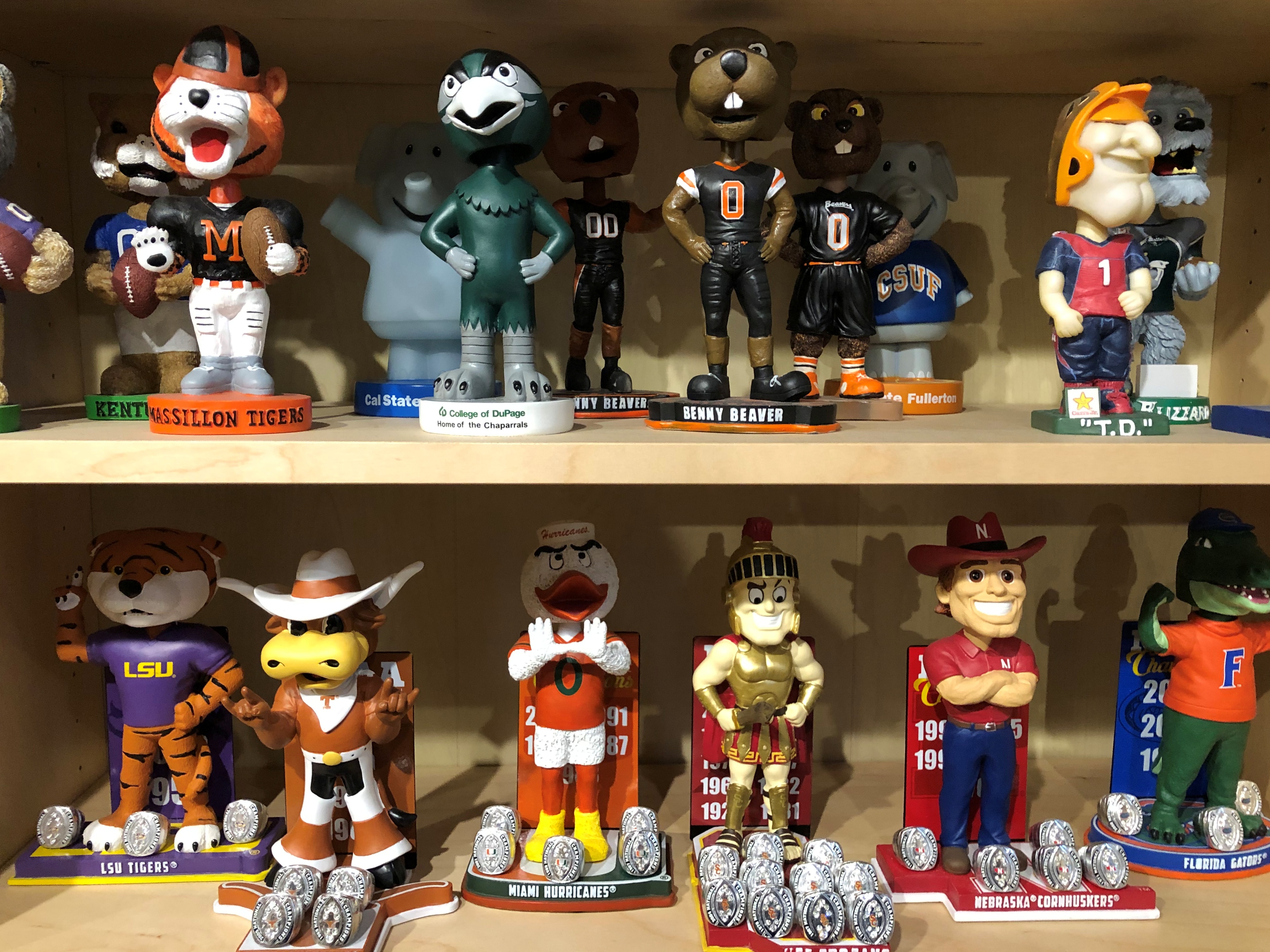
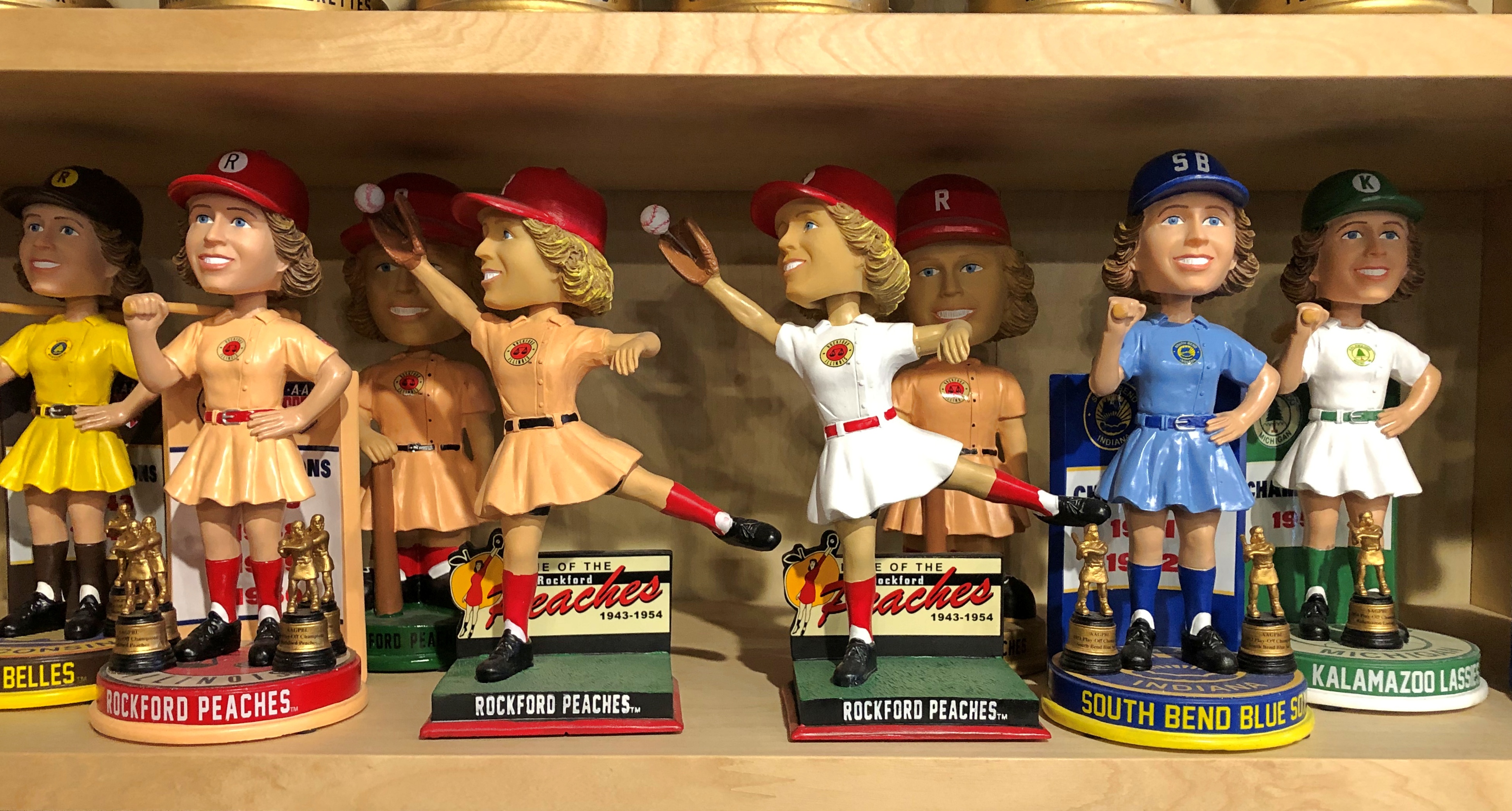
Their popularity in the sports world has been growing since their introduction in the early 1960s in baseball. The first player-specific bobbleheads formed quite a lineup: Roberto Clemente, Mickey Mantle, Roger Maris and Willie Mays.
Most of the others are entertainers and political or historic figures, as you’d expect.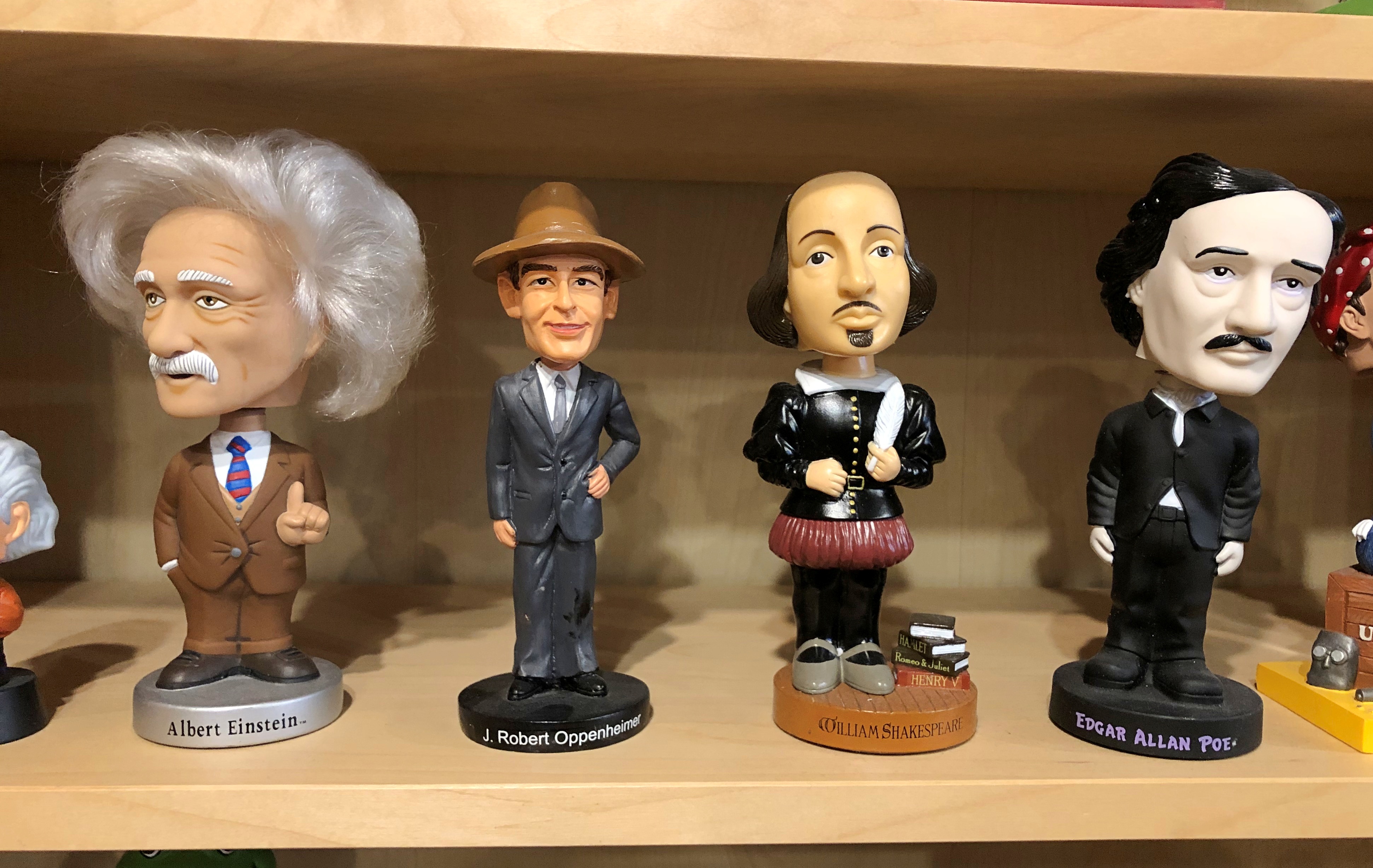
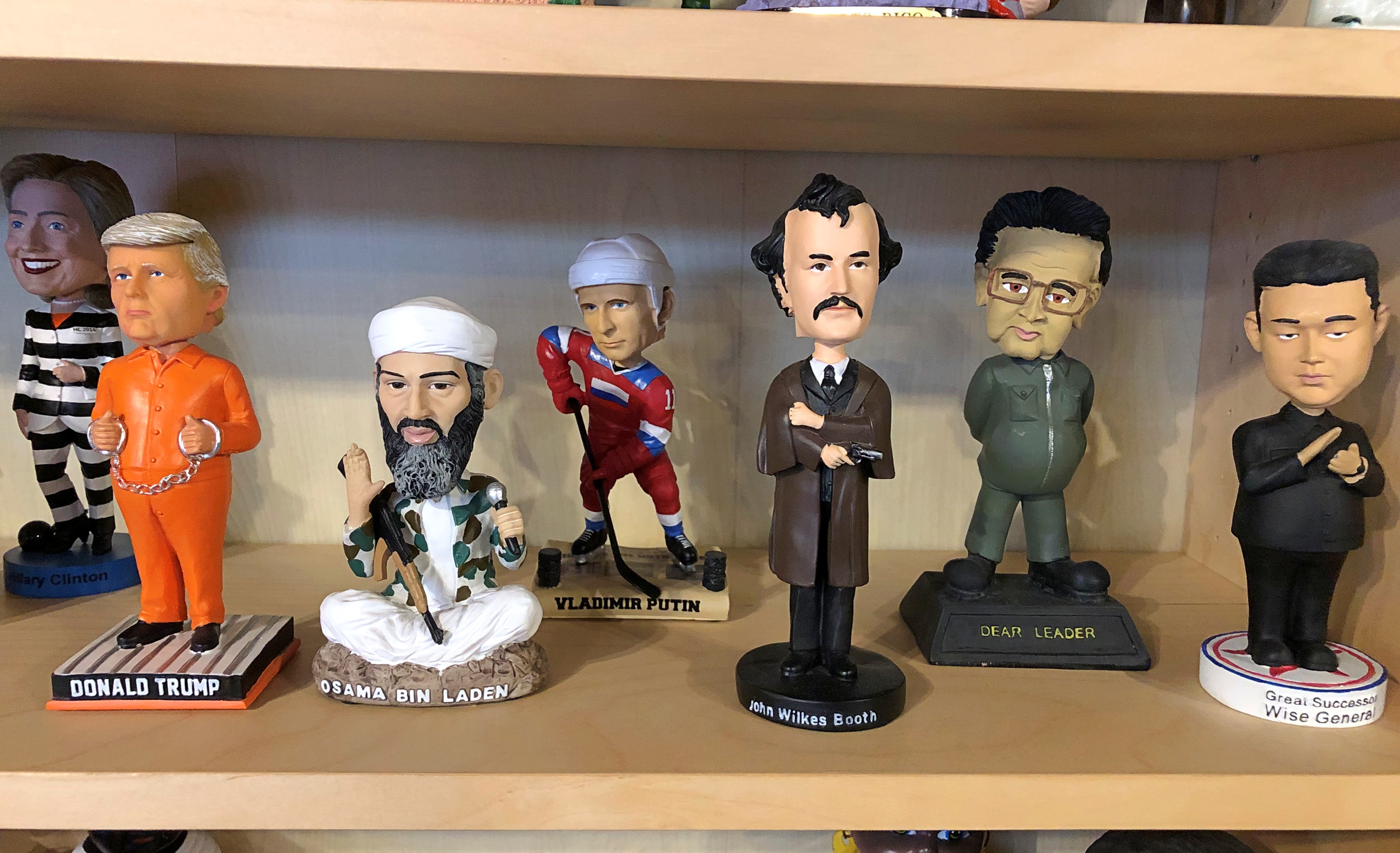
Can you really be a famous entertainer if you don’t have a bobblehead? 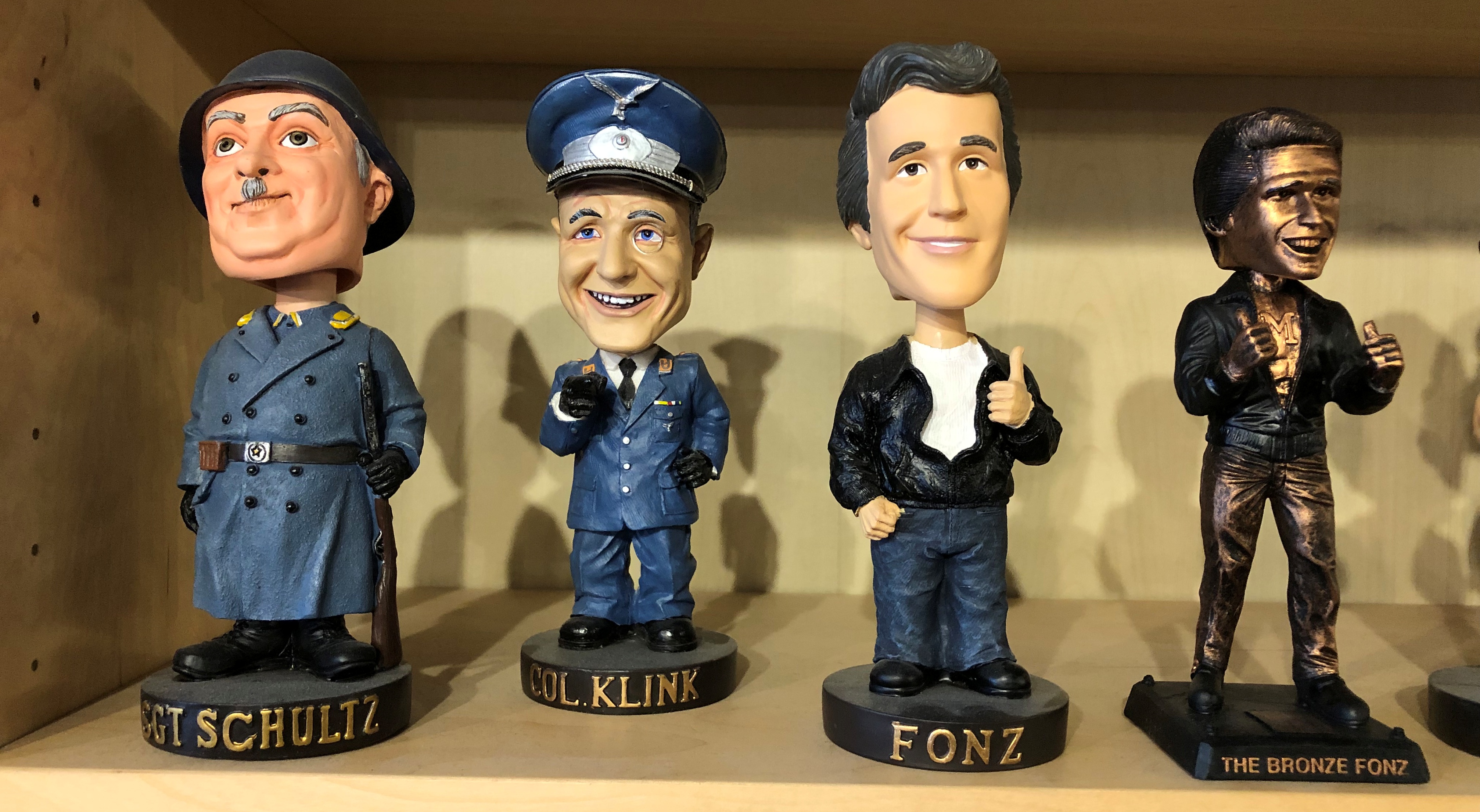
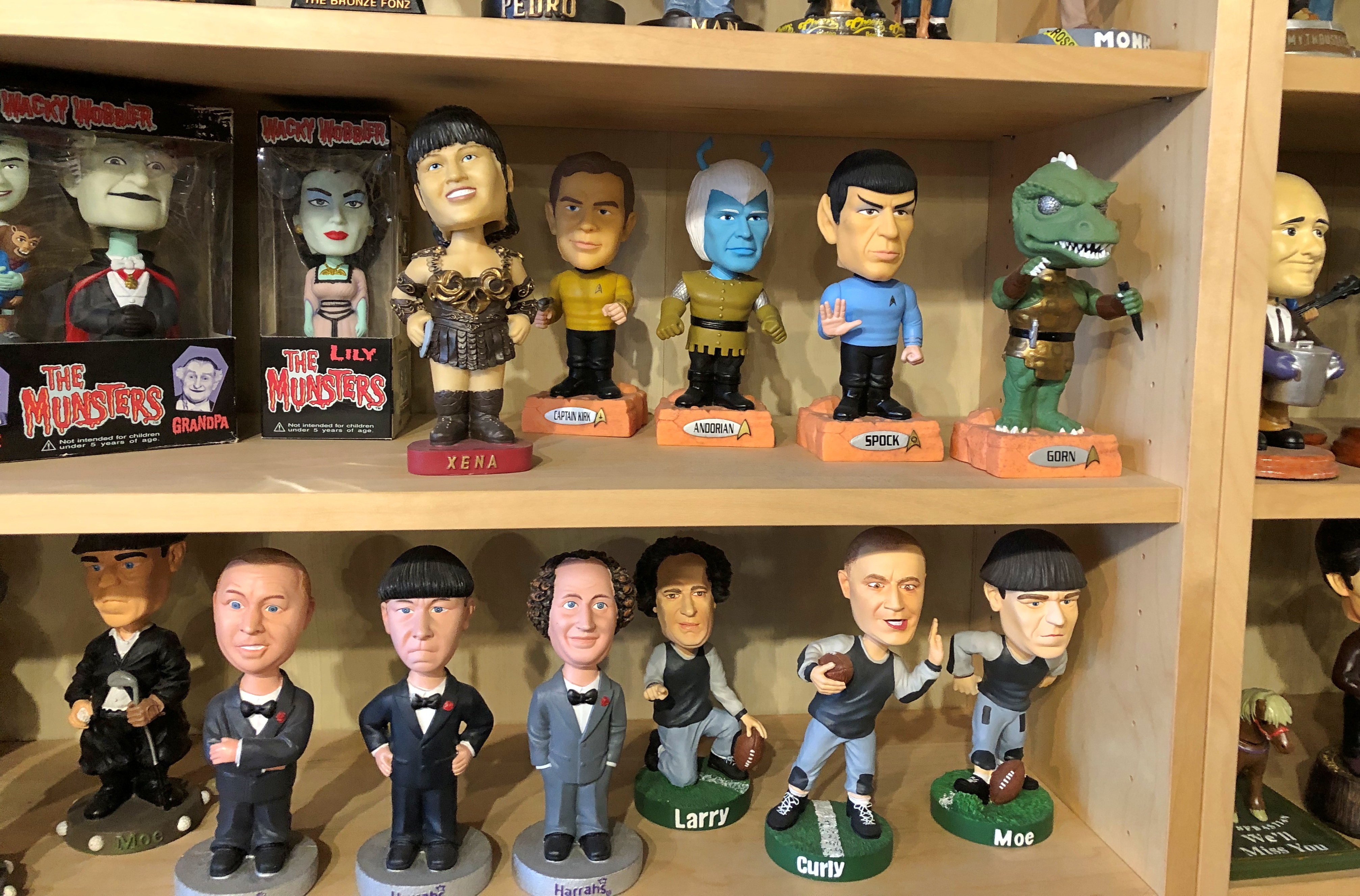
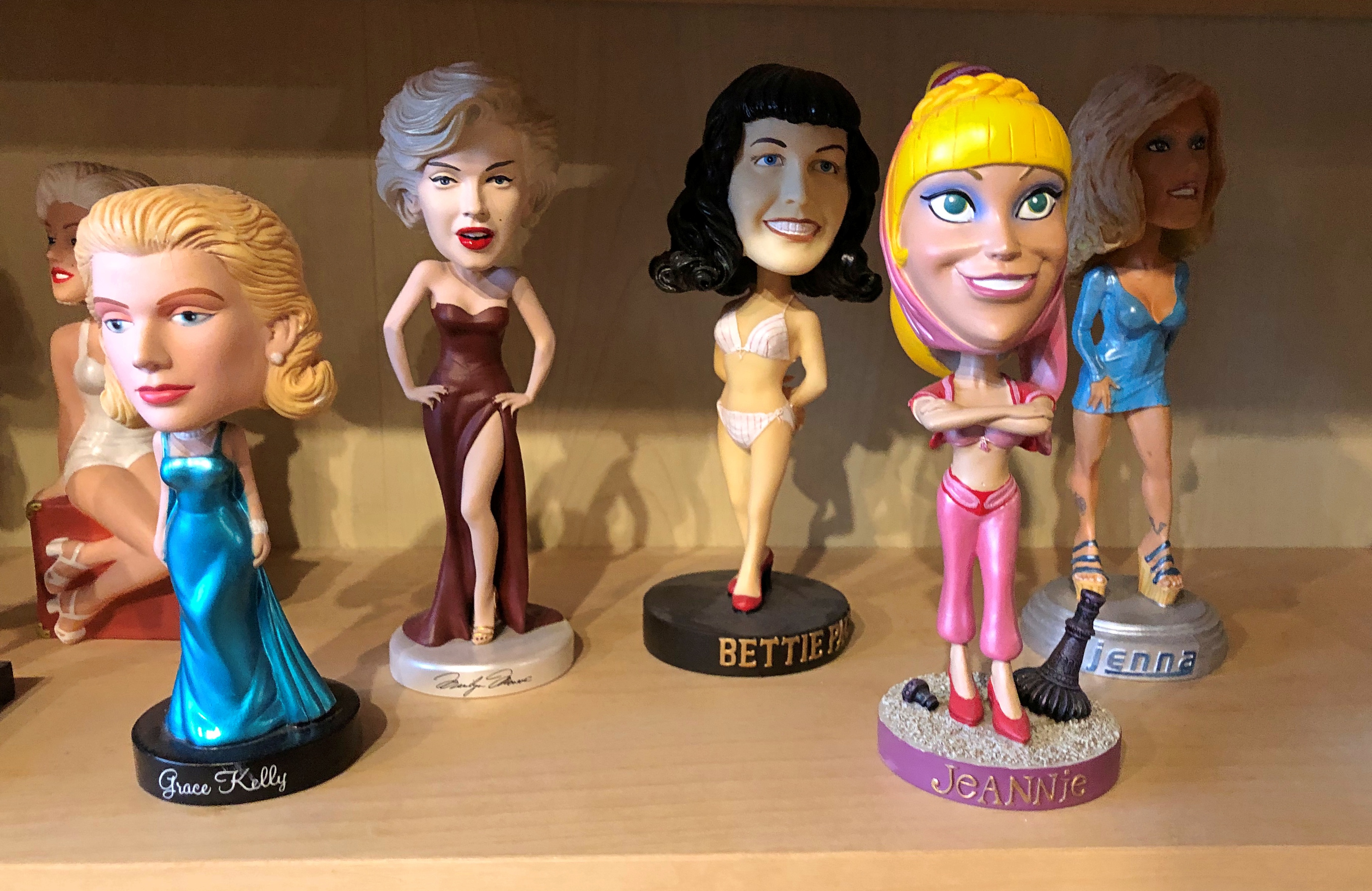
Near the gift shop – which sells bobbleheads, naturally – is a more than complete collection of U.S. presidents, in order, back-to-front, left-to-right, Washington to Biden.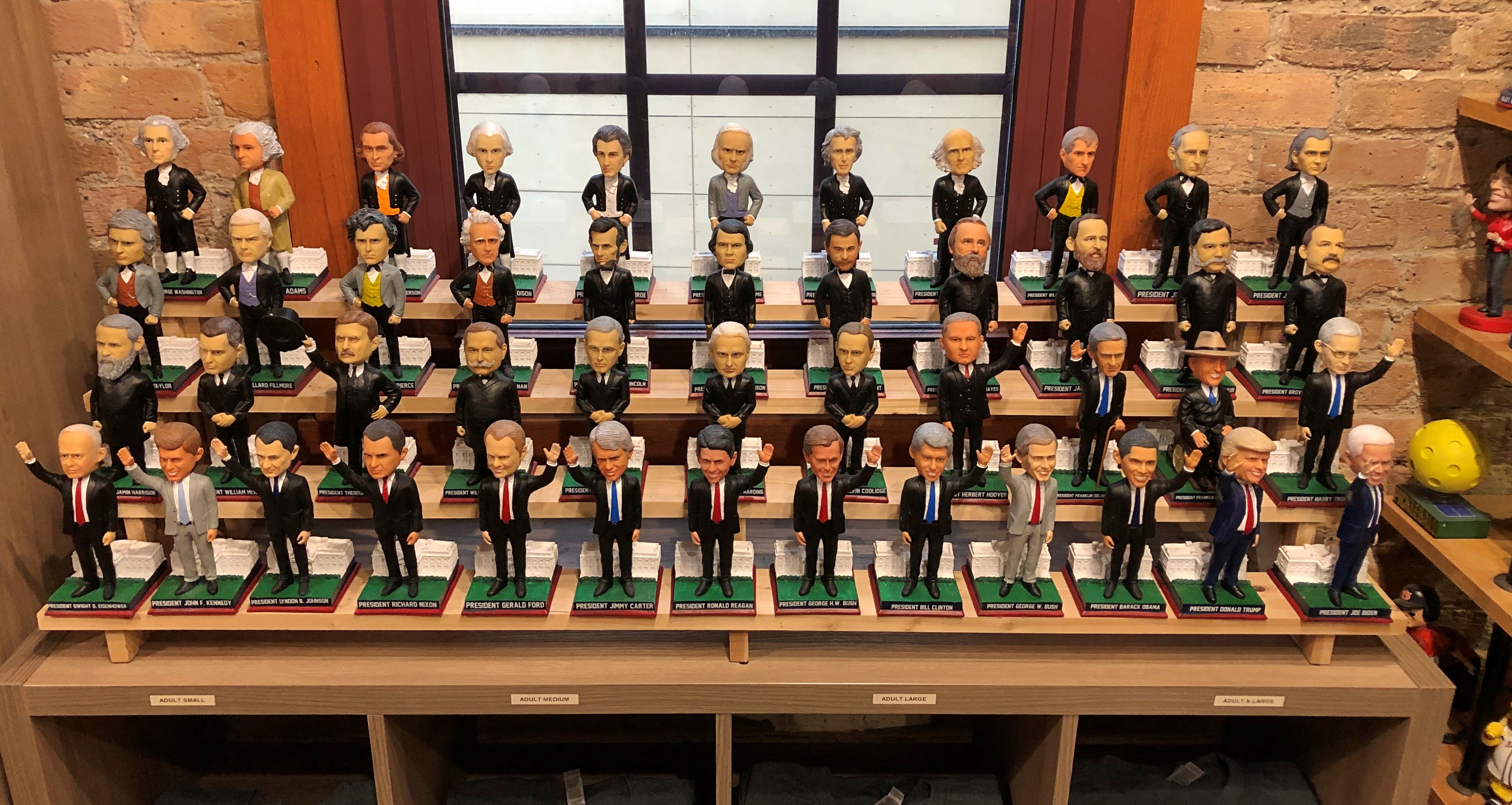
More than complete because FDR is represented twice, once standing (with a cane) and the other in a wheelchair. Grover Cleveland is represented only once, however. Curiously, beginning with Herbert Hoover, all of the figures have their hands raised, as one does to a crowd. Before him, only TR does so, and he’s holding a top hat.
One more note: the museum occupies part of the second floor of one of the redeveloped Kramer International Foundry buildings in the Walker’s Point neighborhood of Milwaukee. That early 2000s project was an early one in the transformation of the neighborhood from industrial to retail and residential.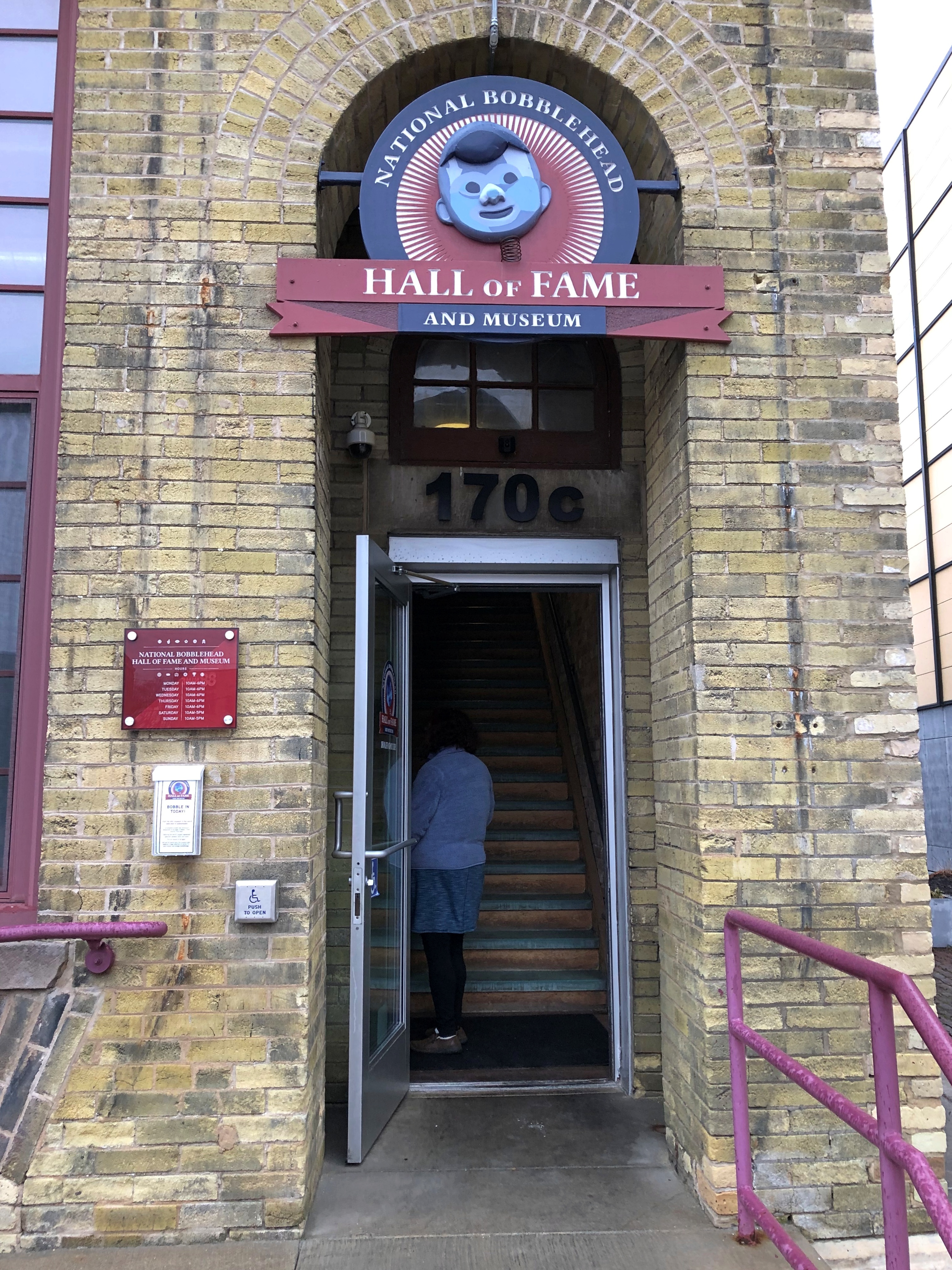
Milwaukee continues to surprise.

